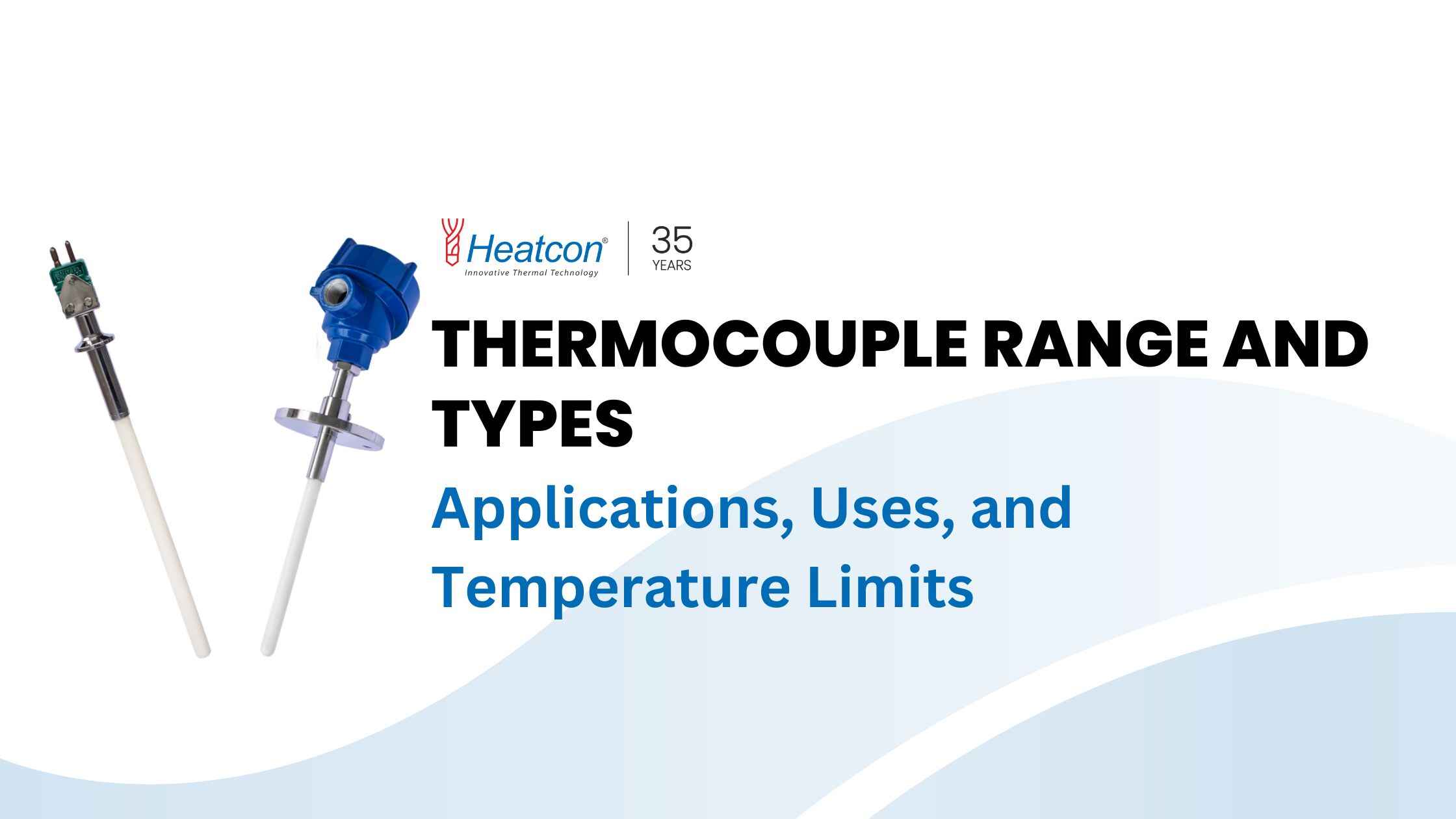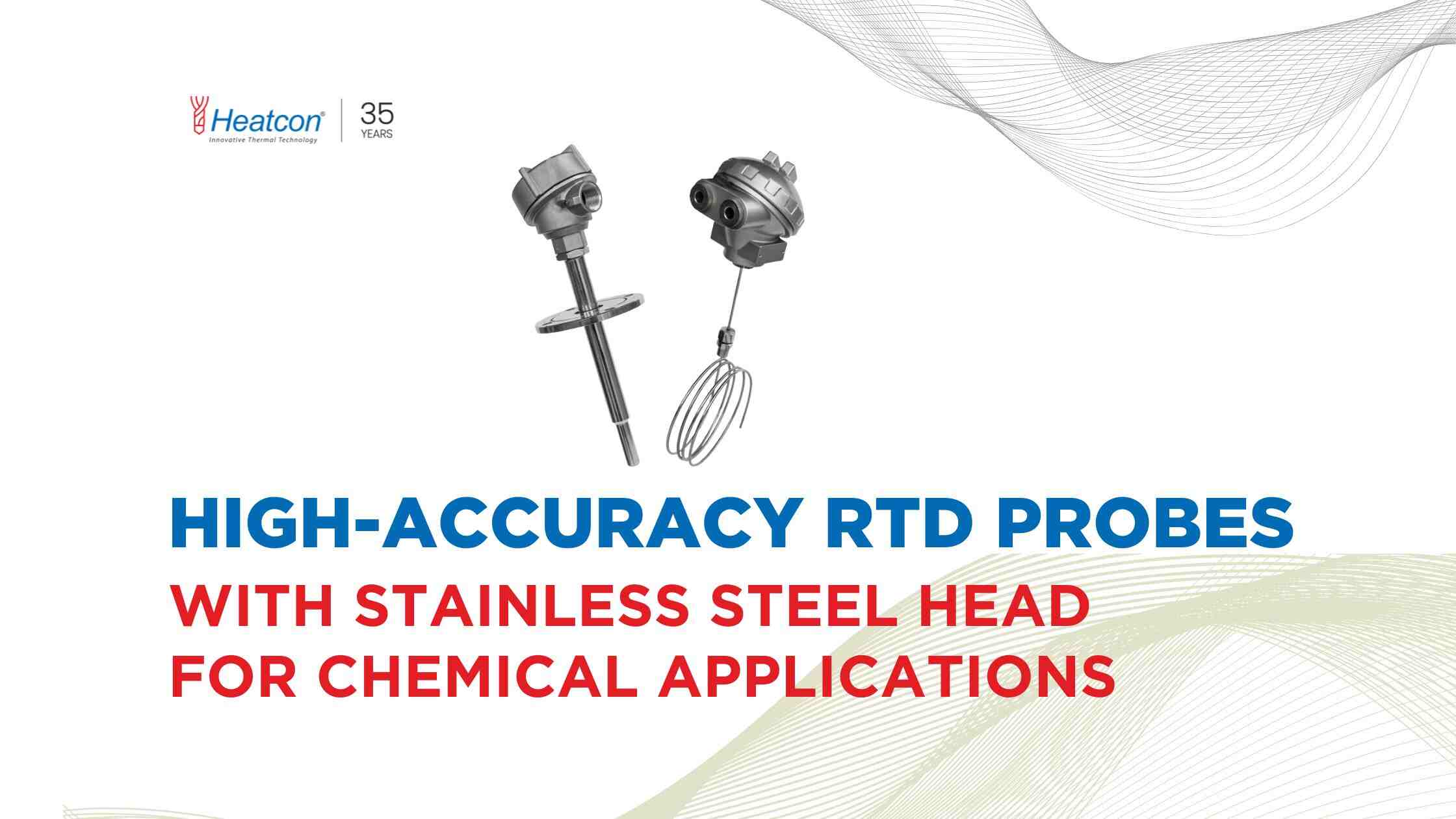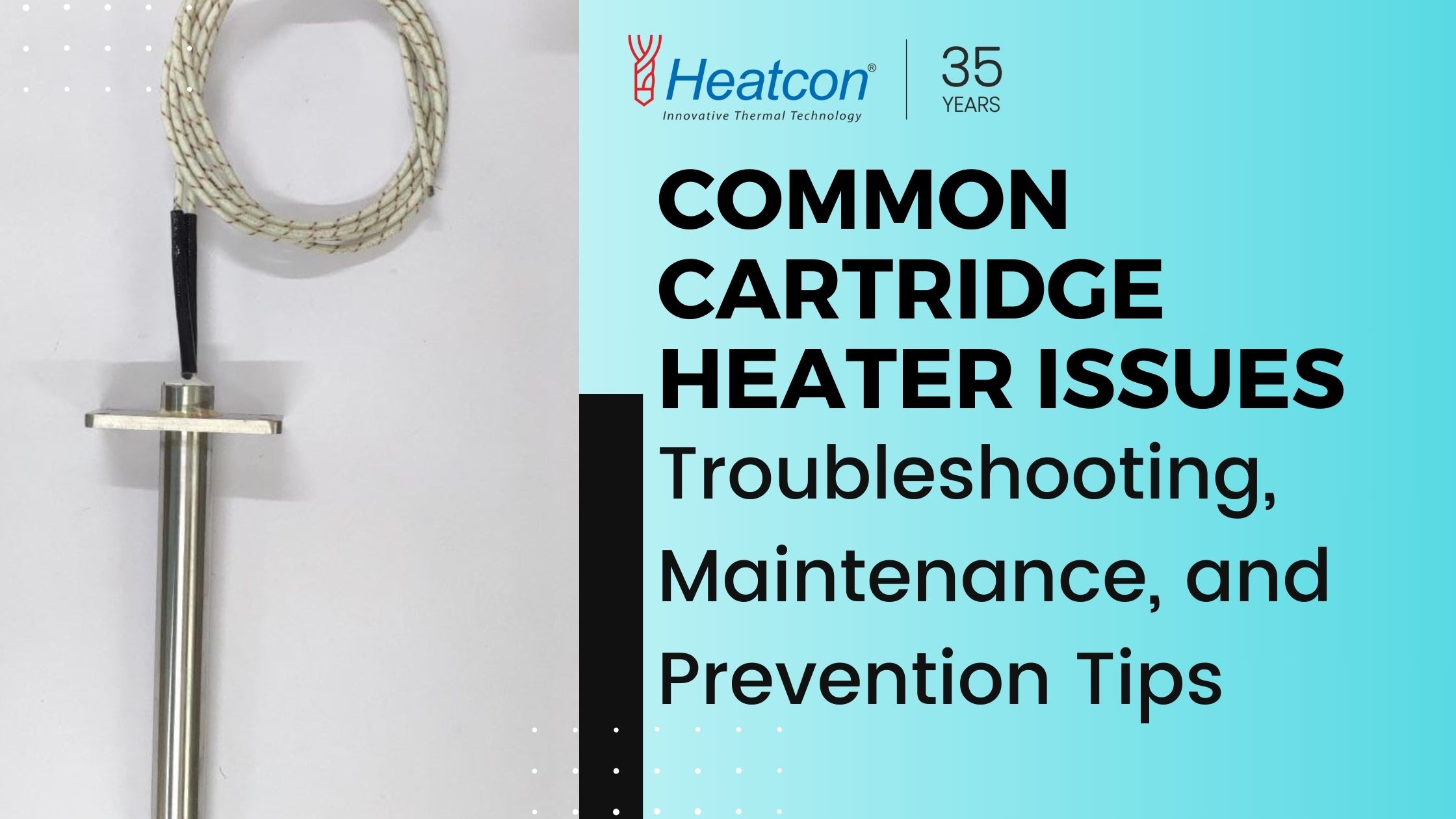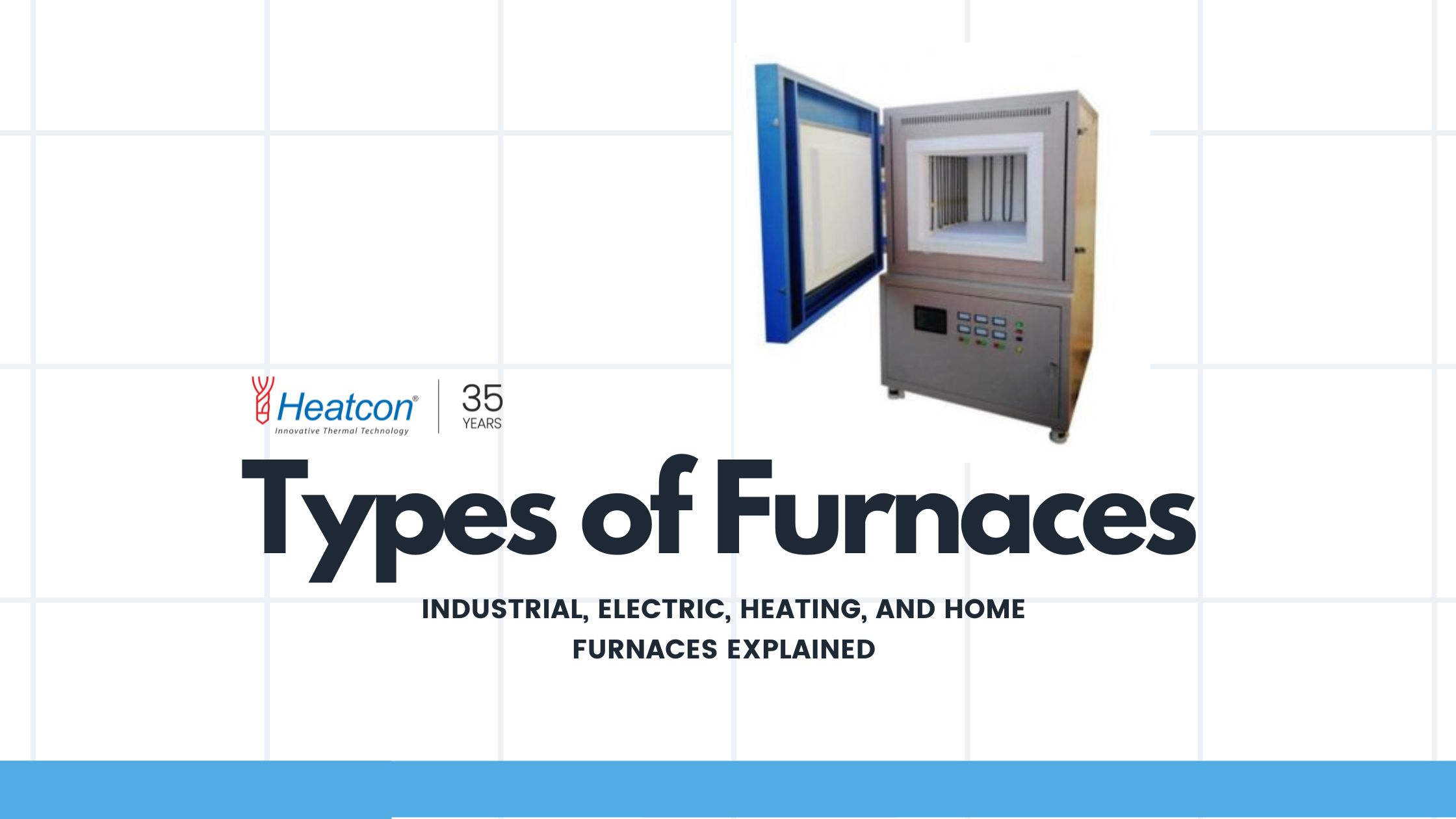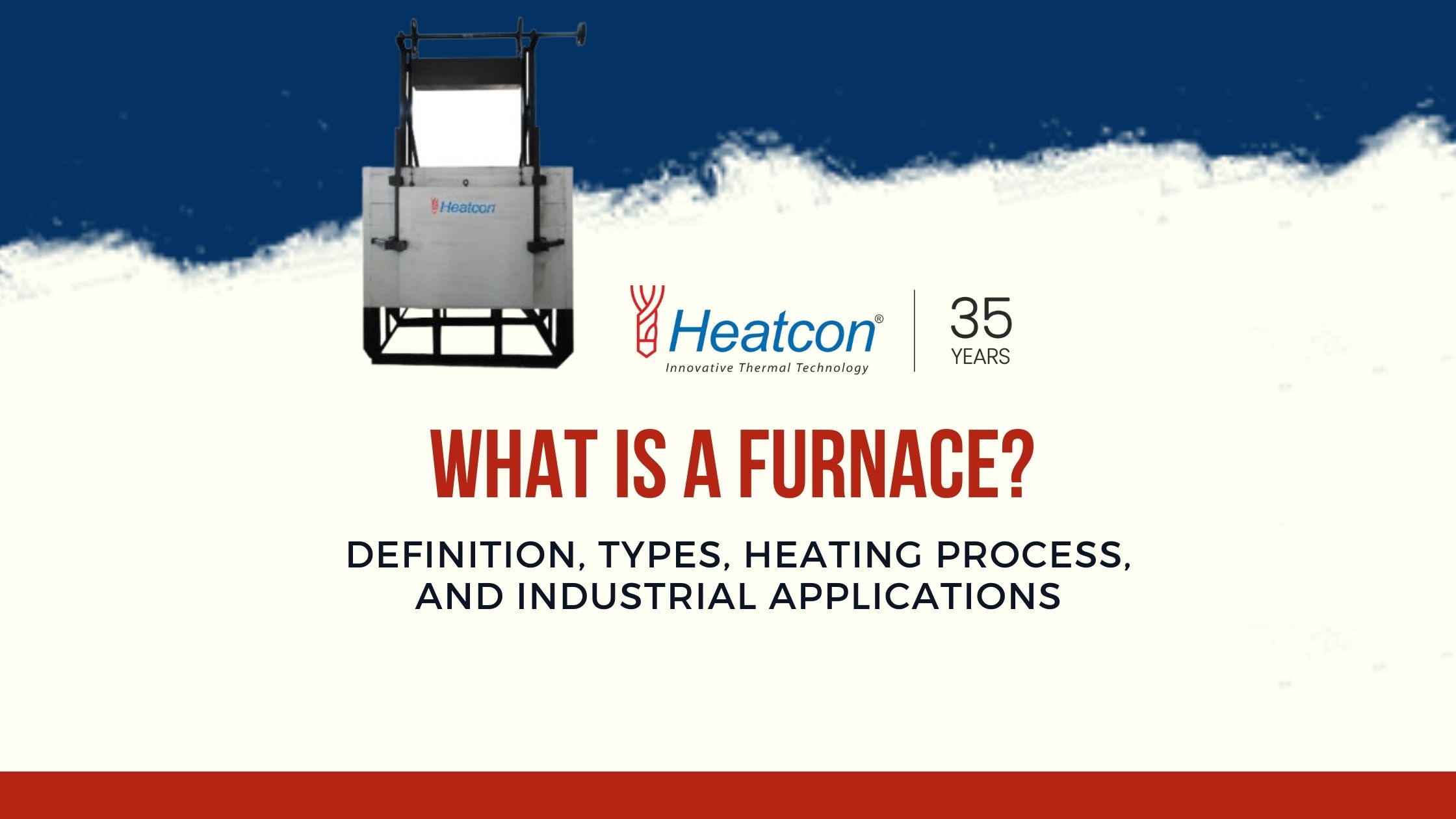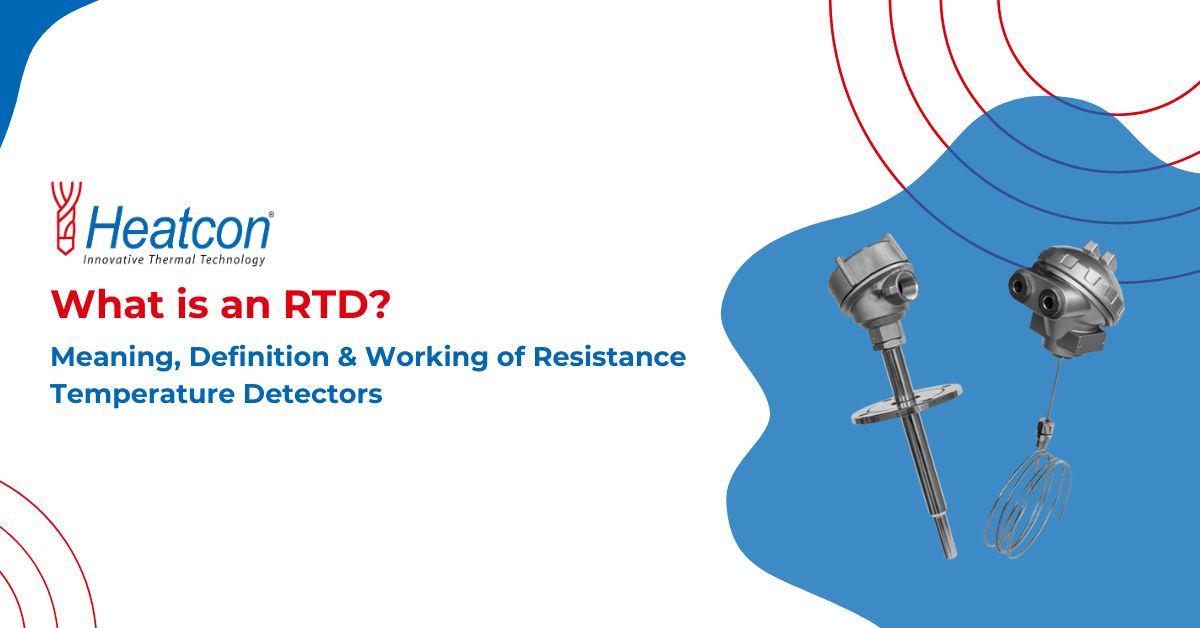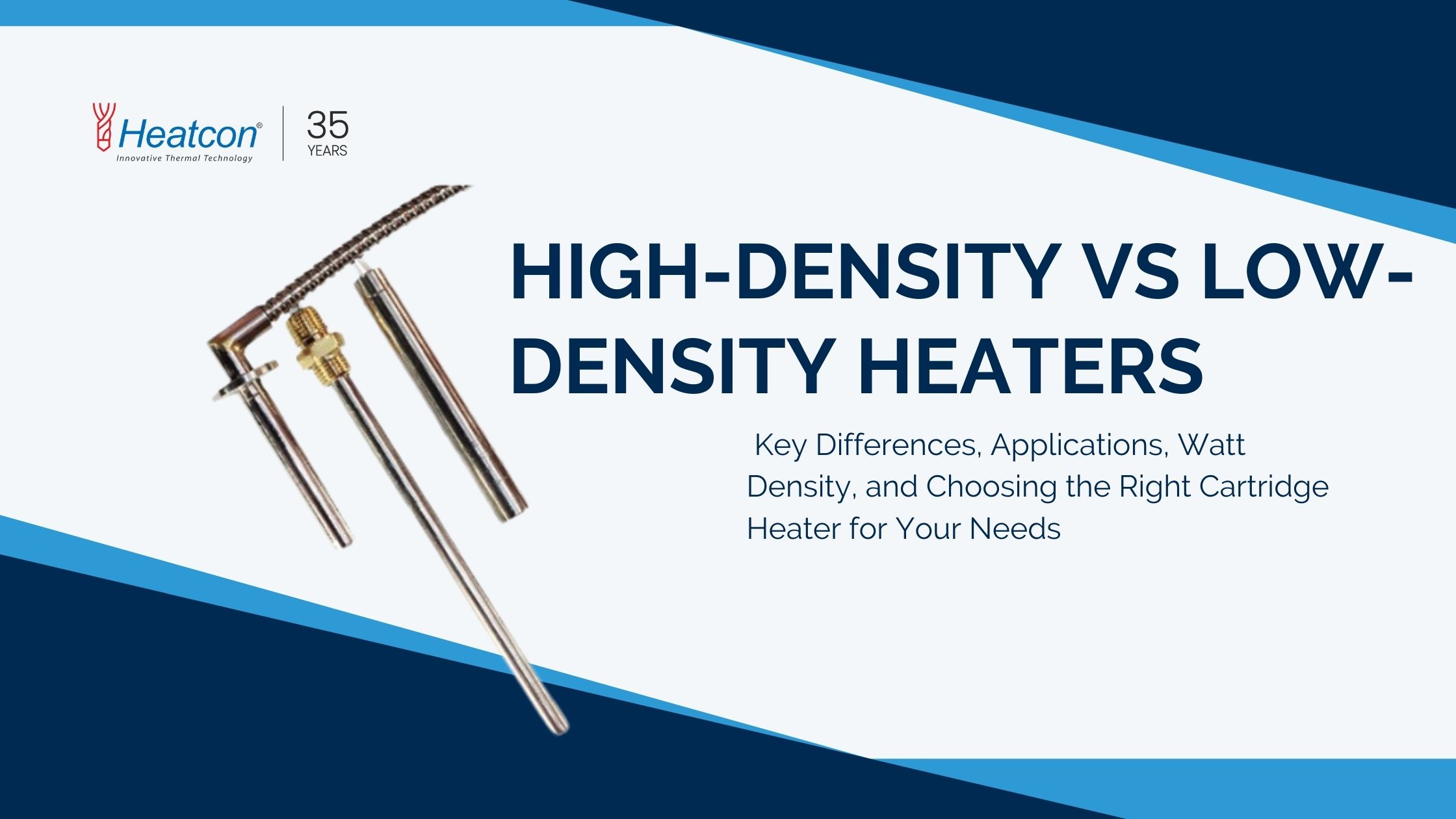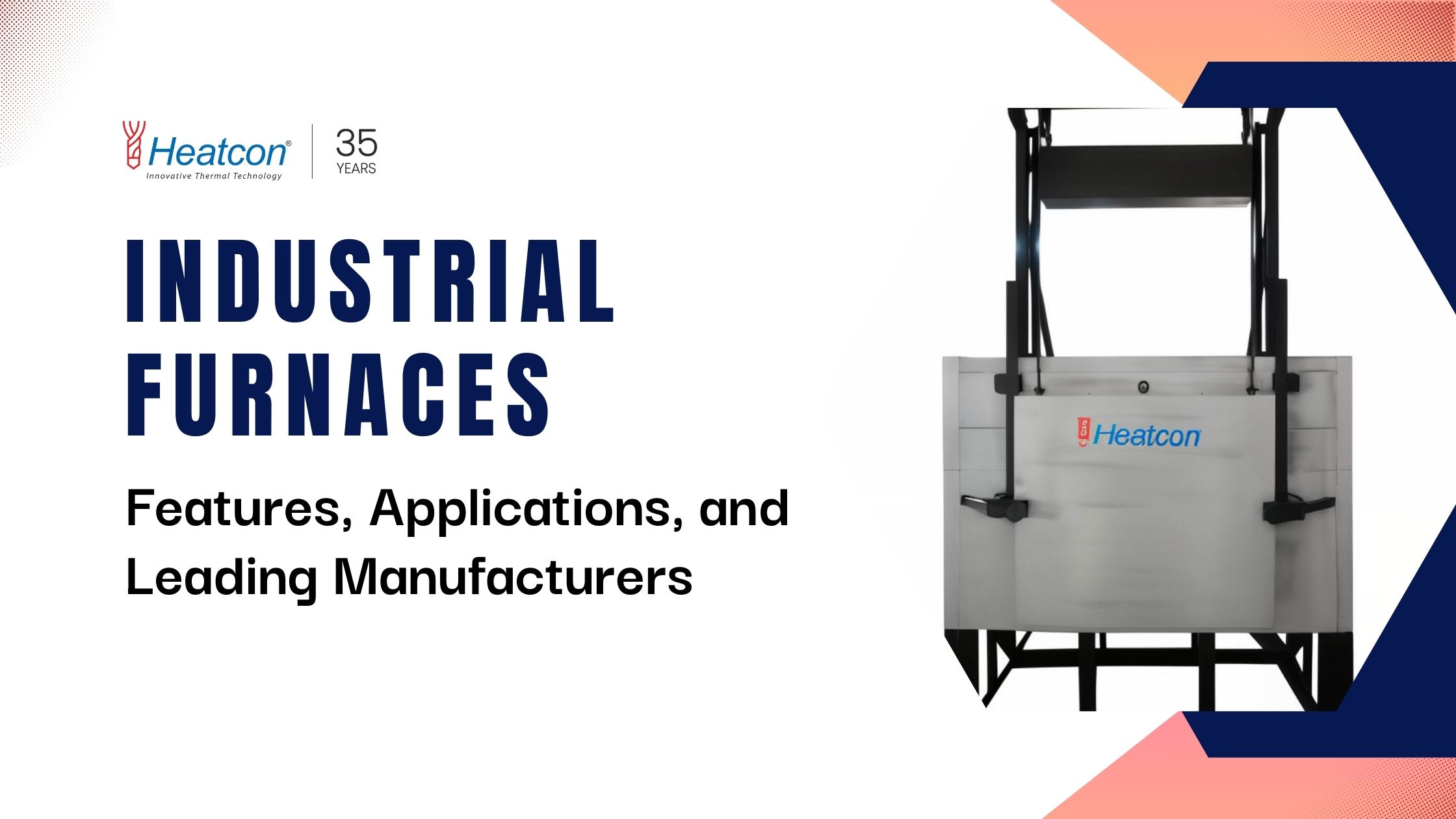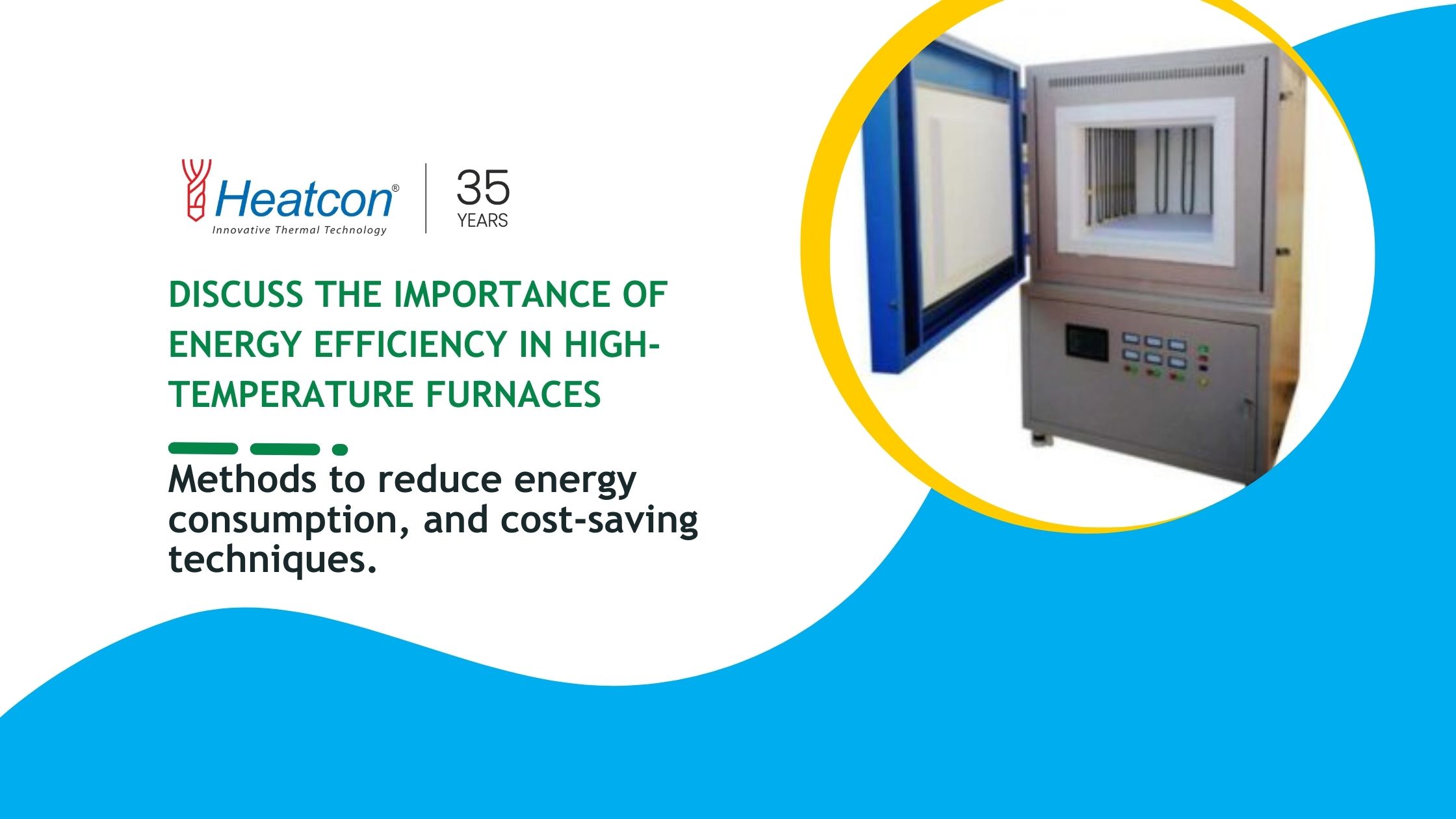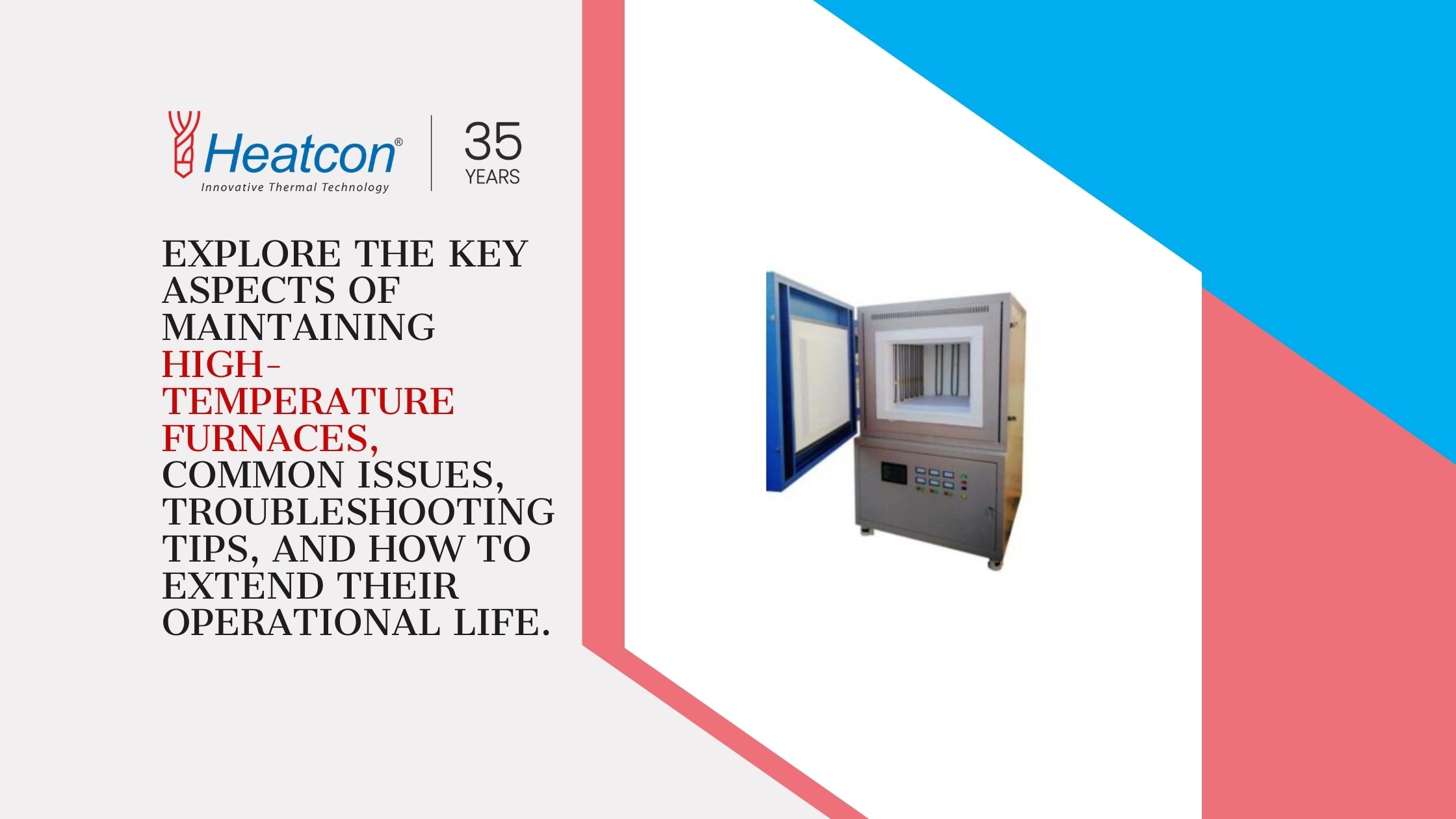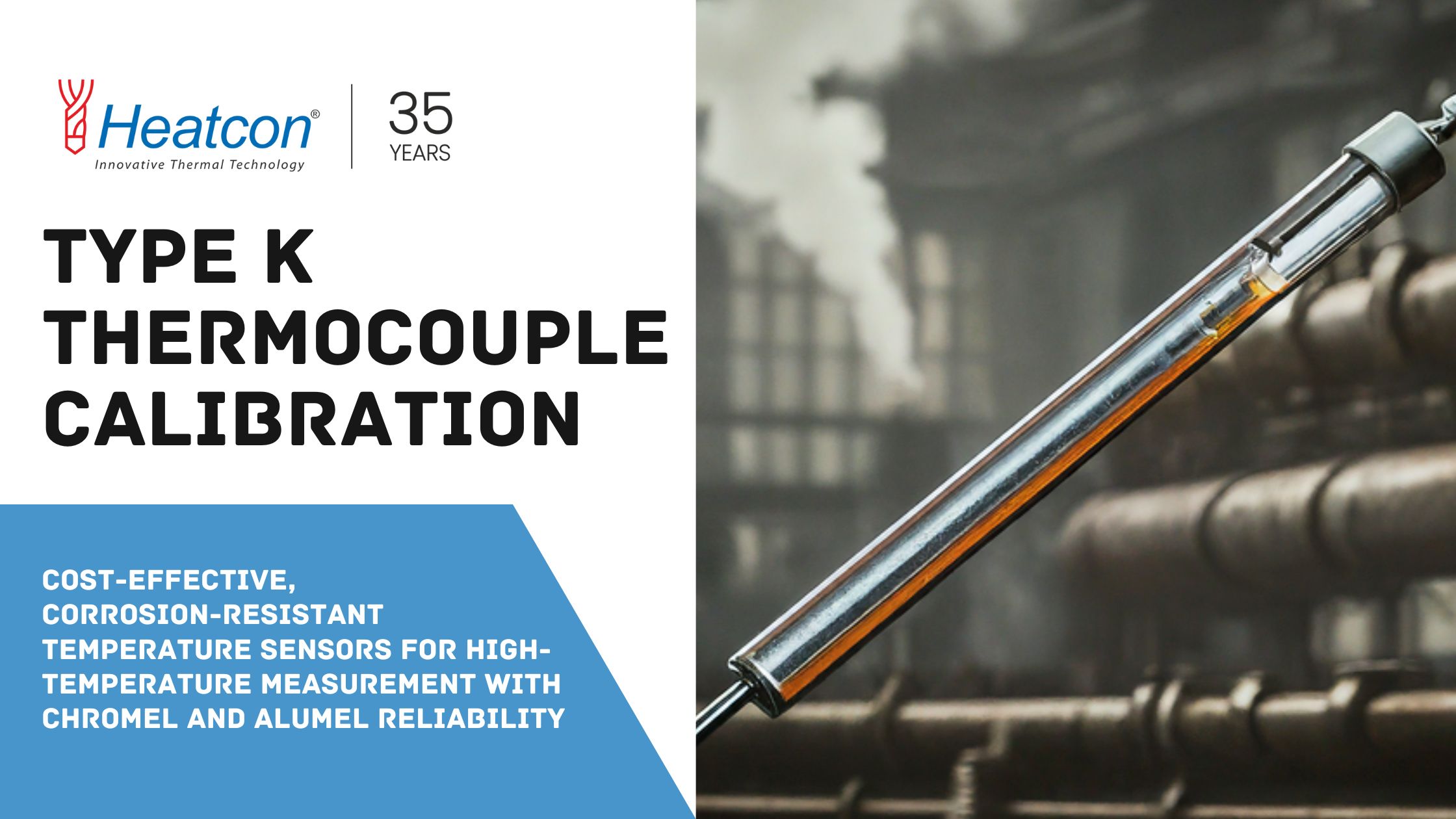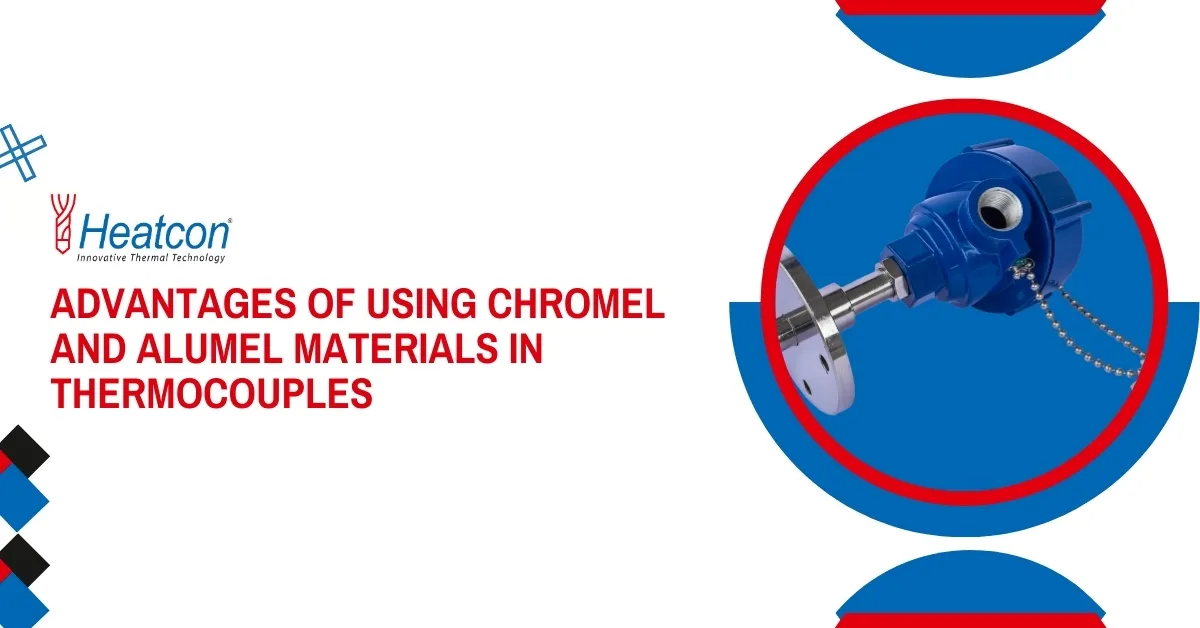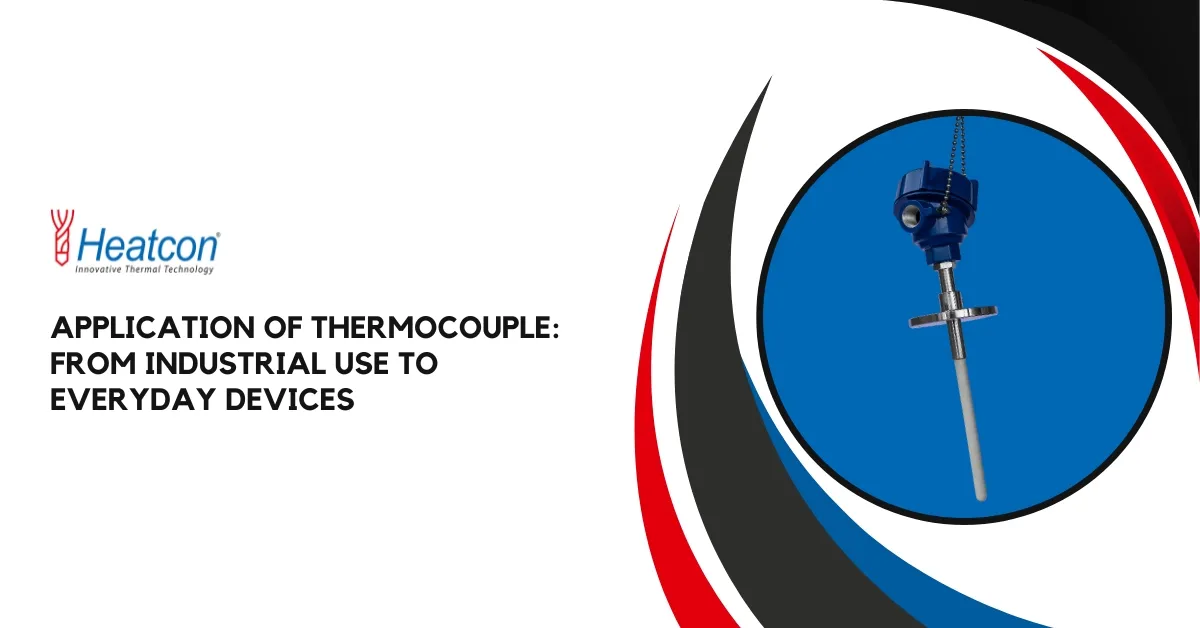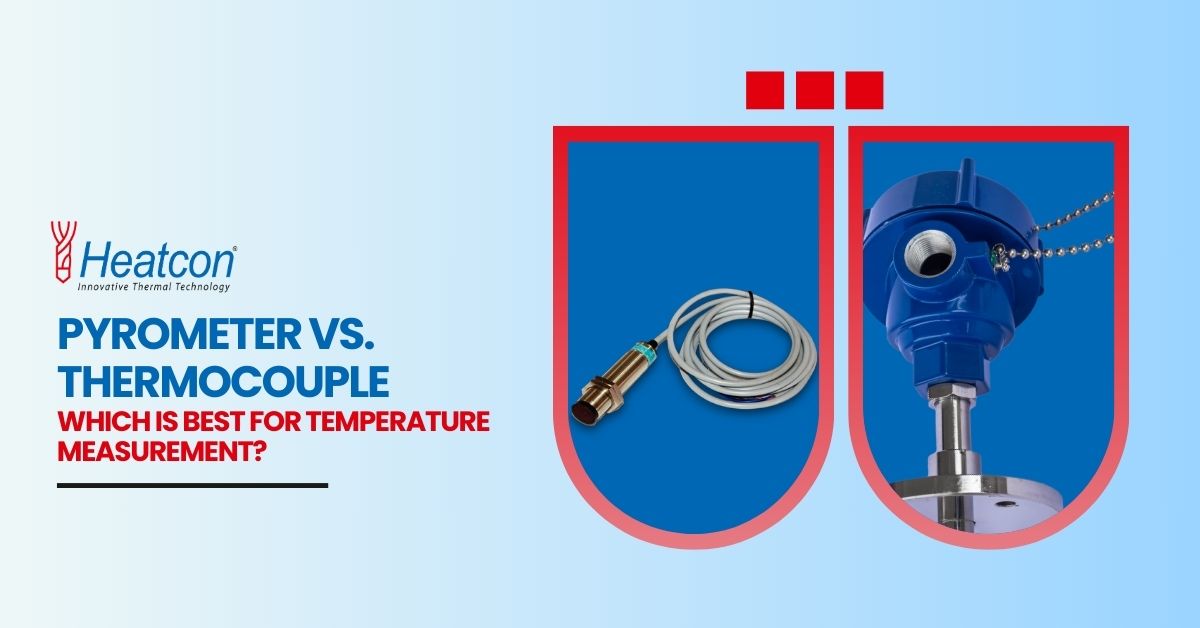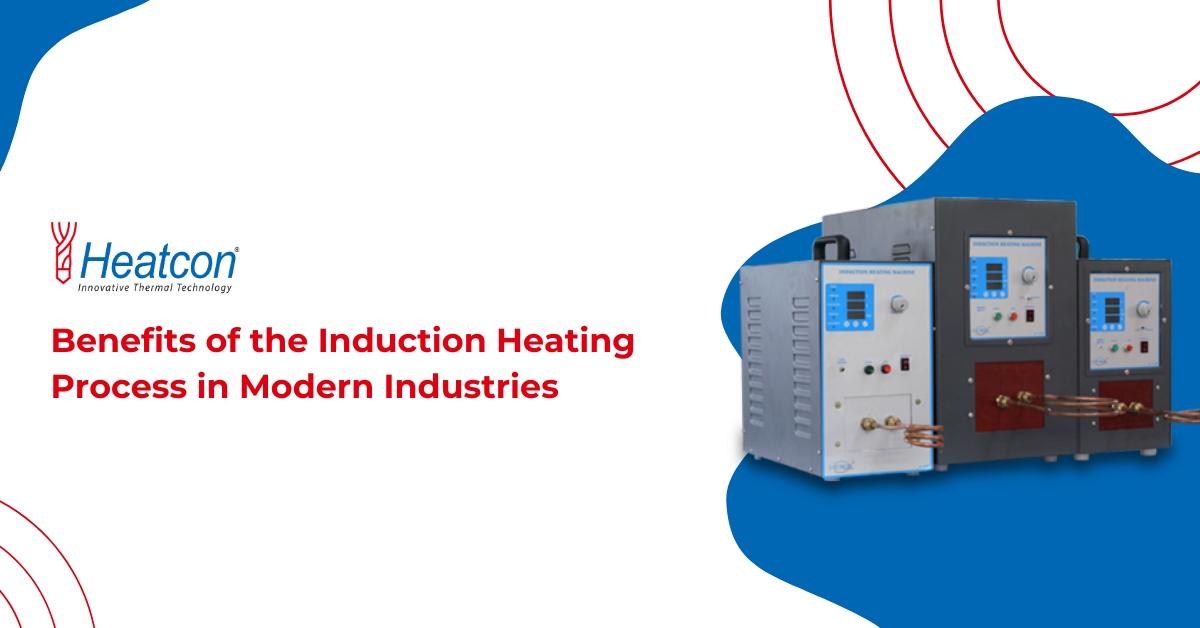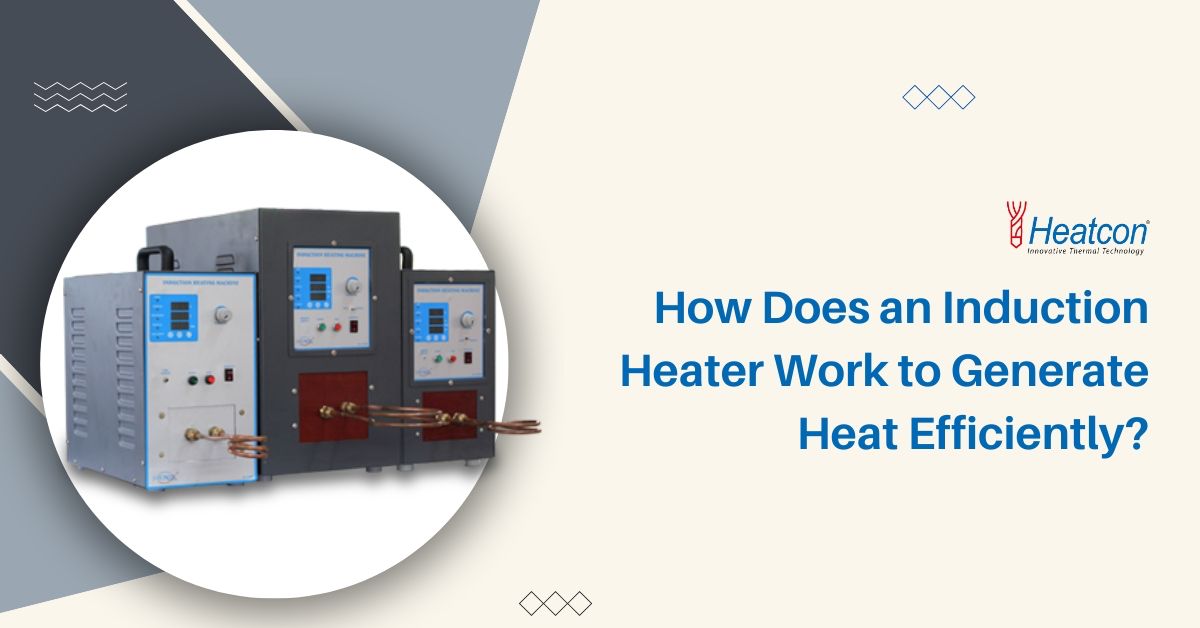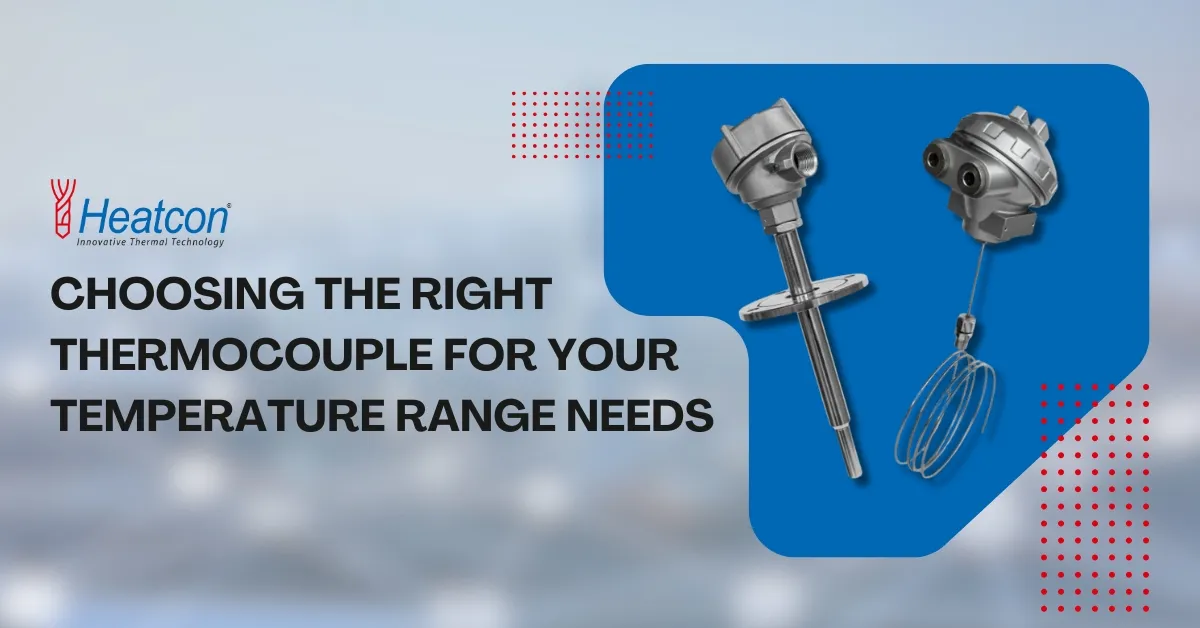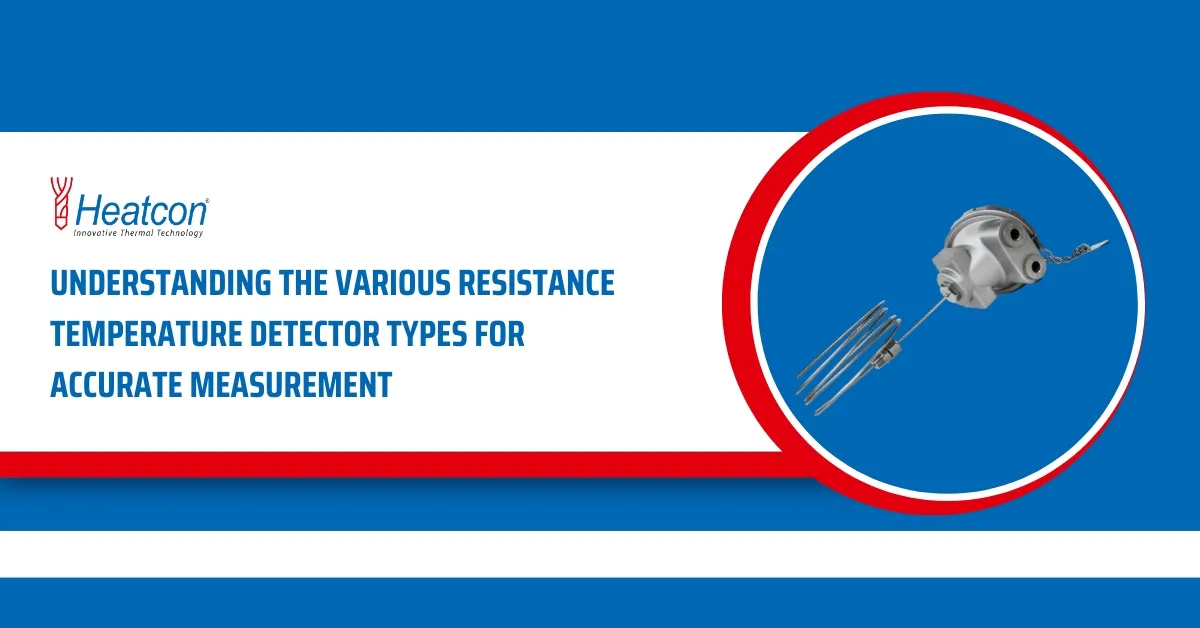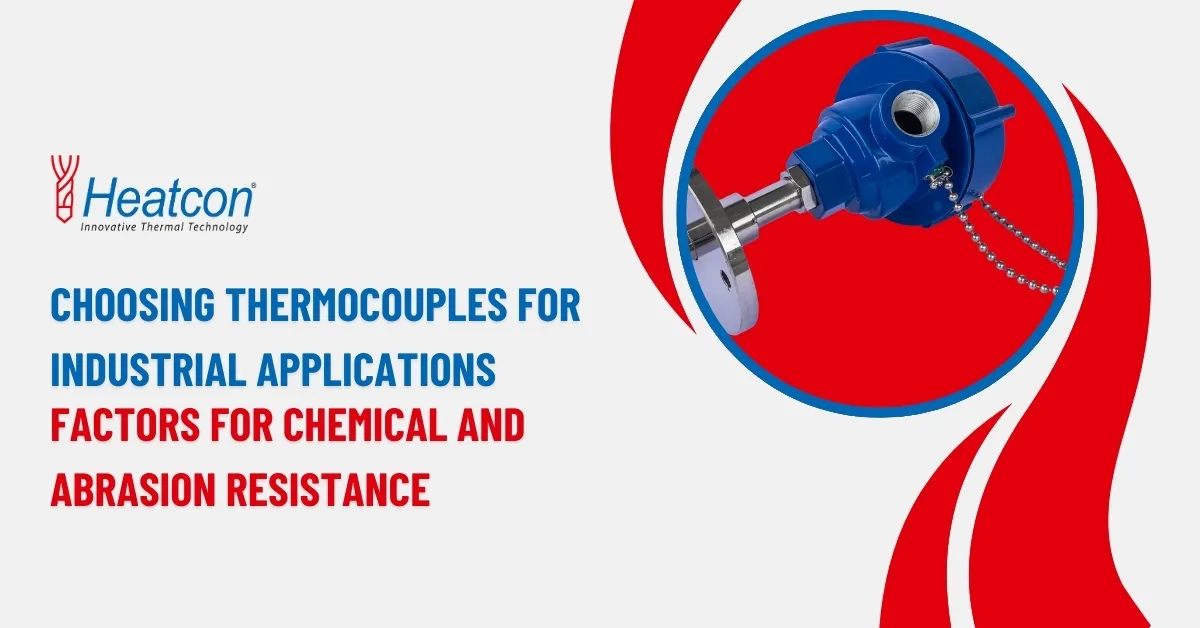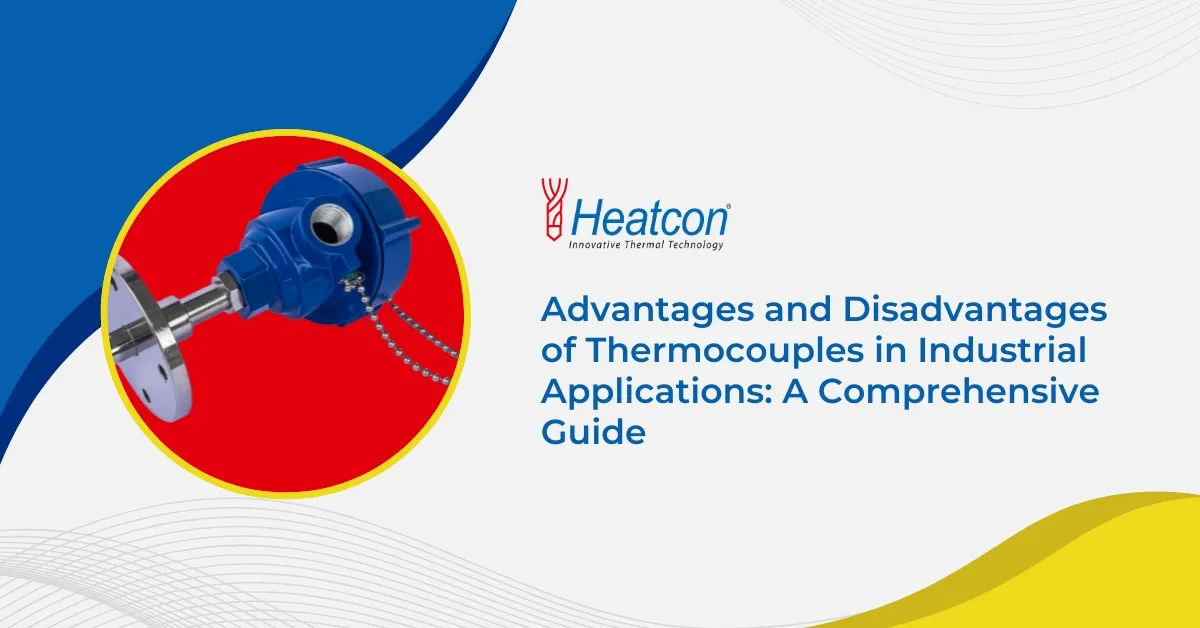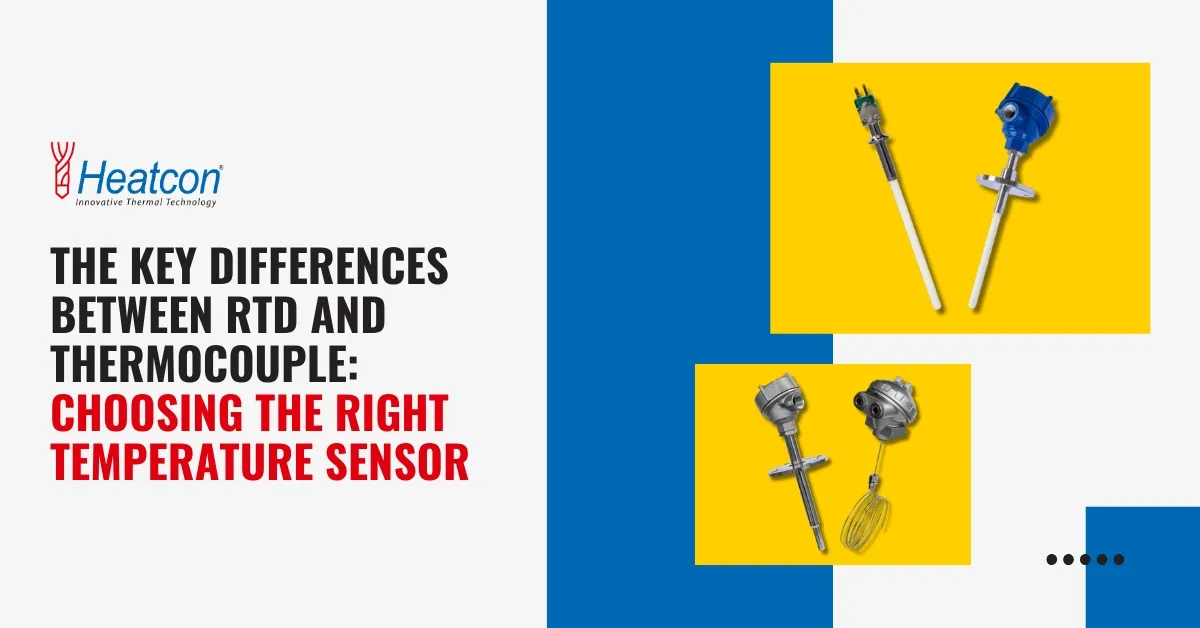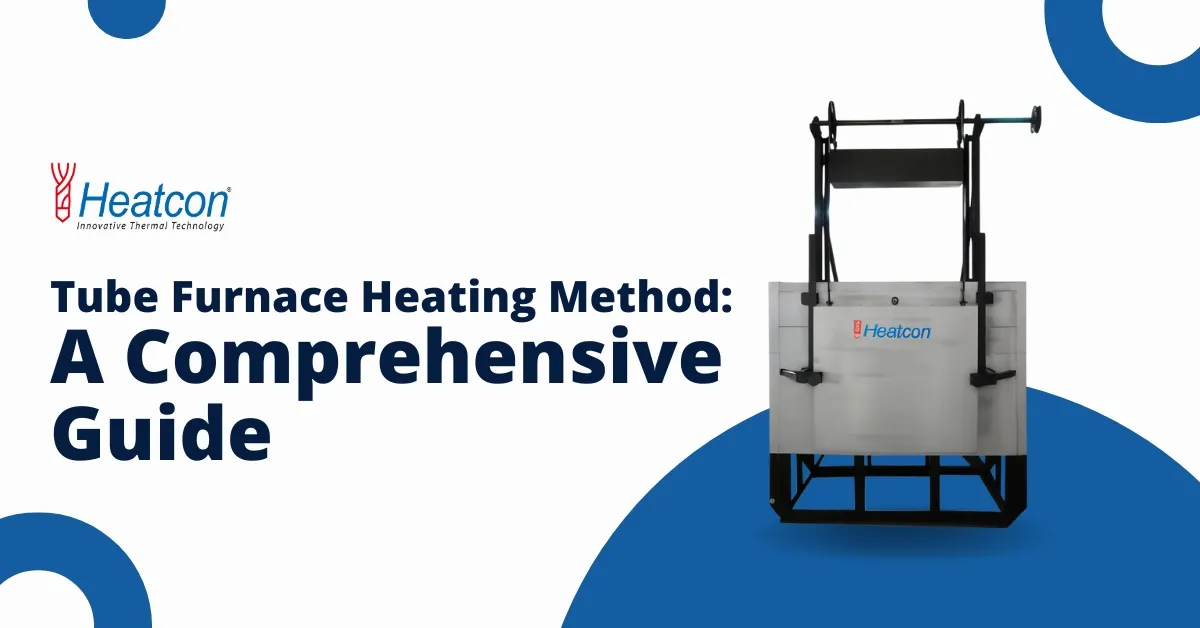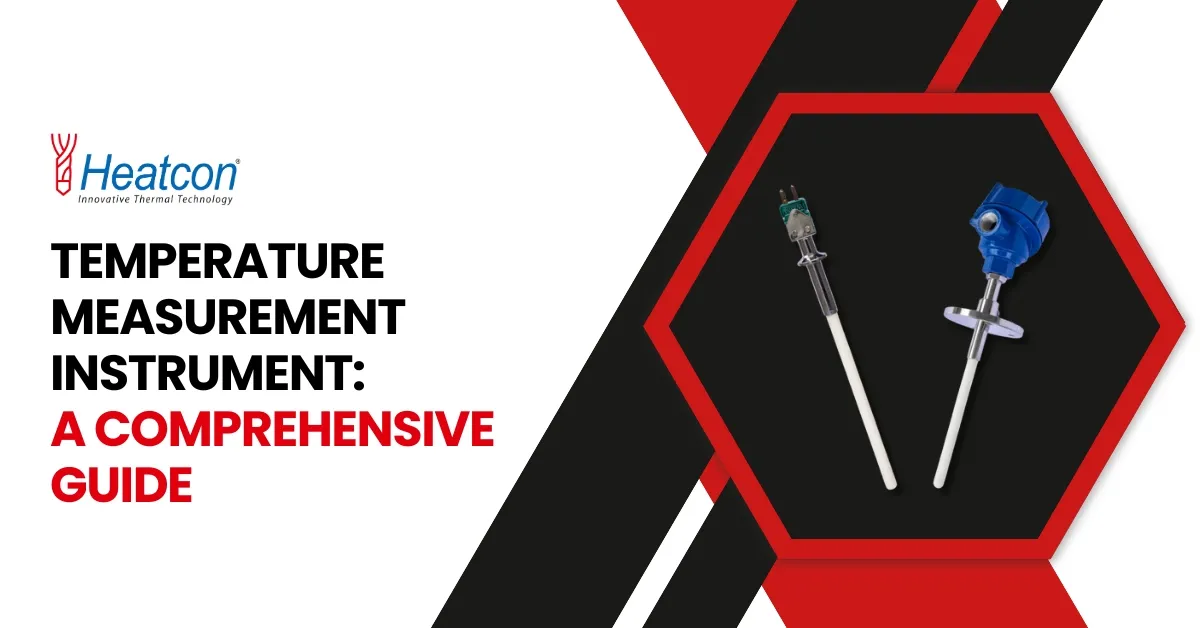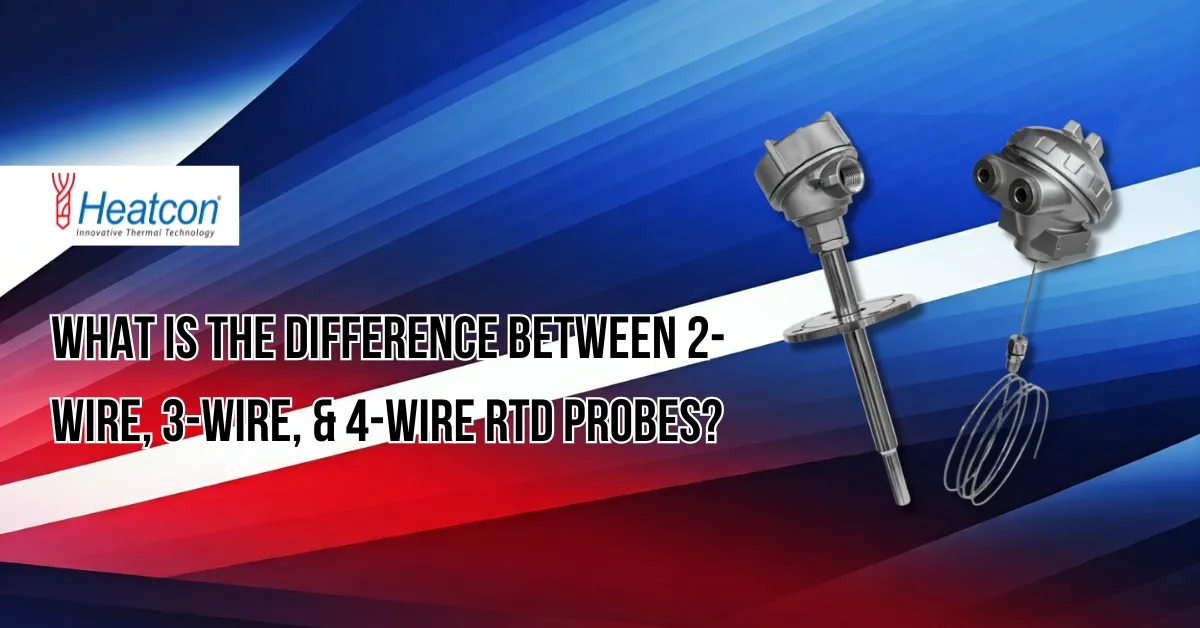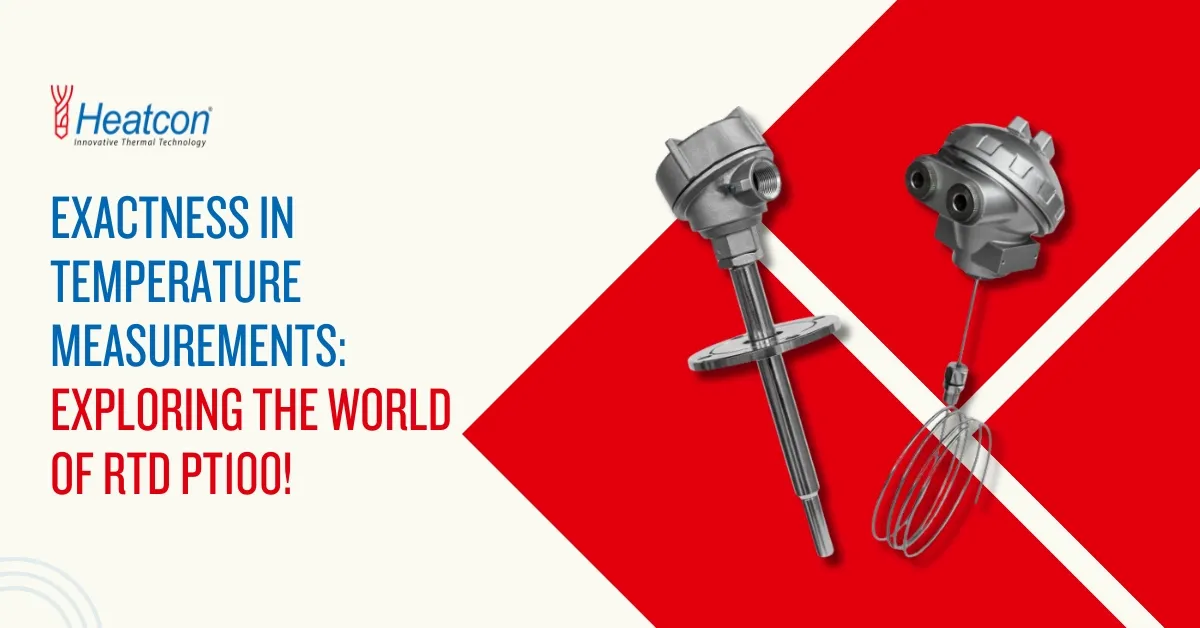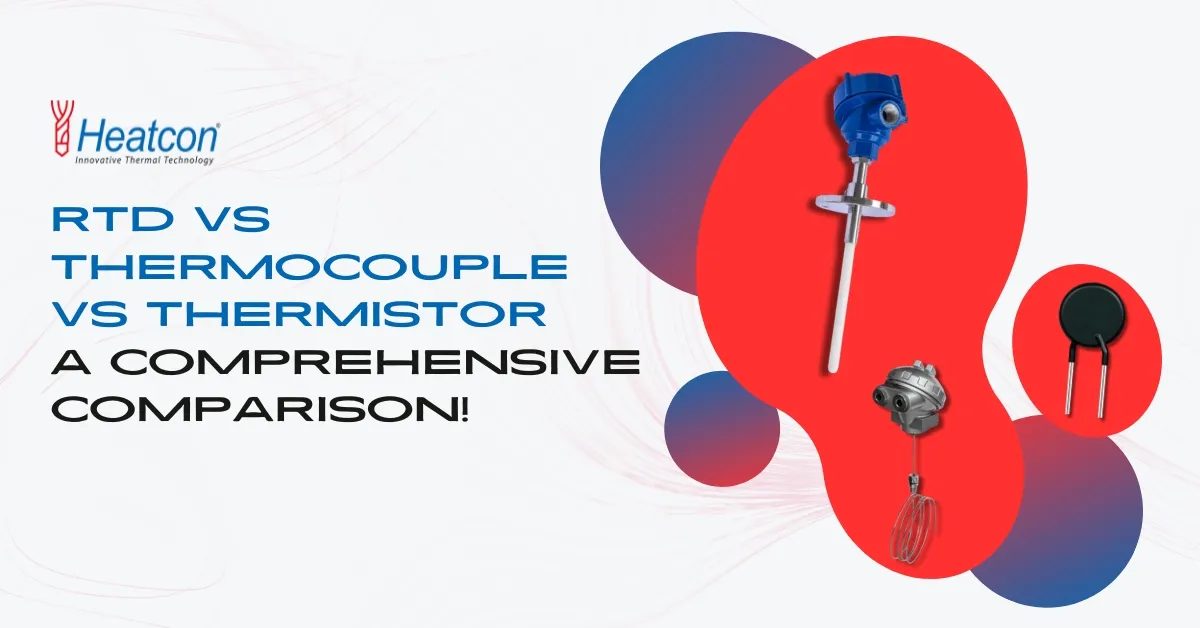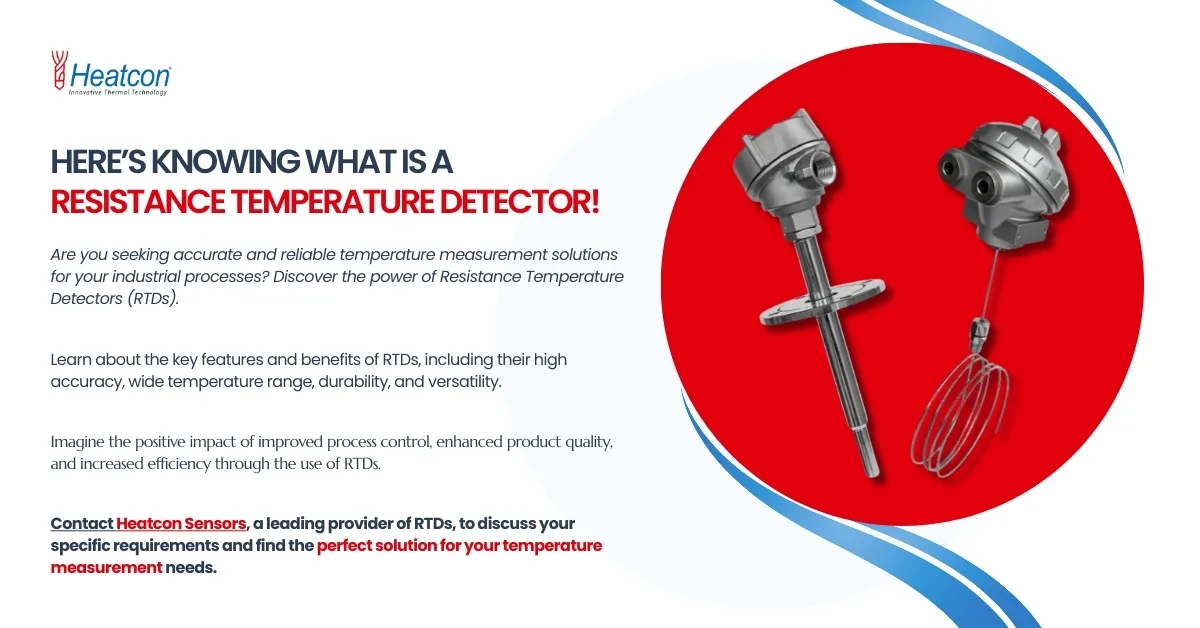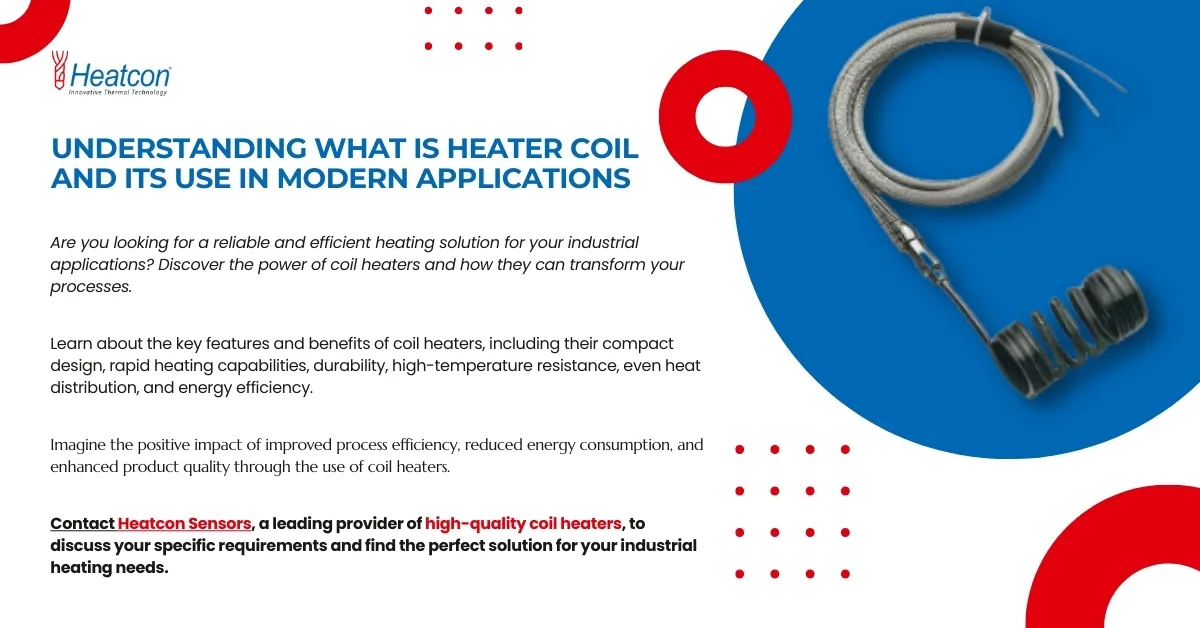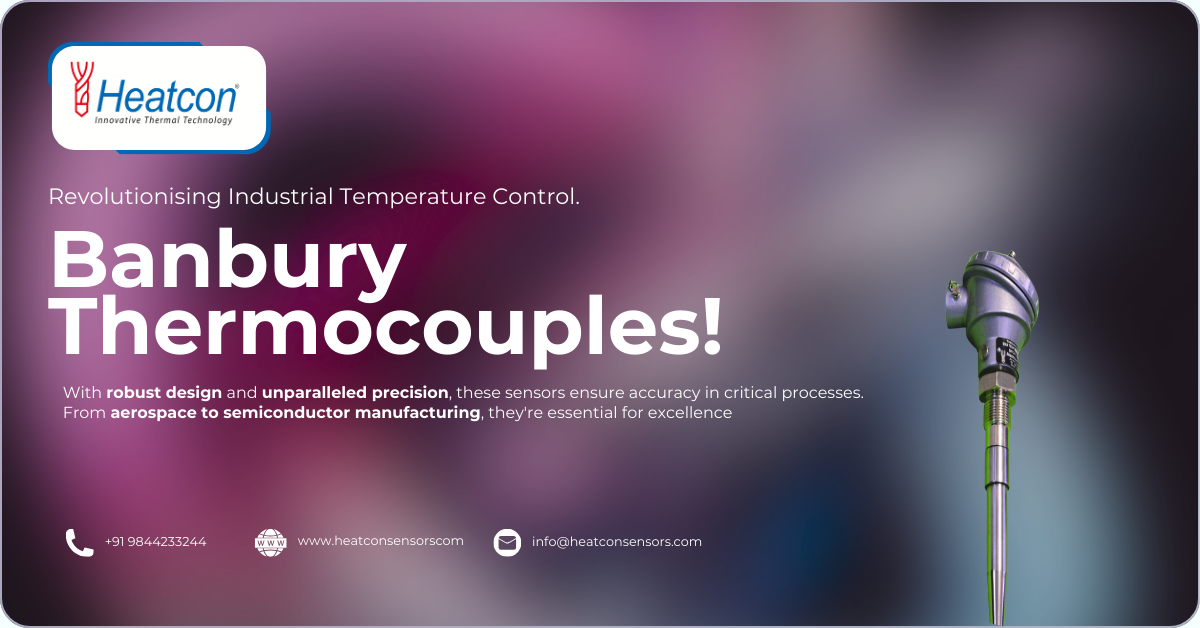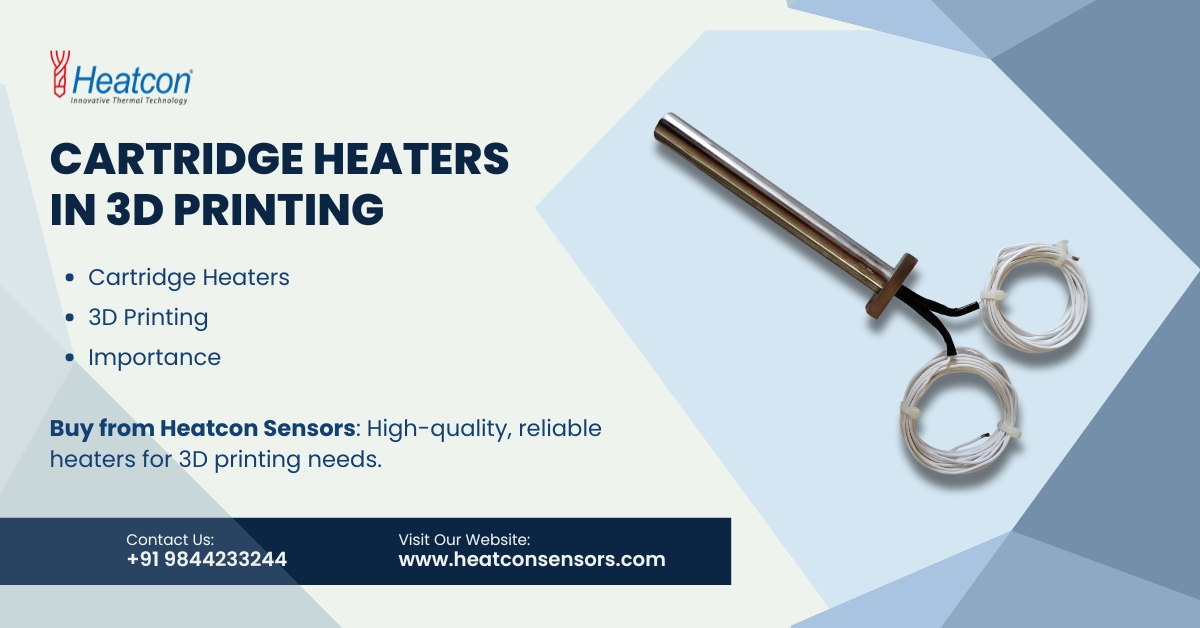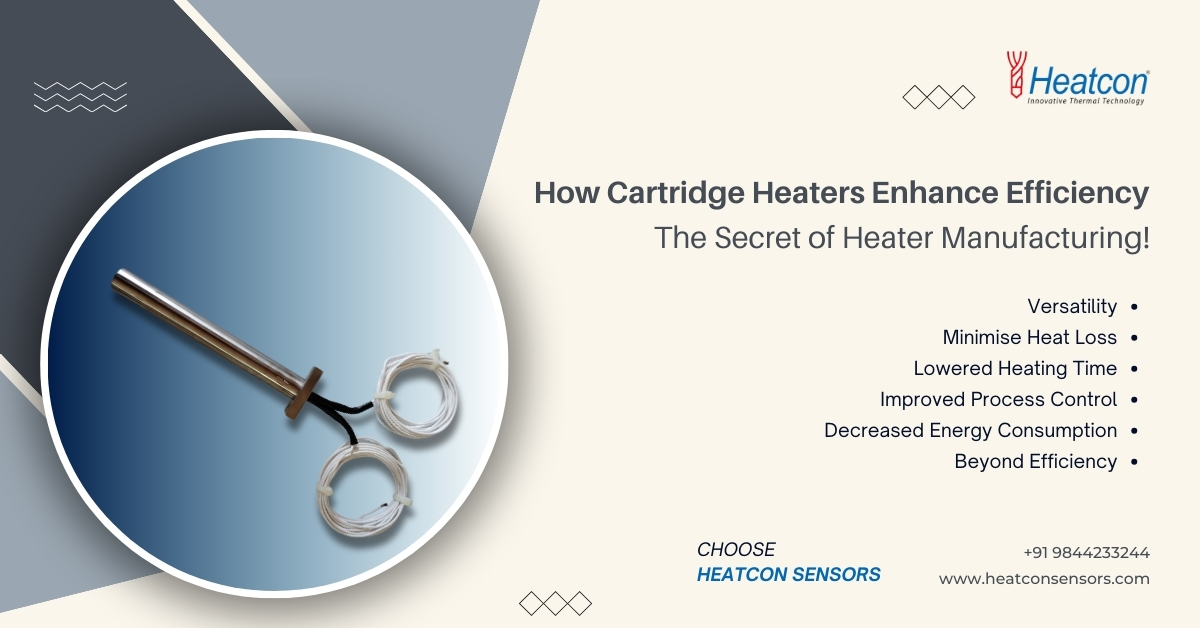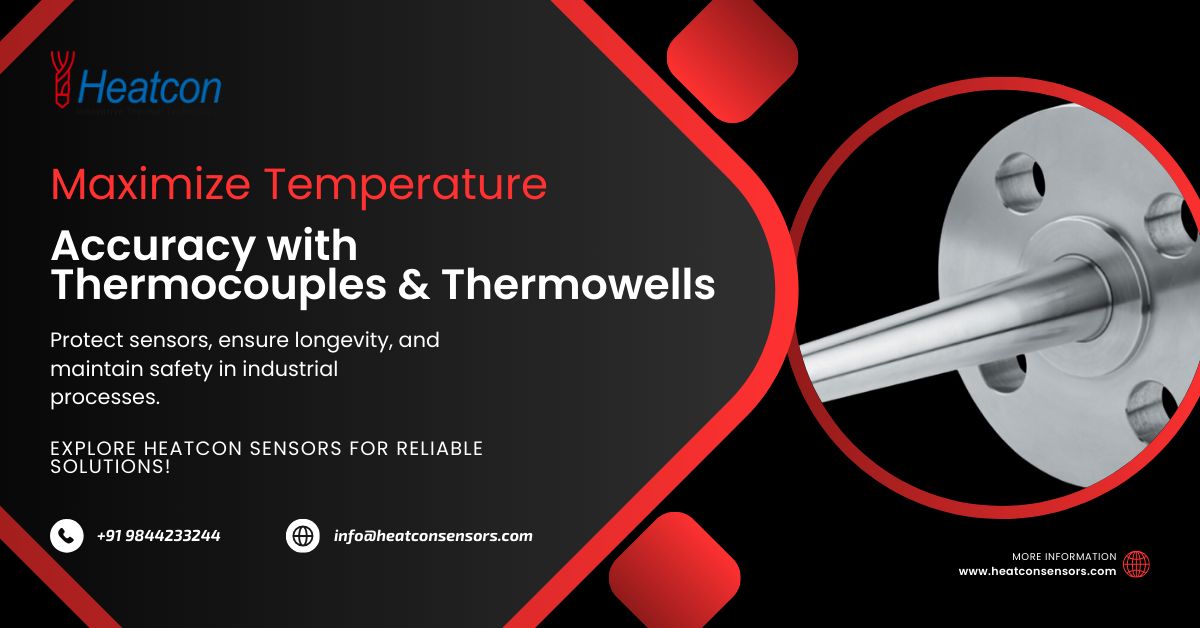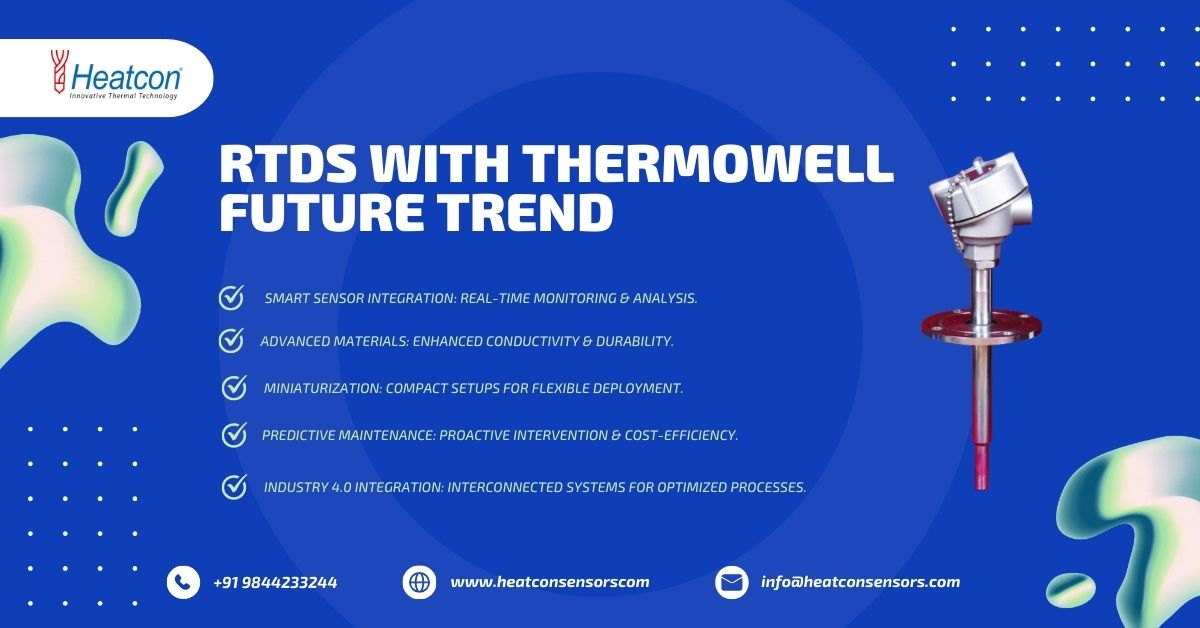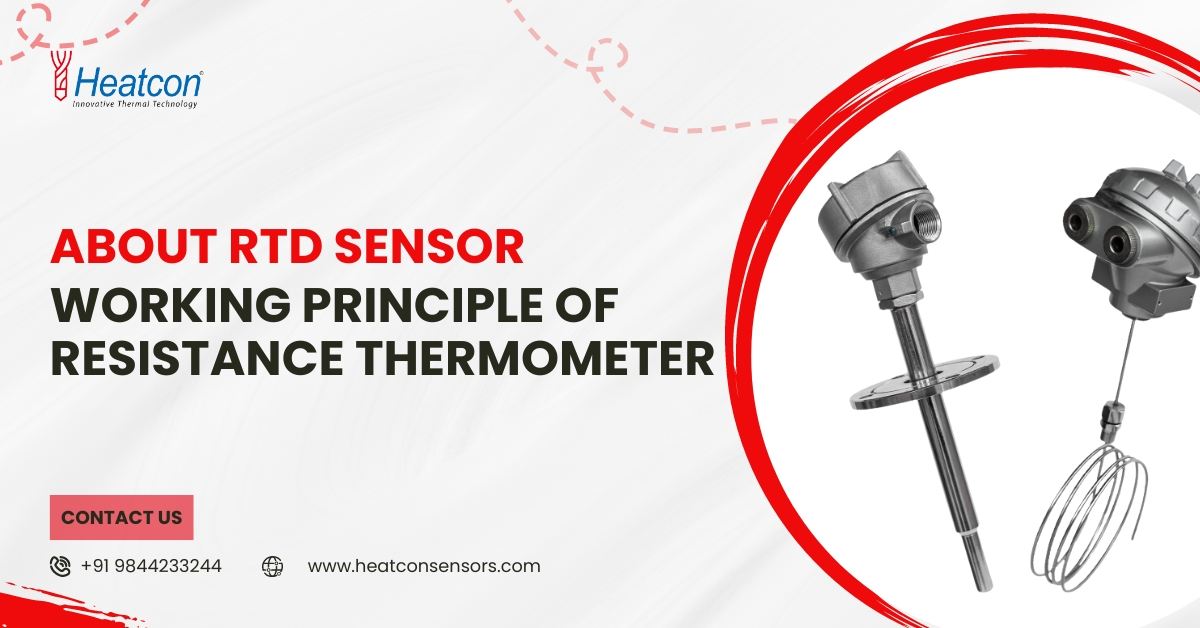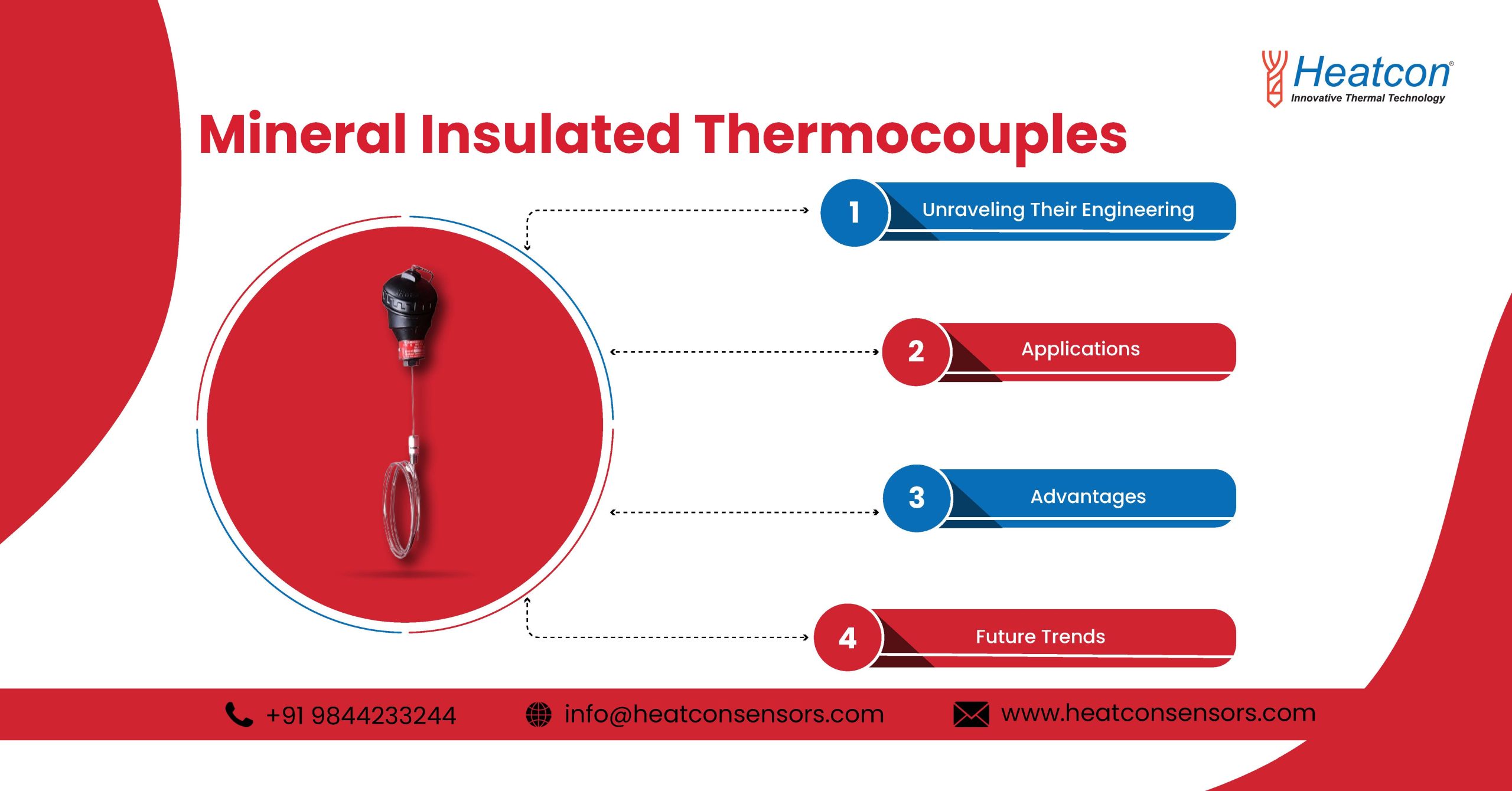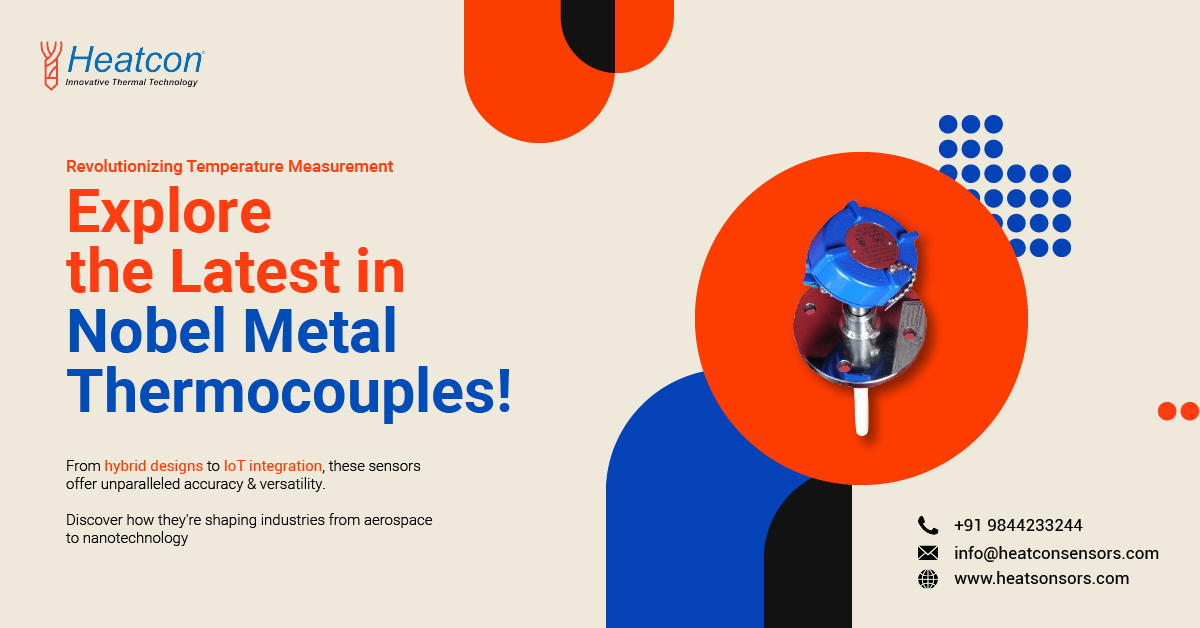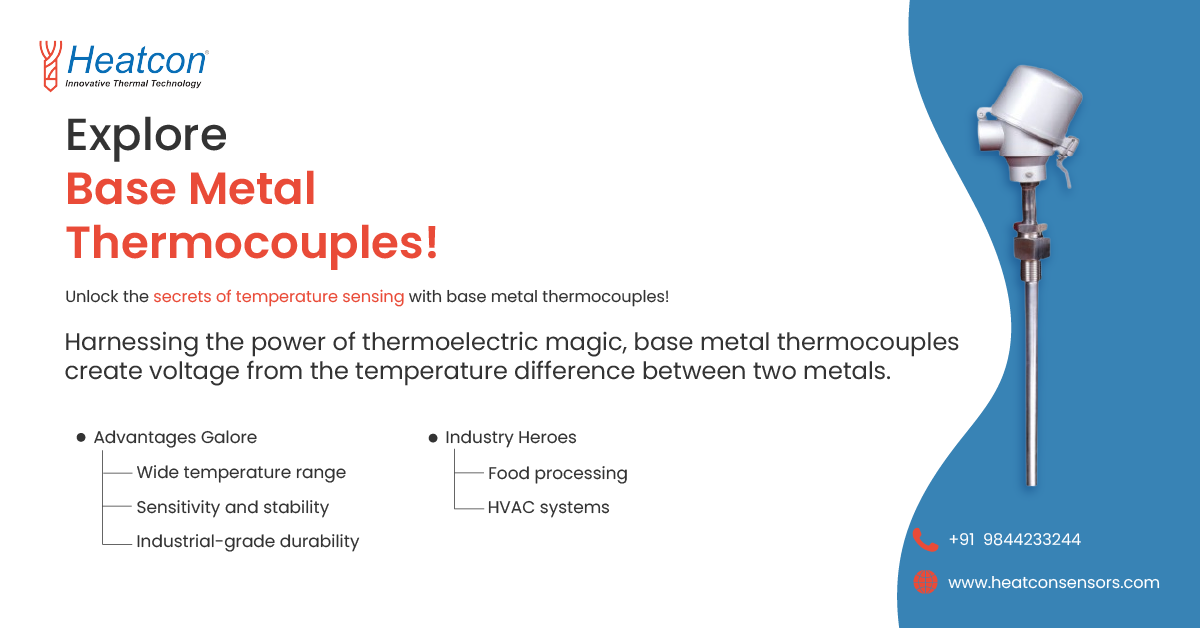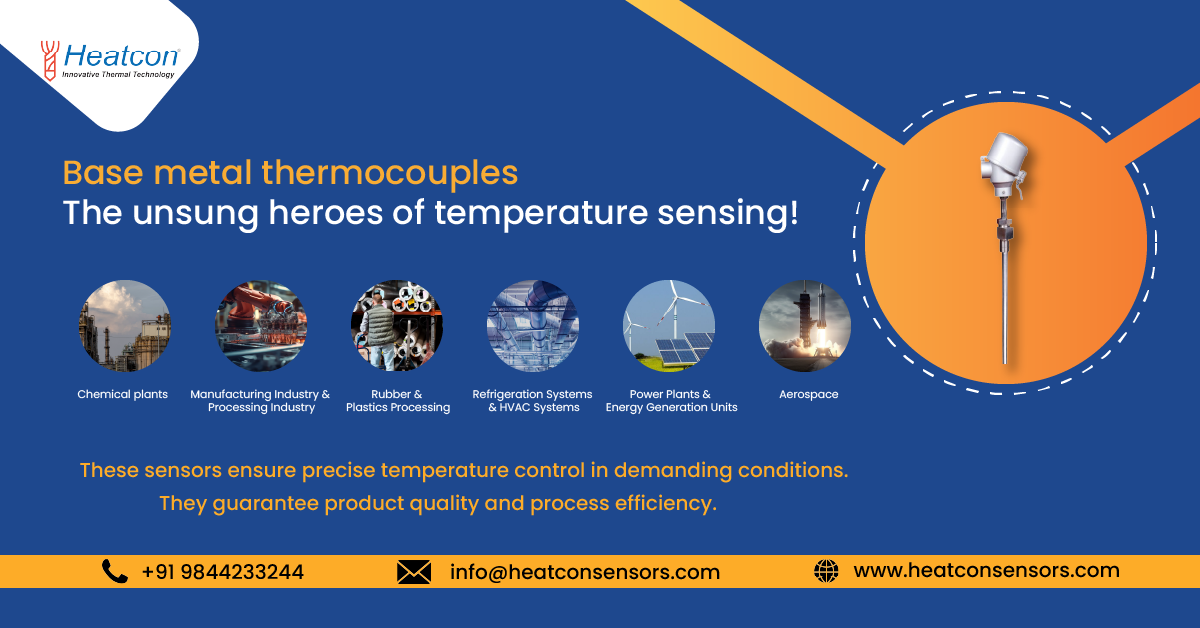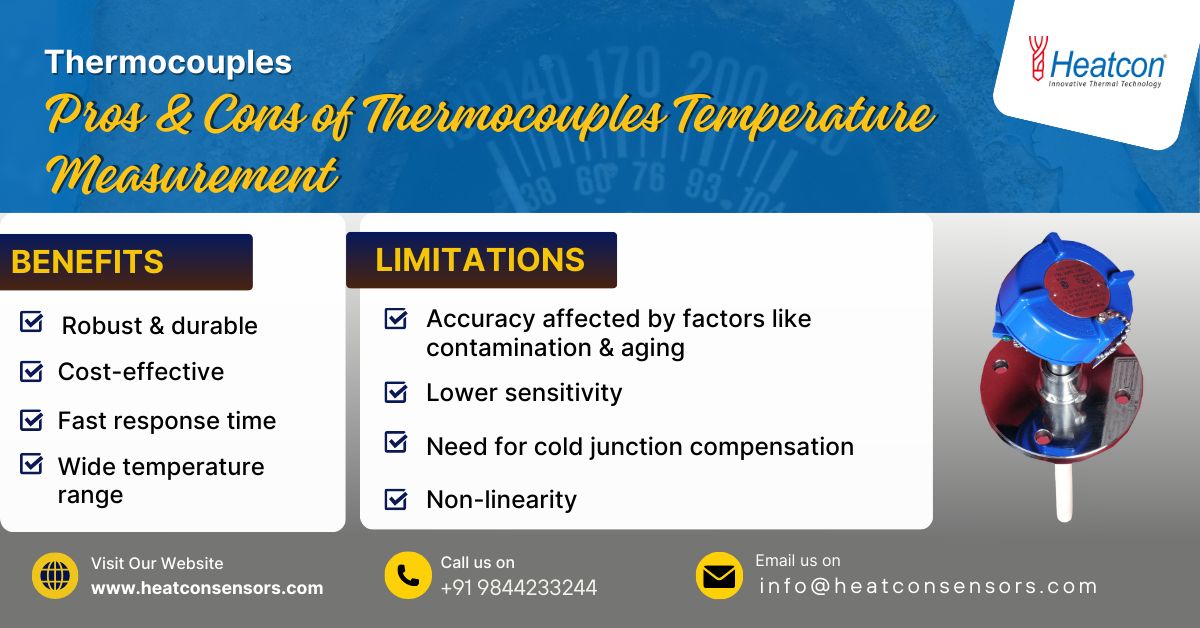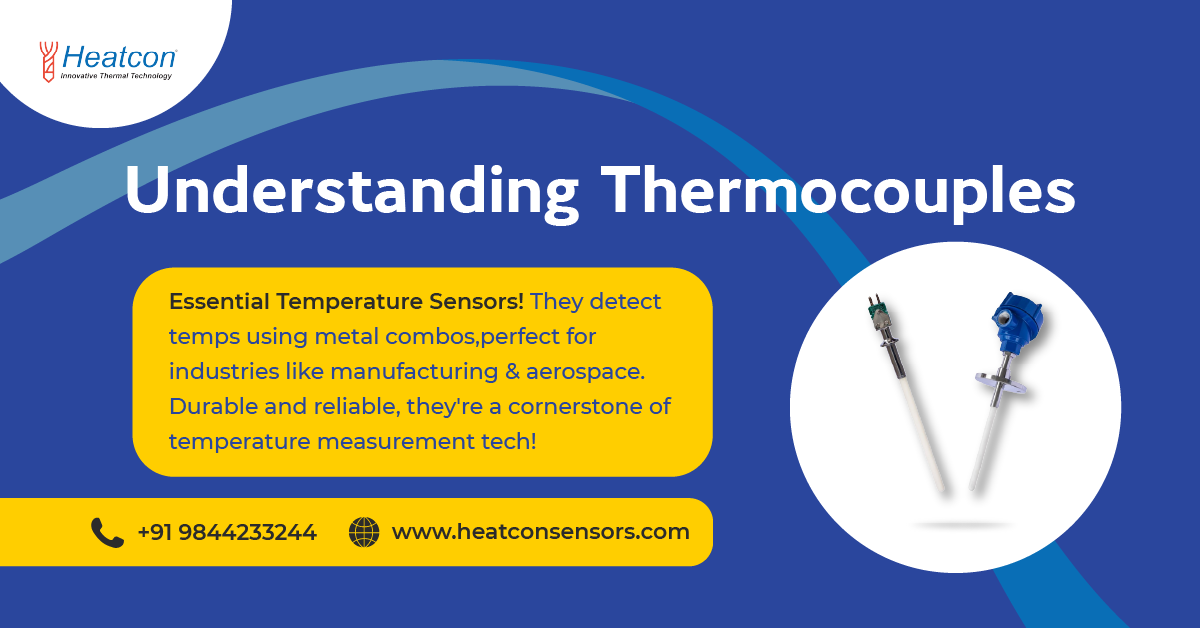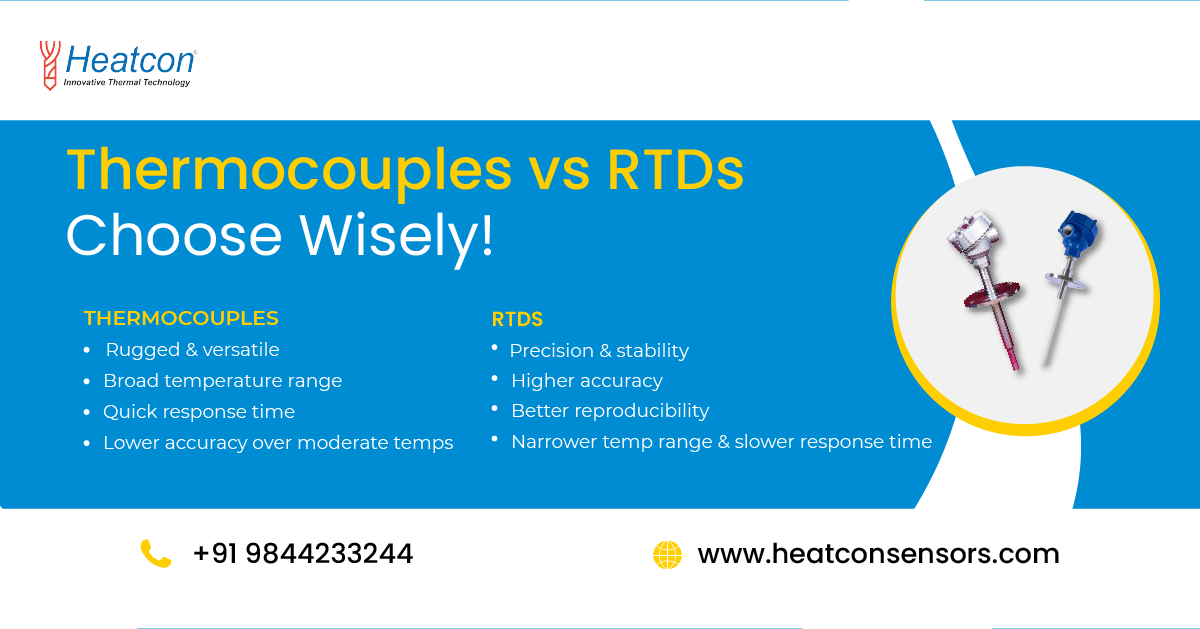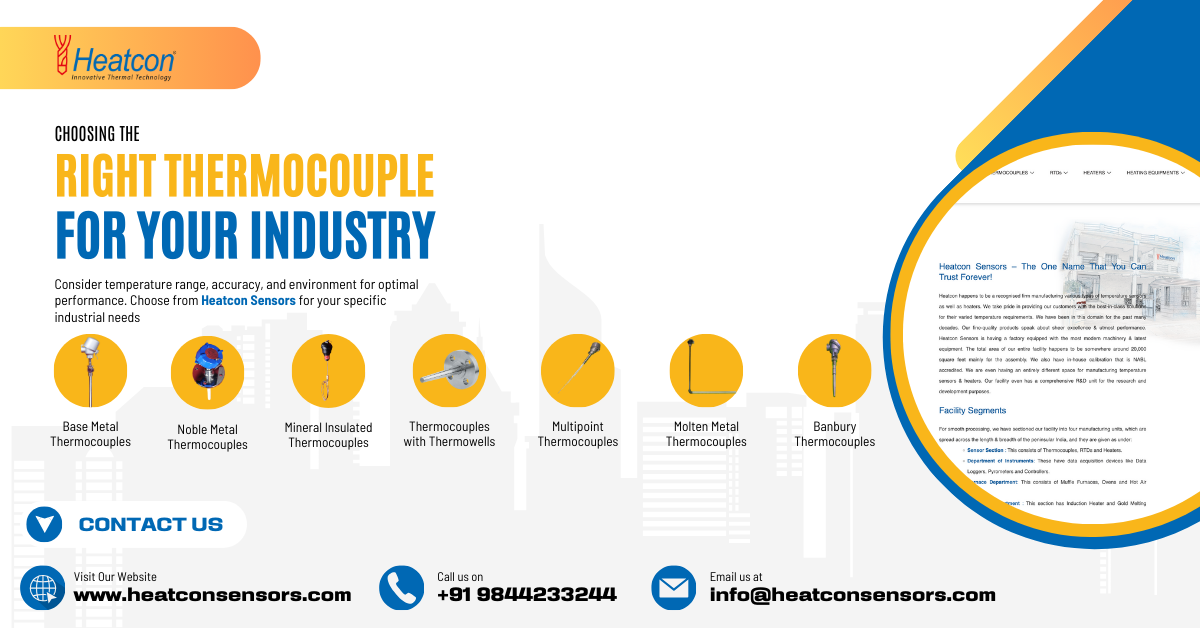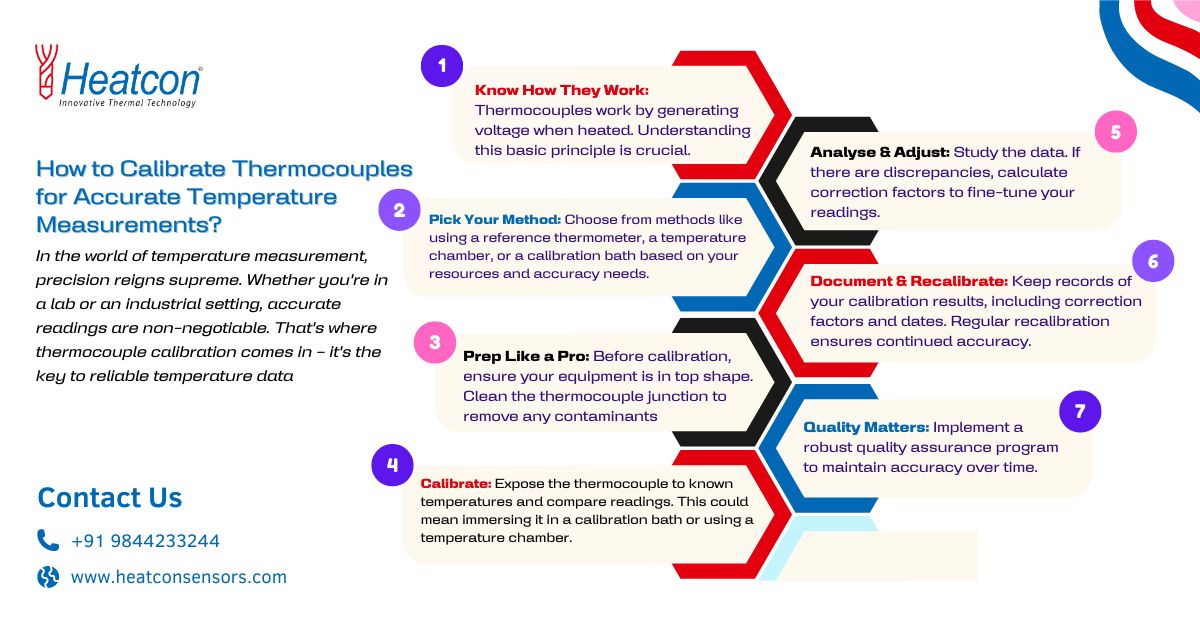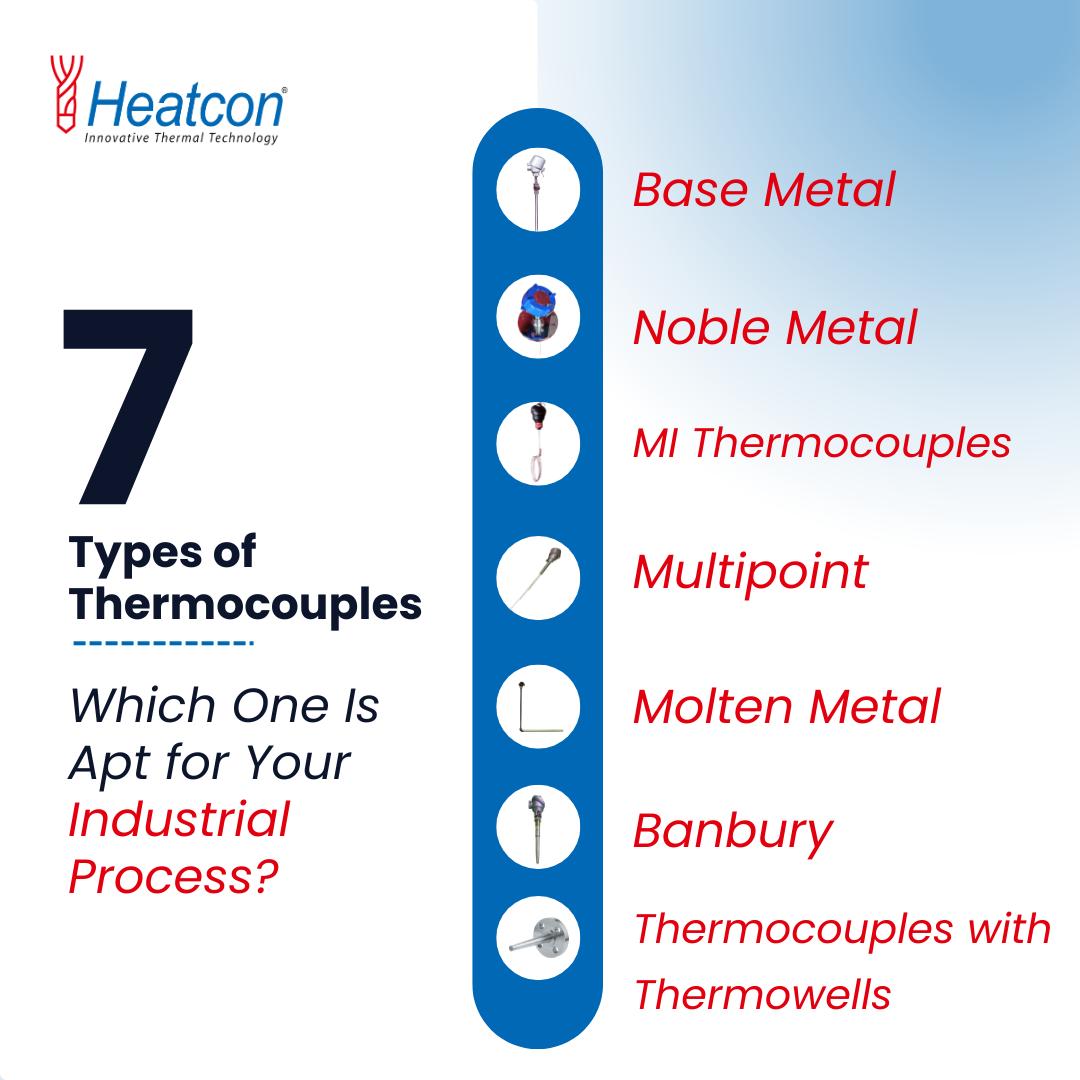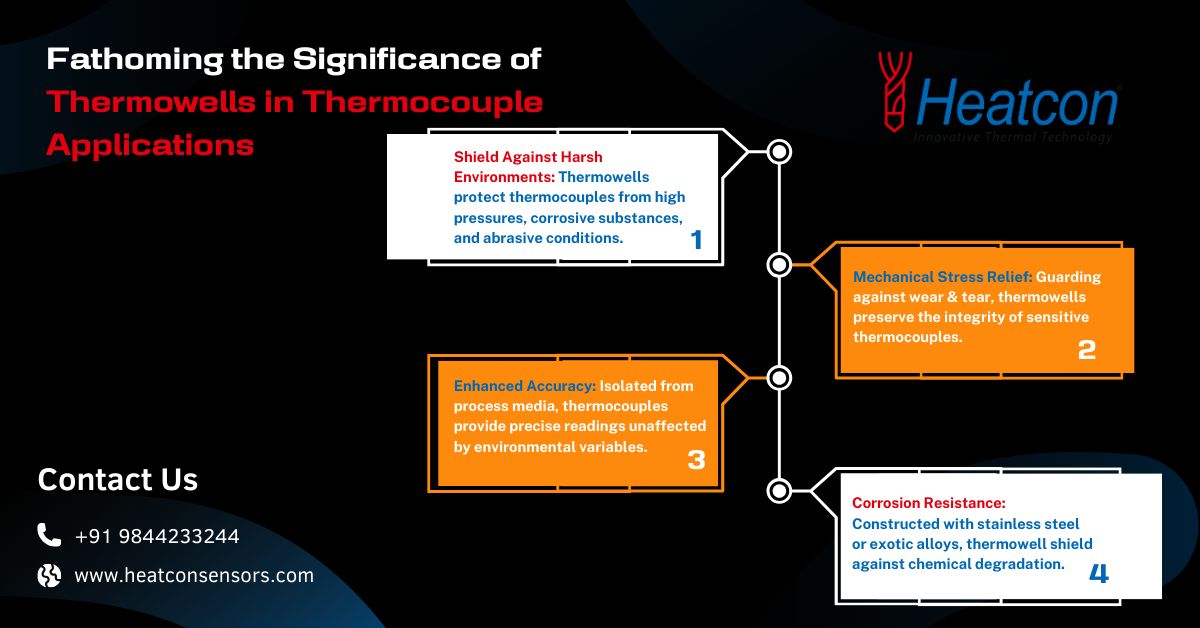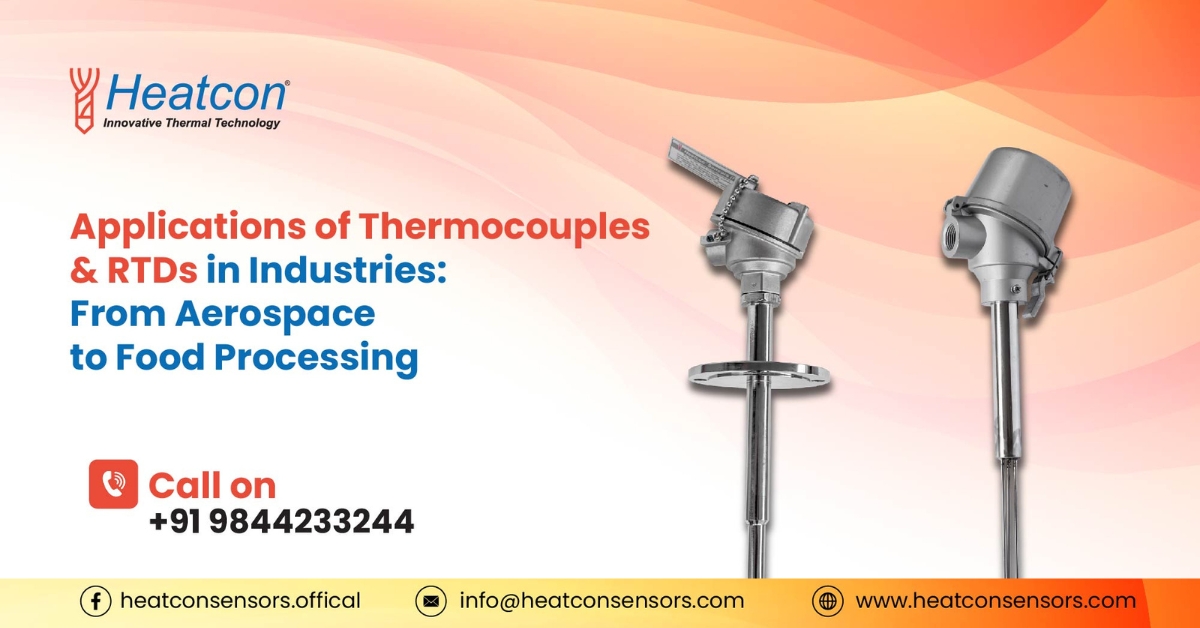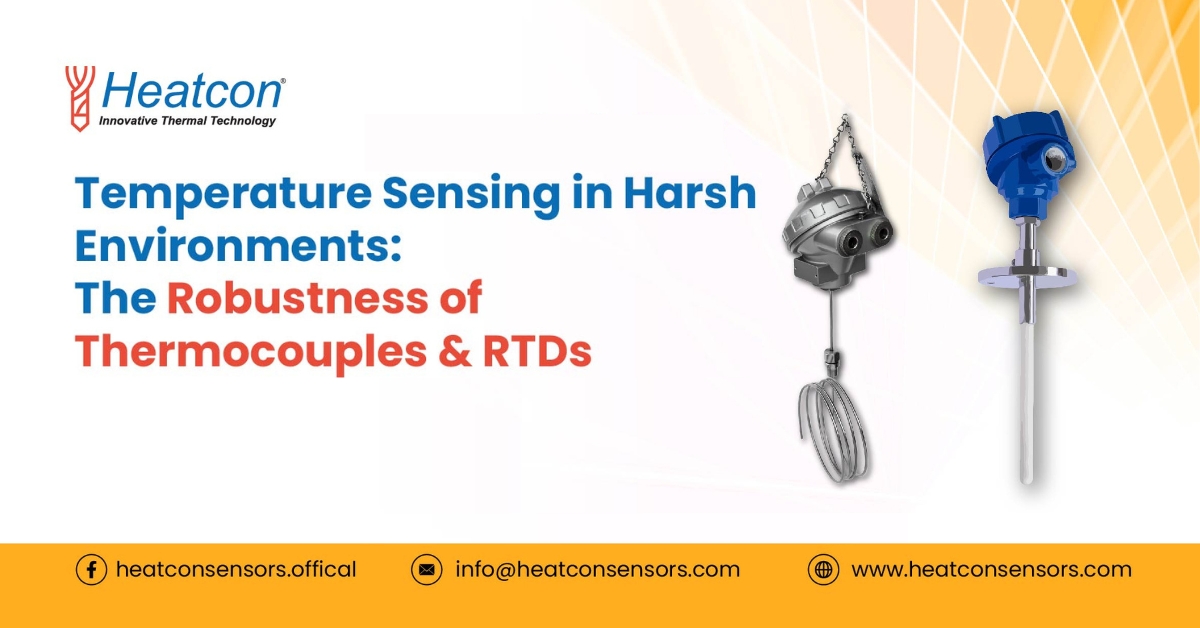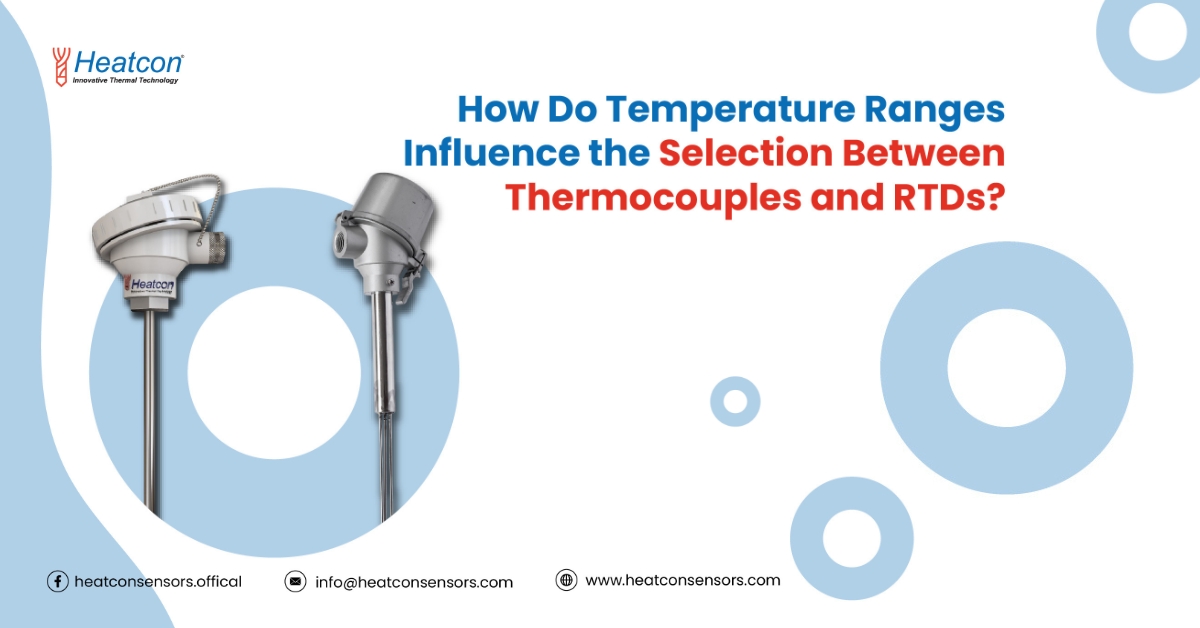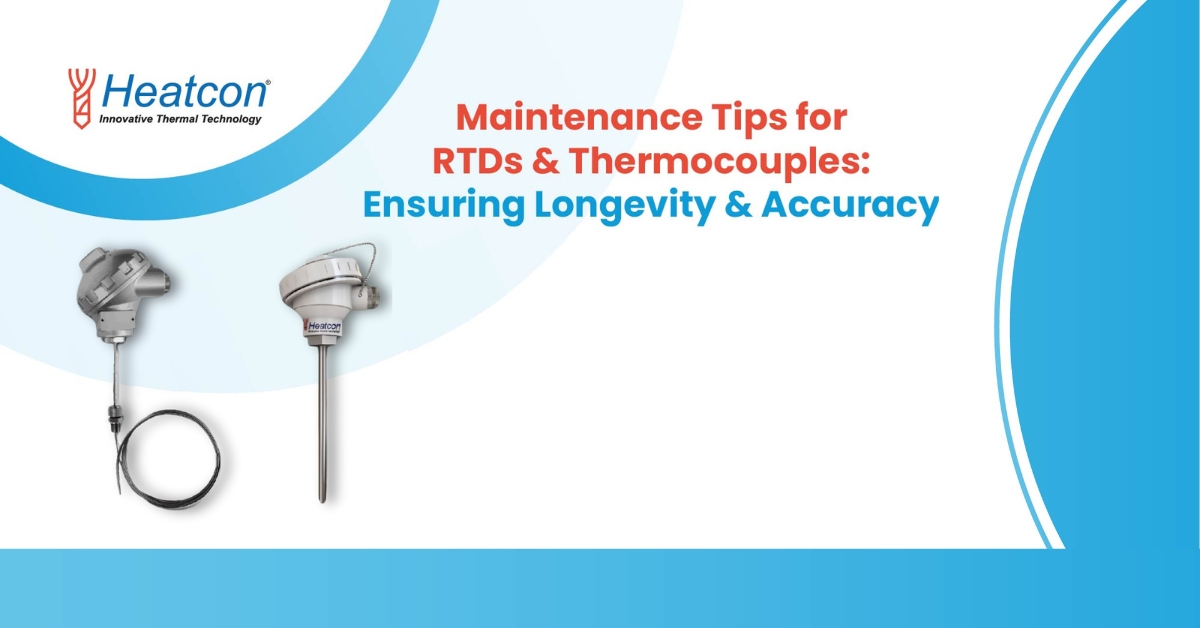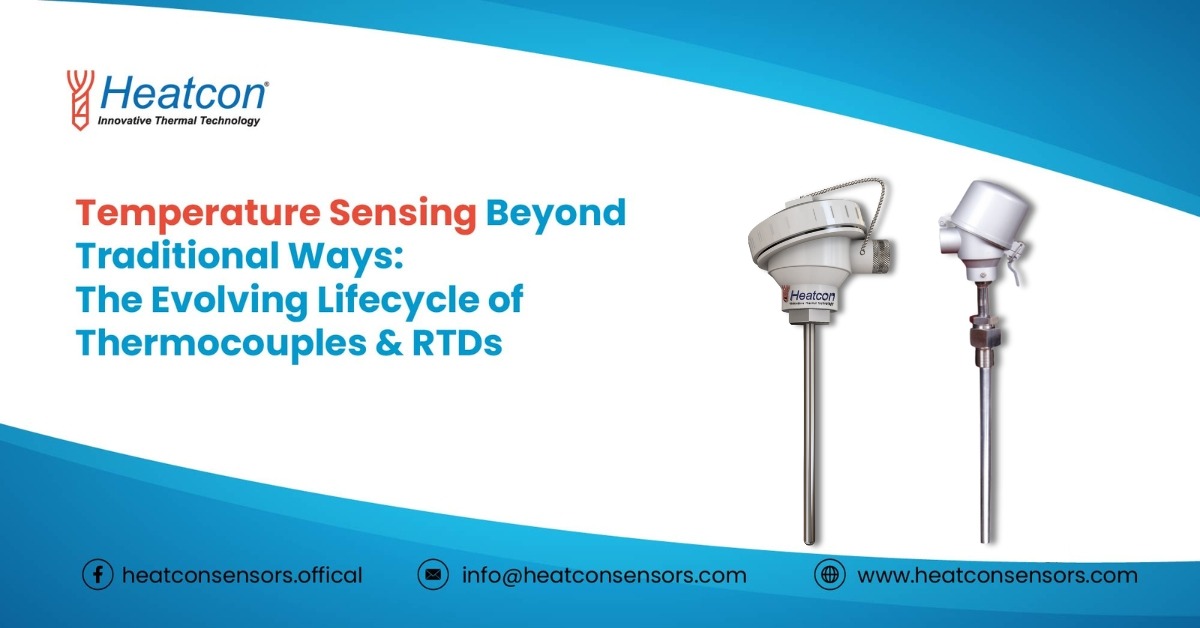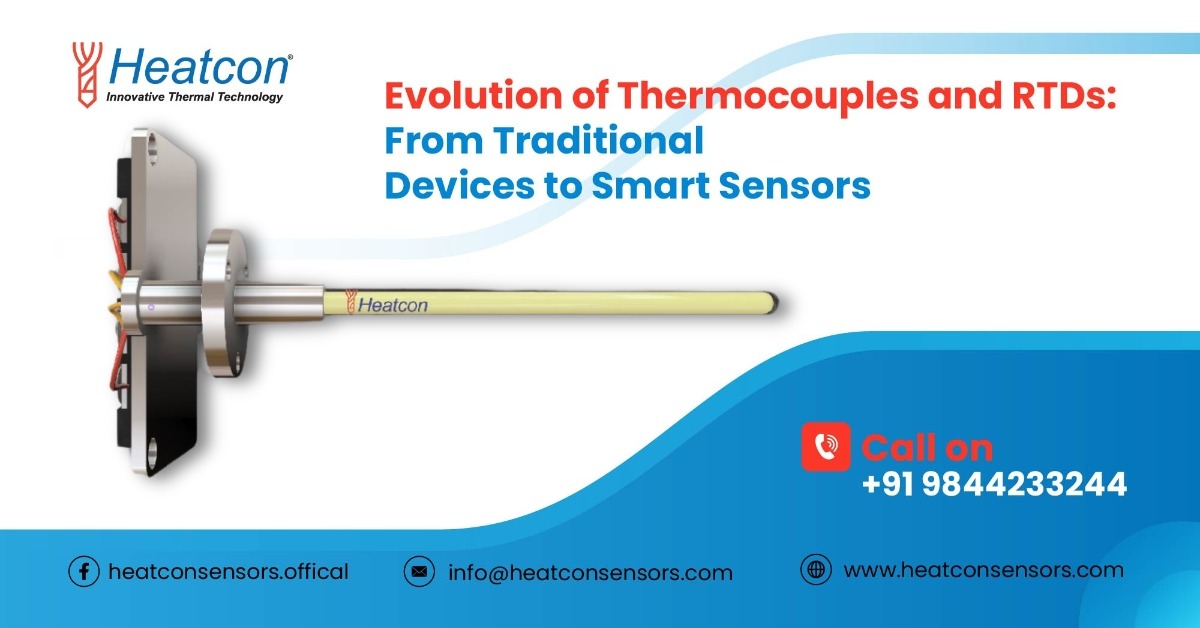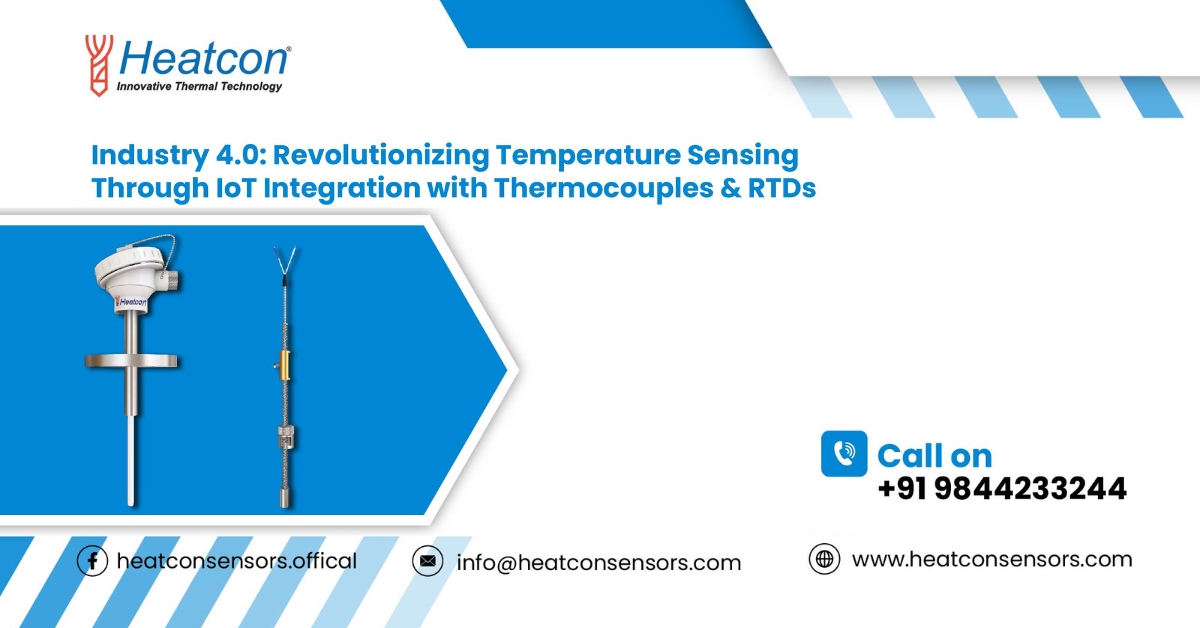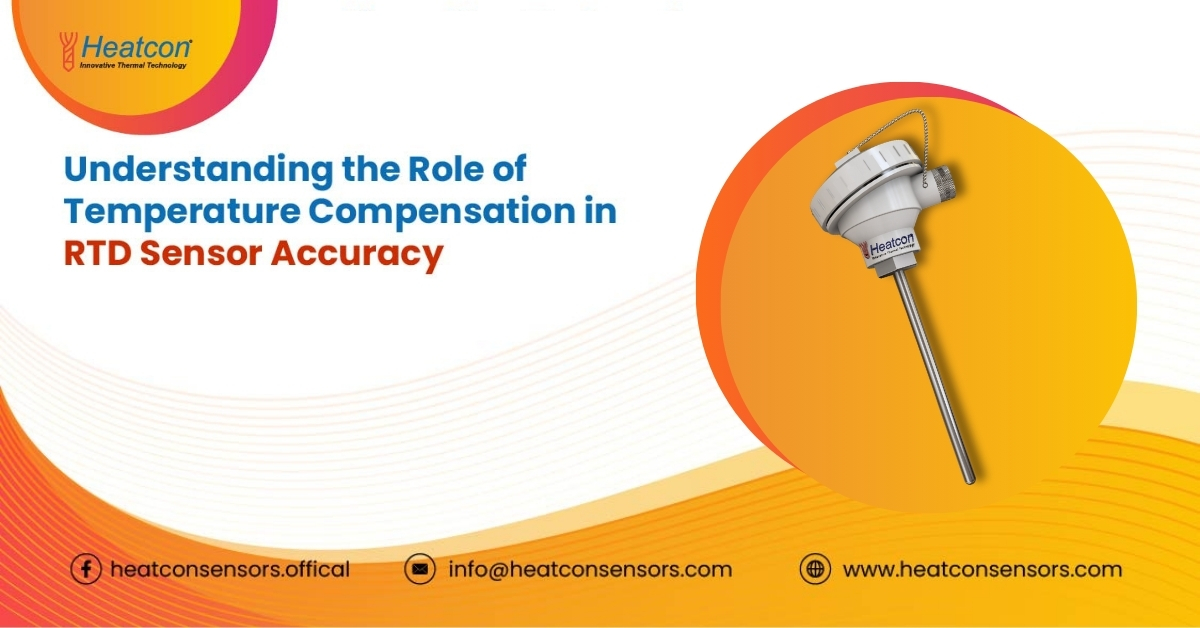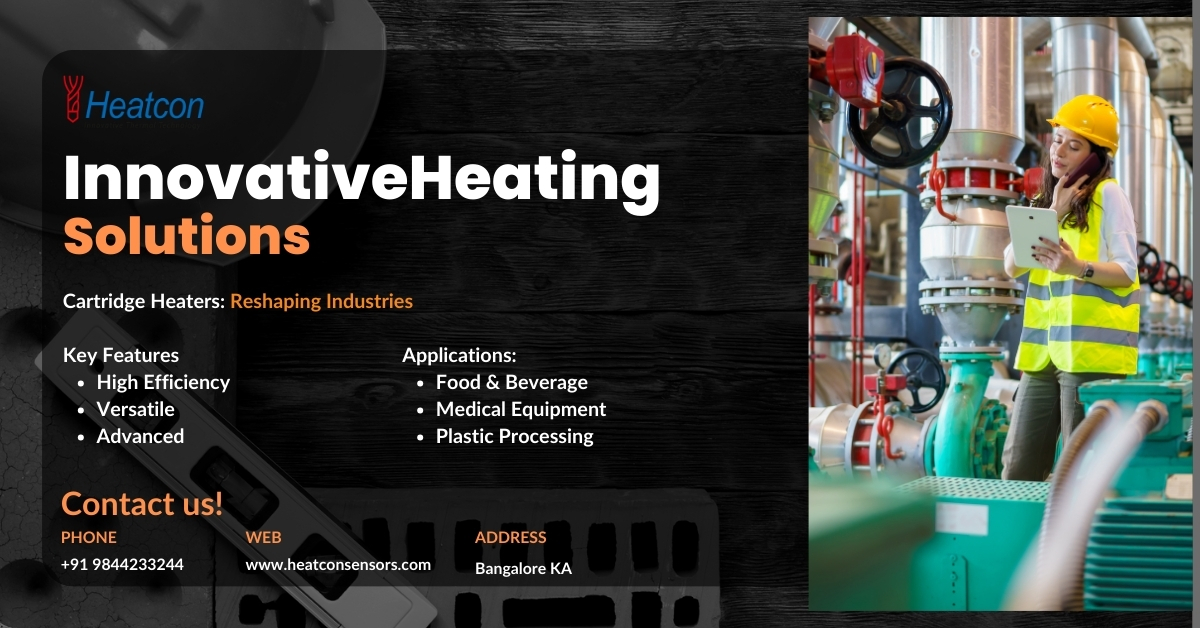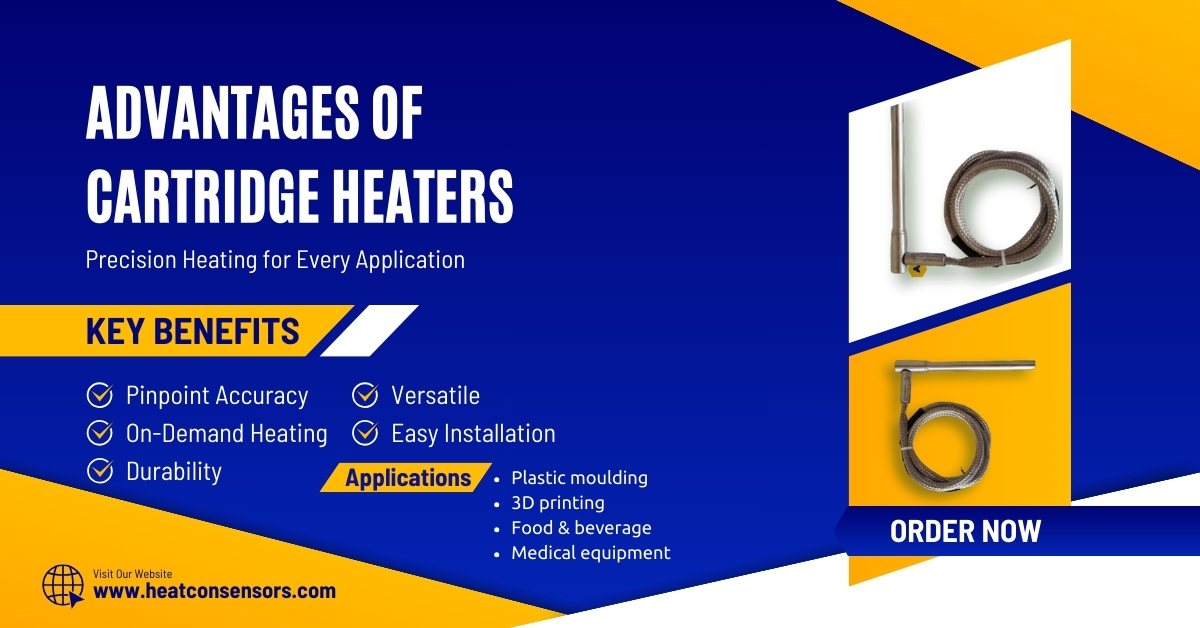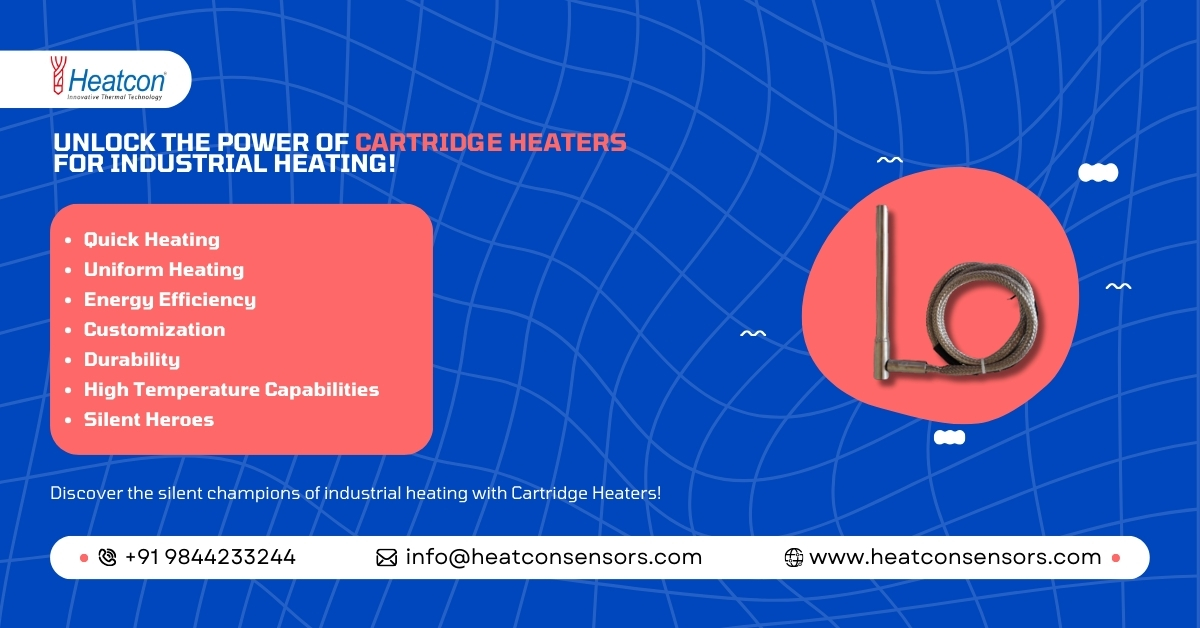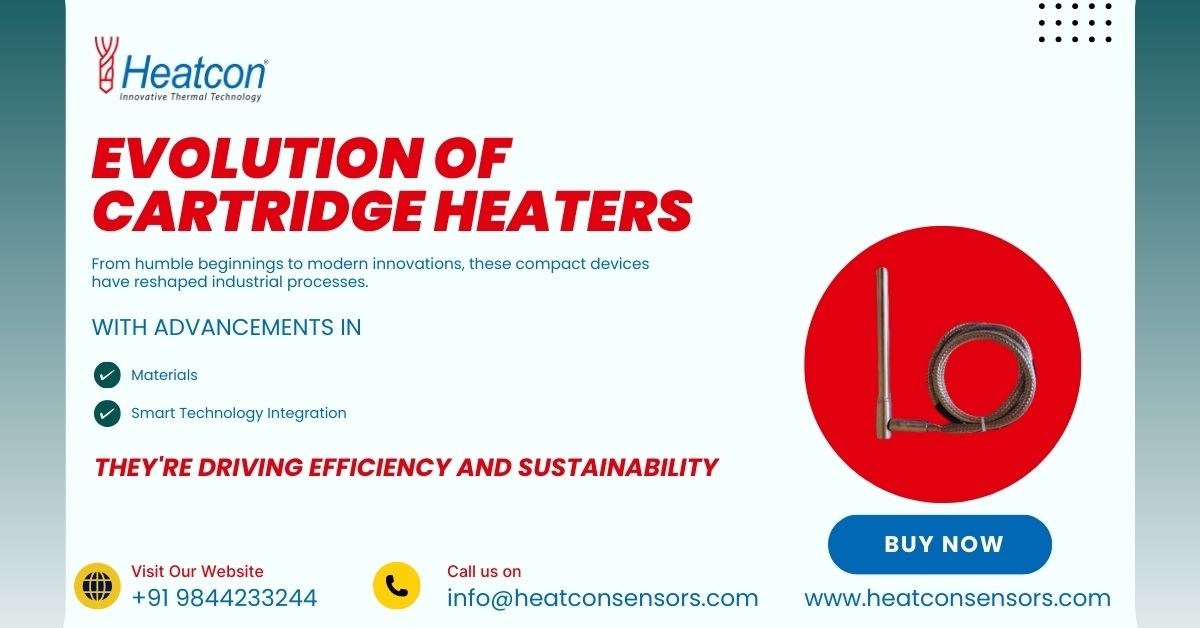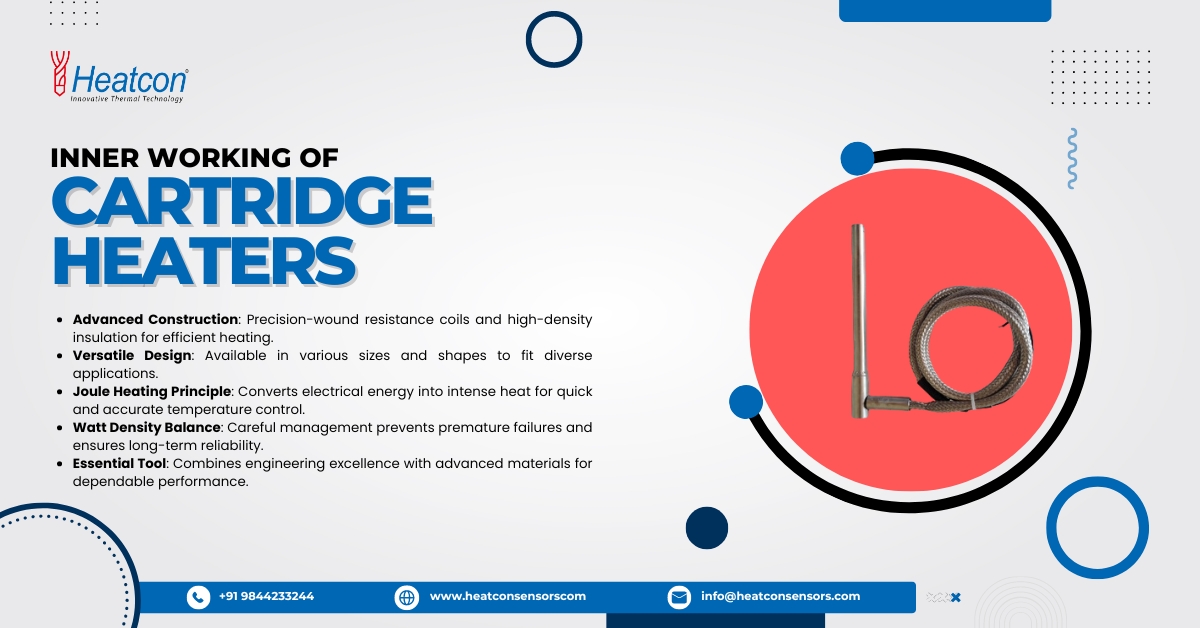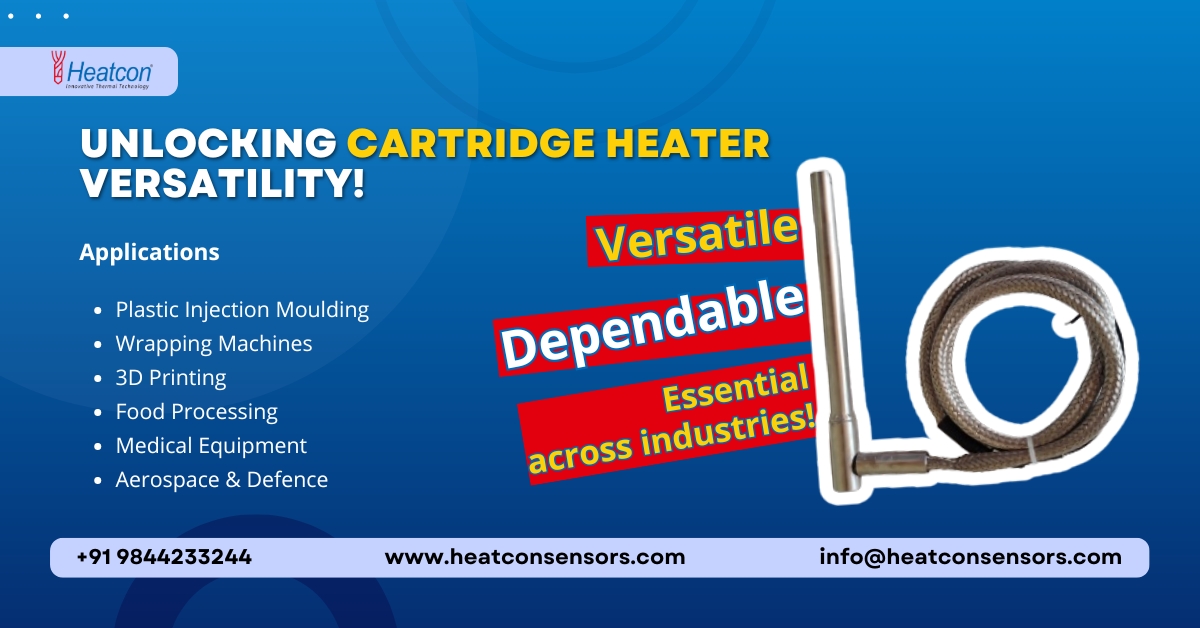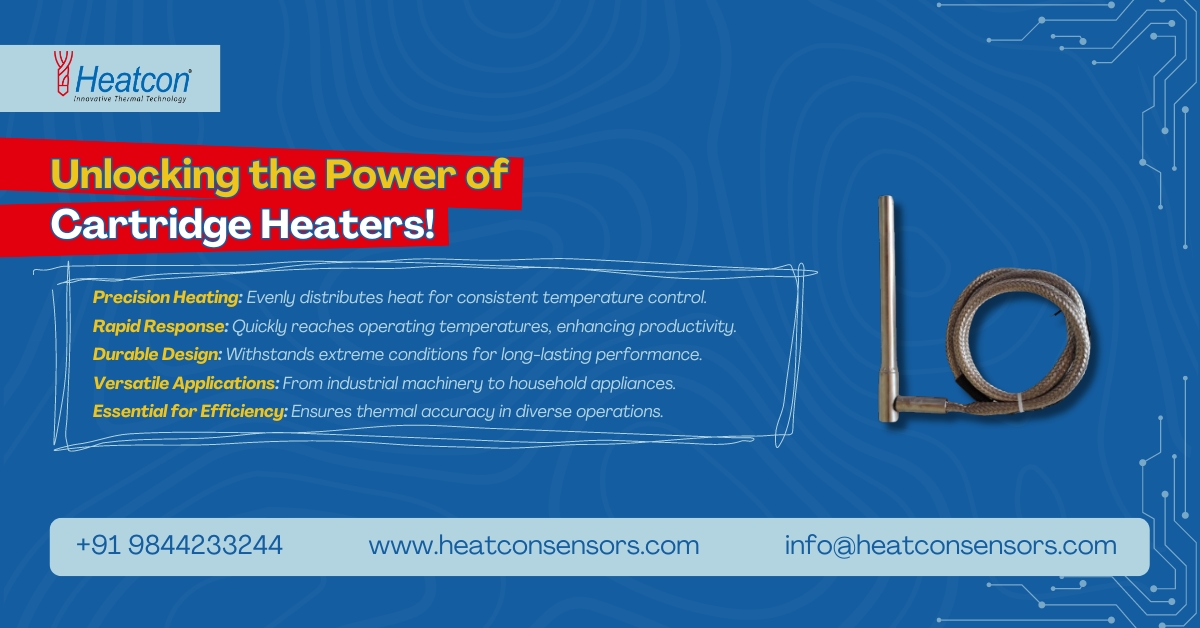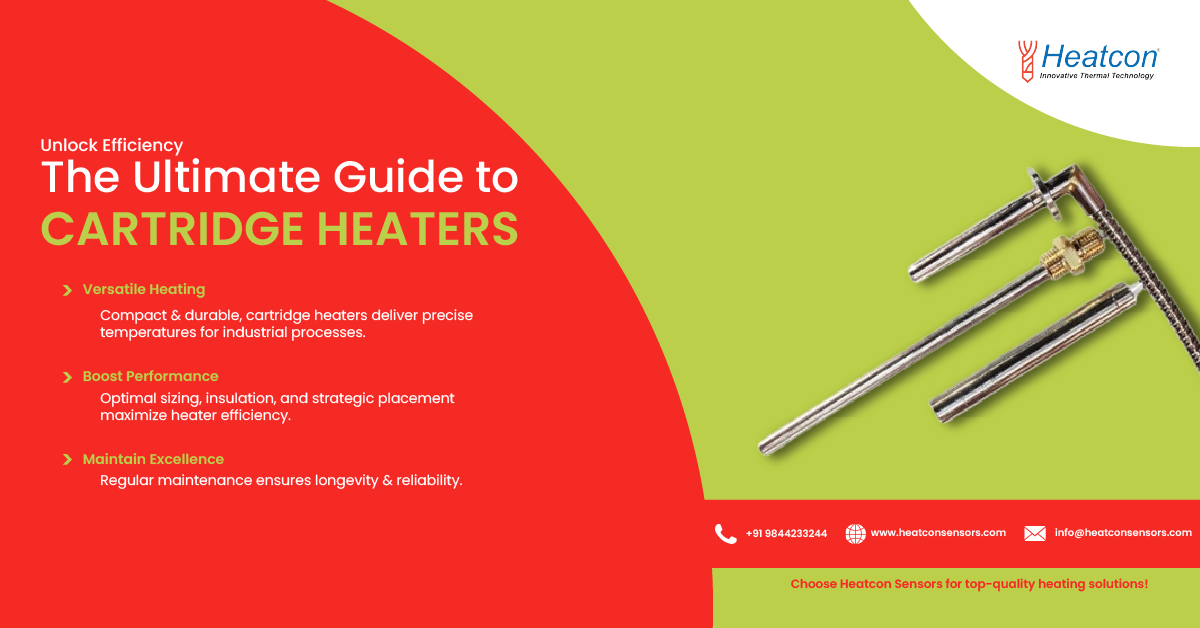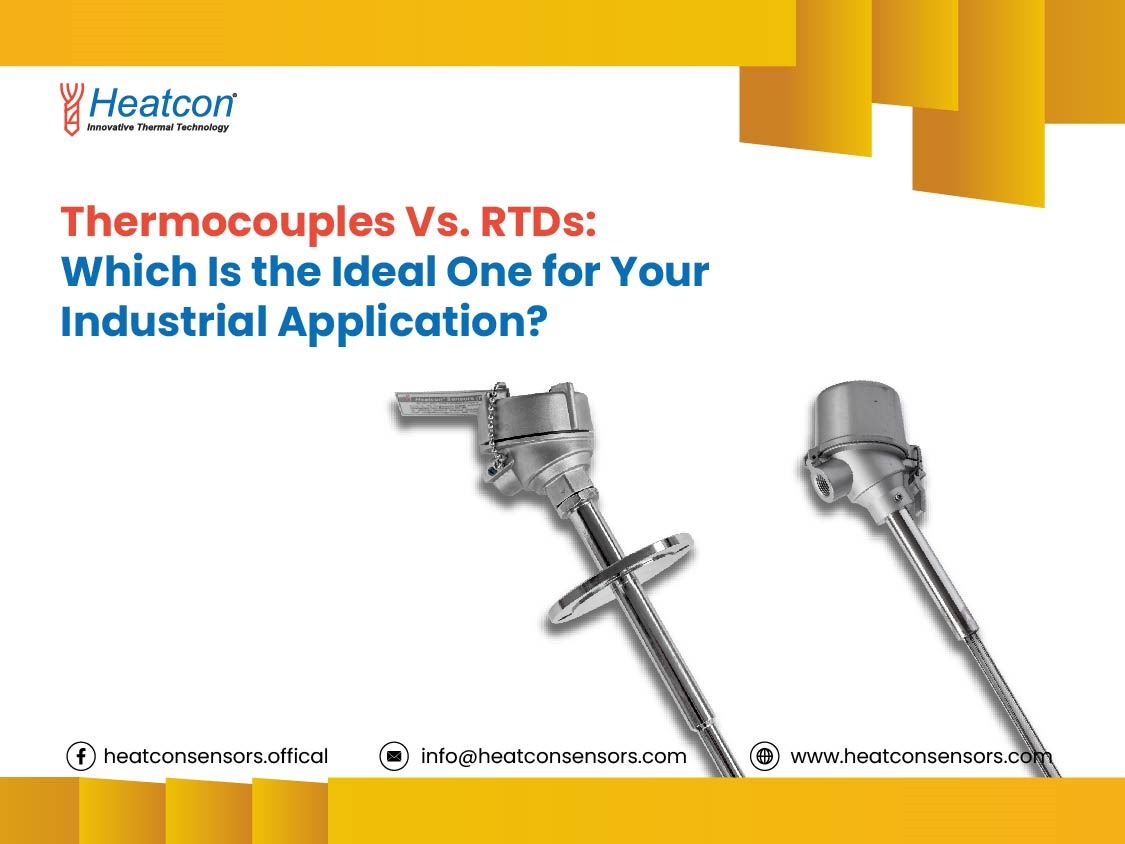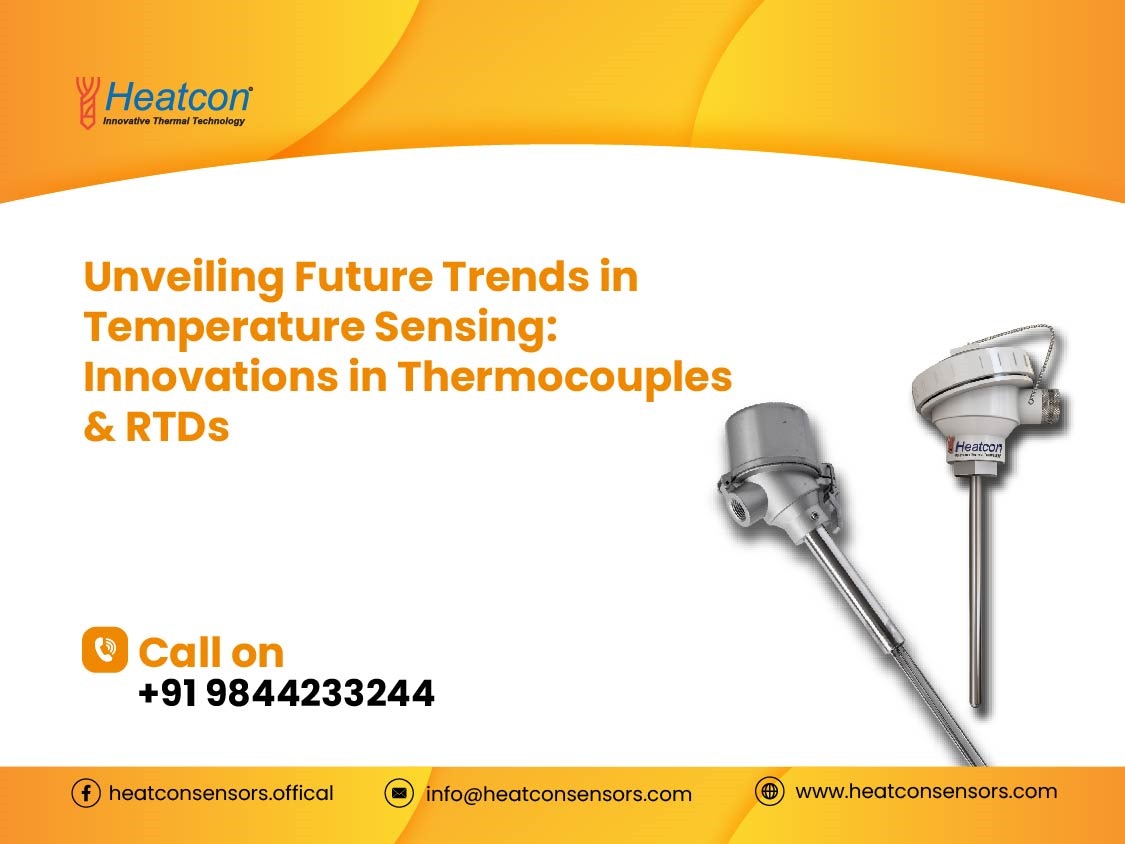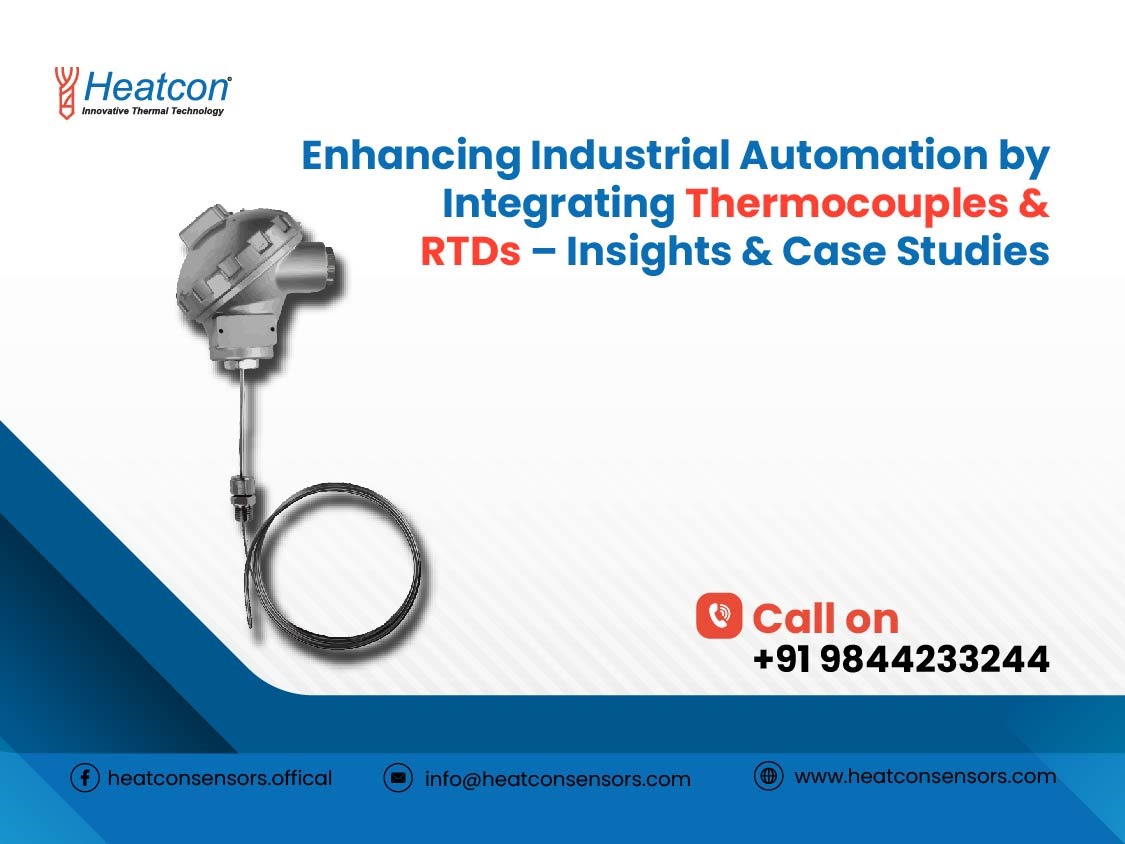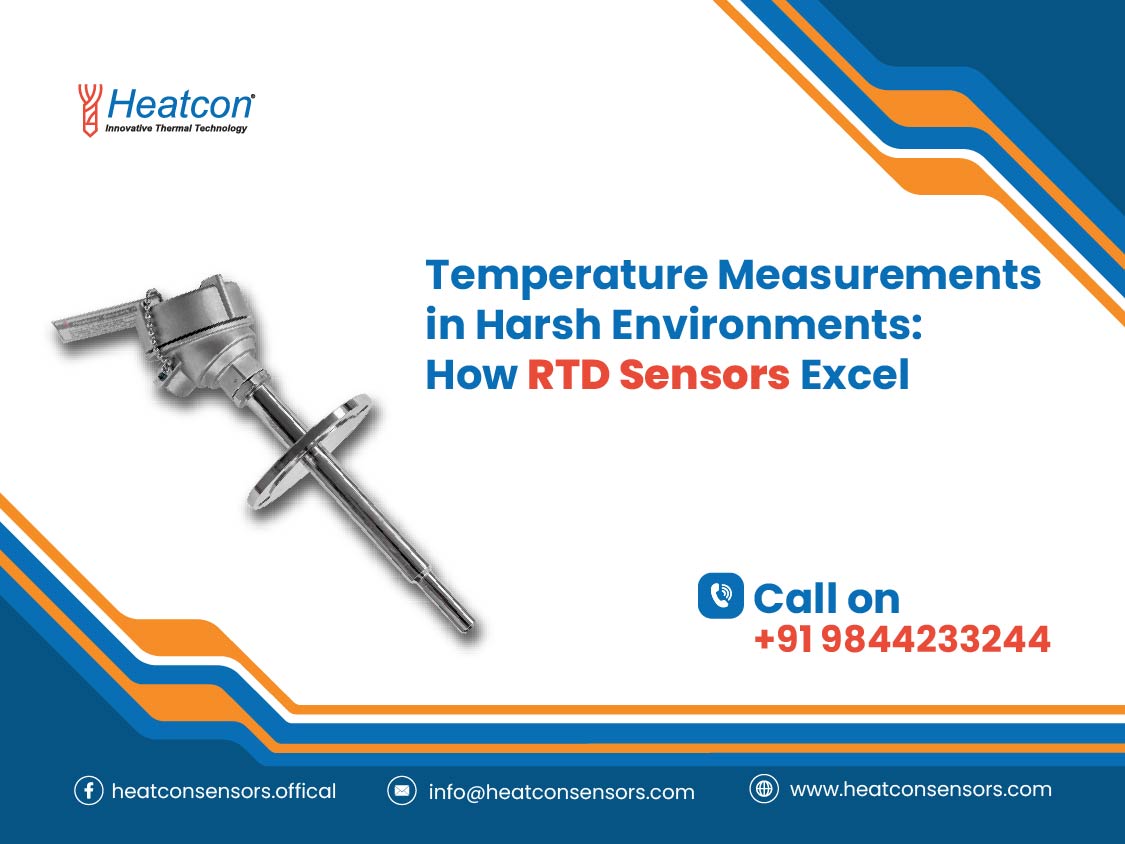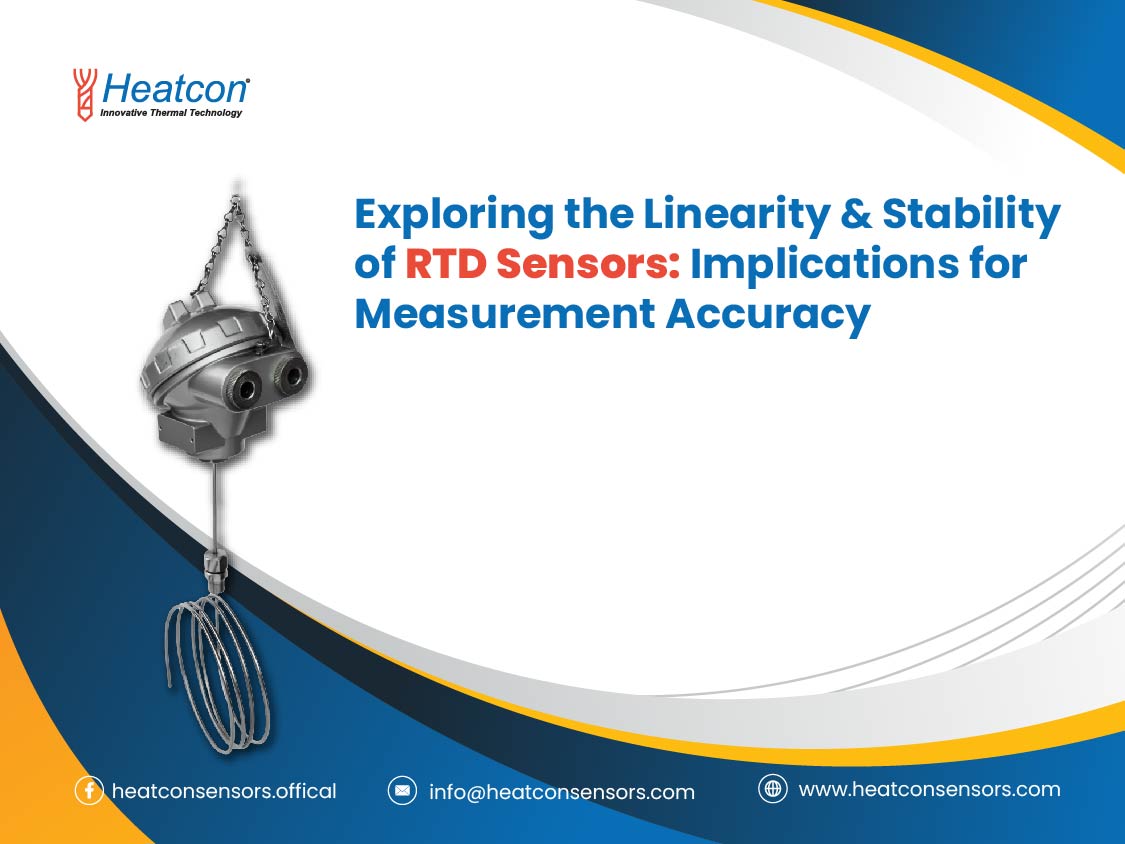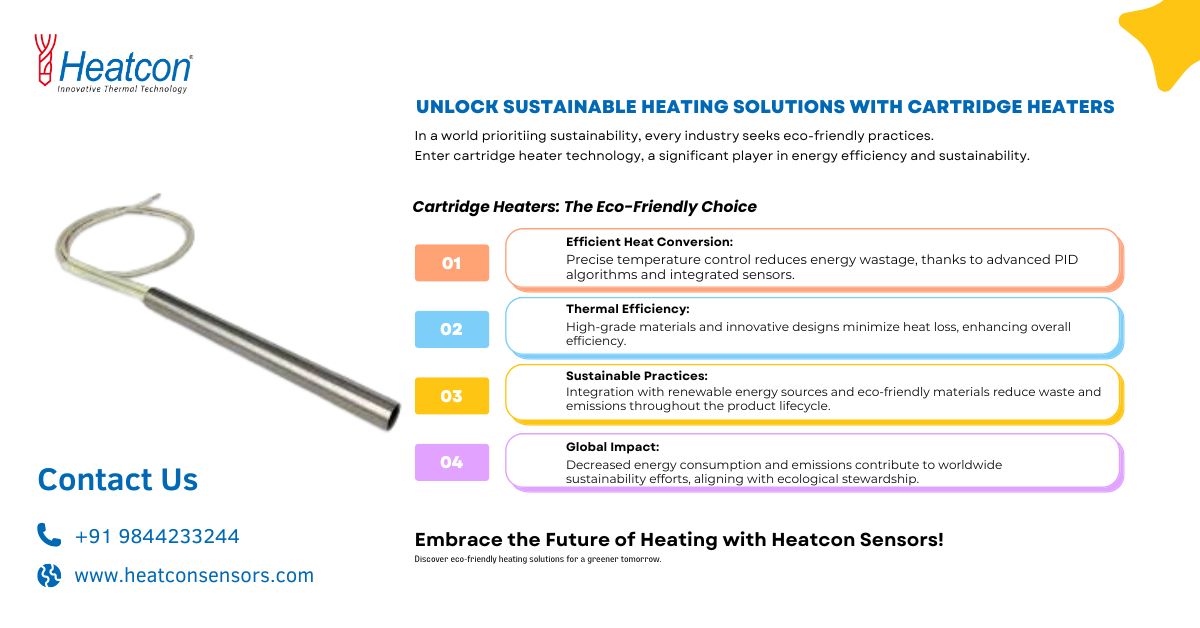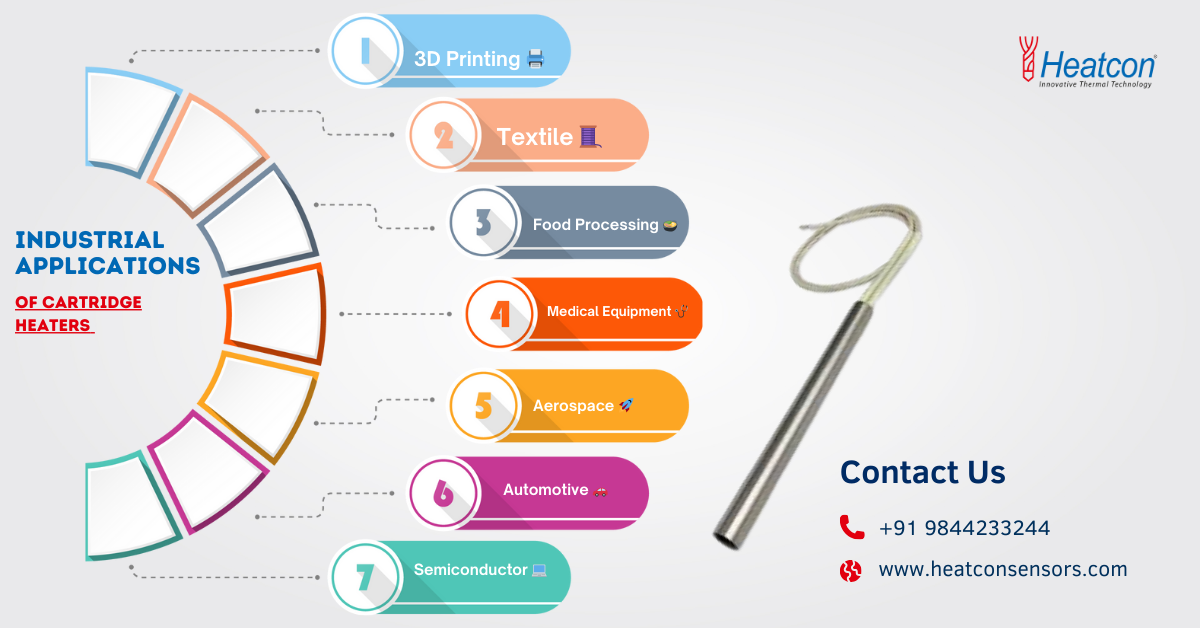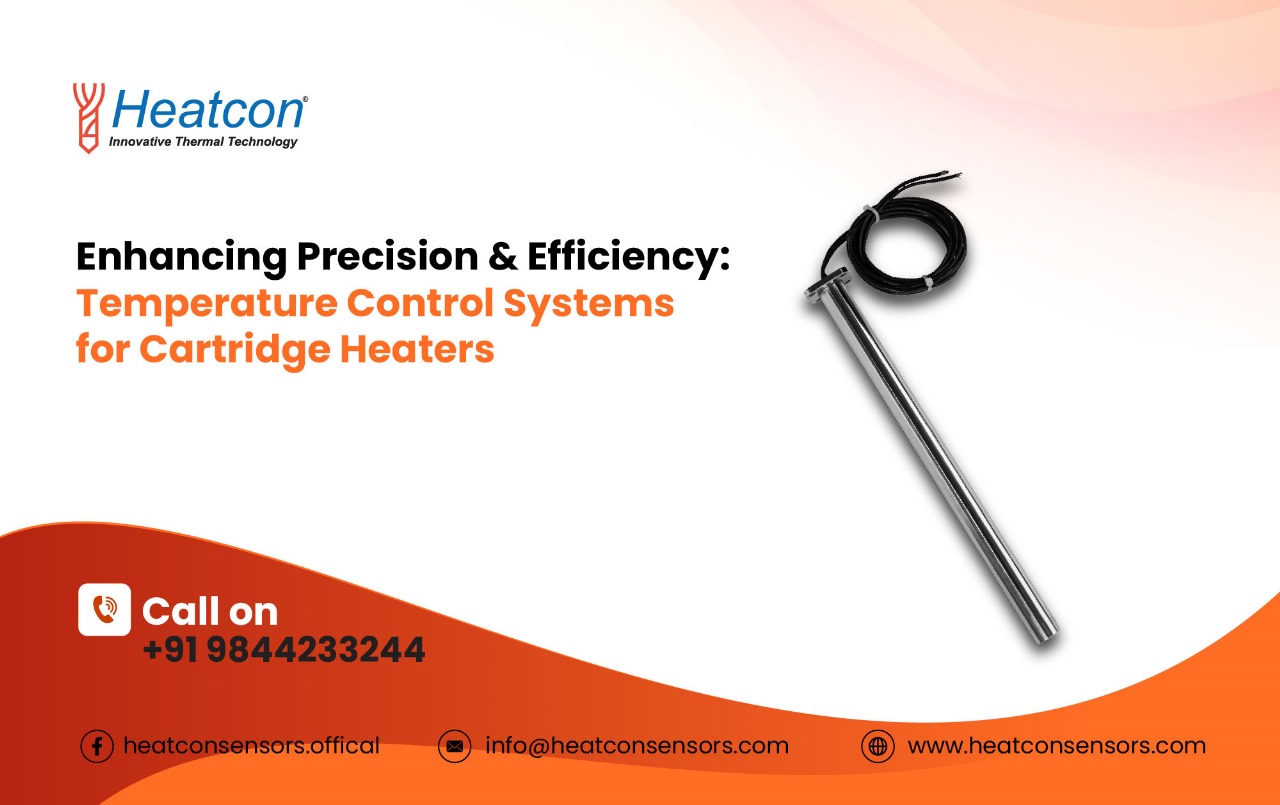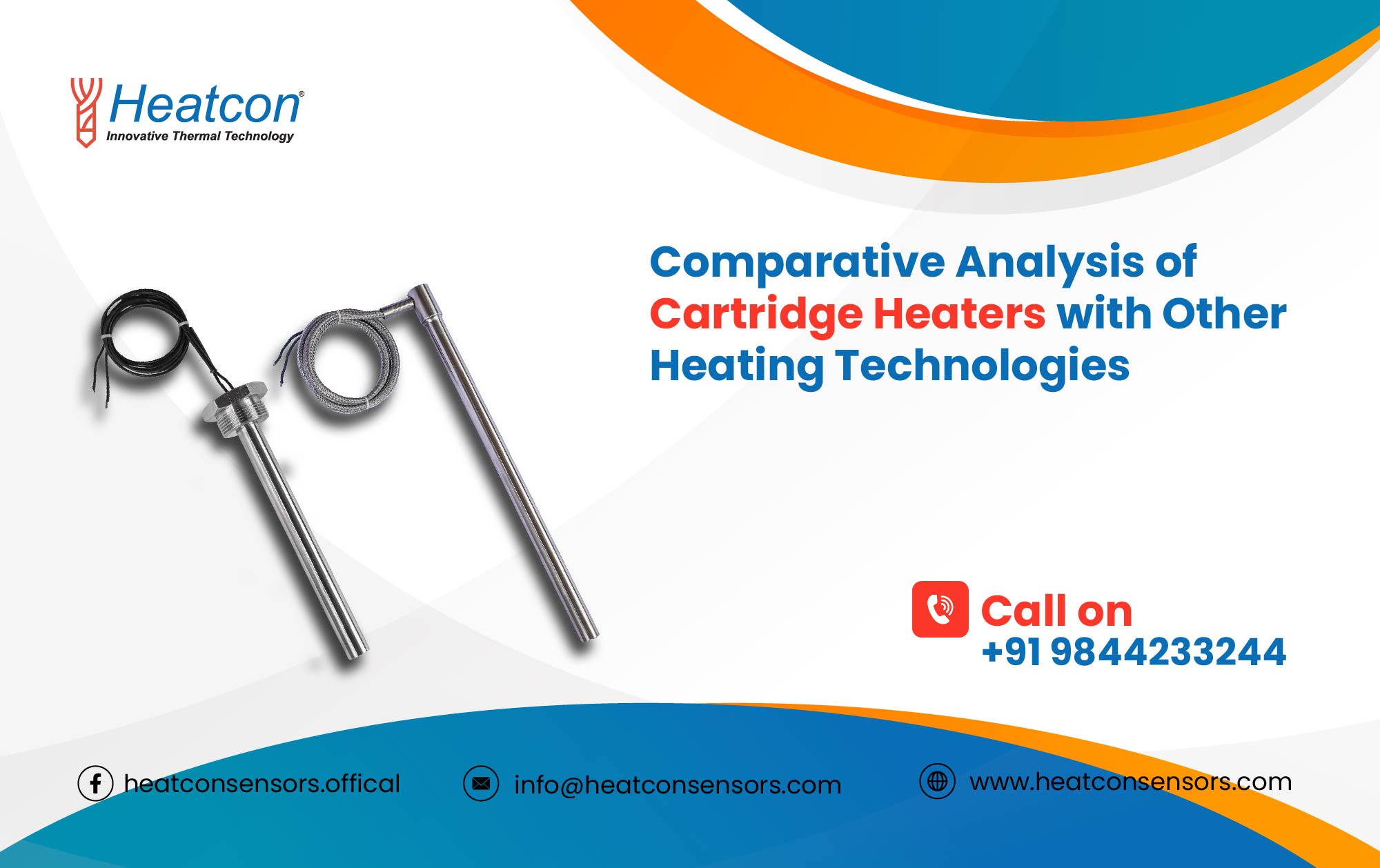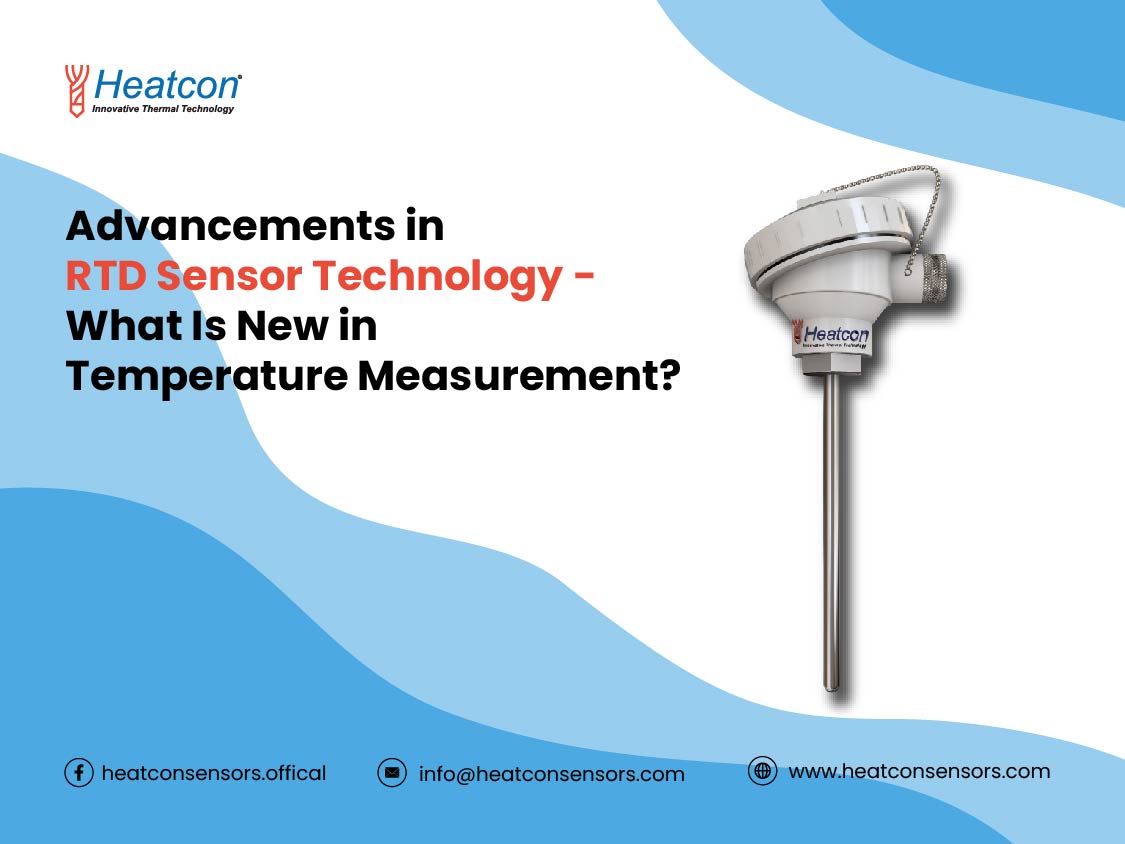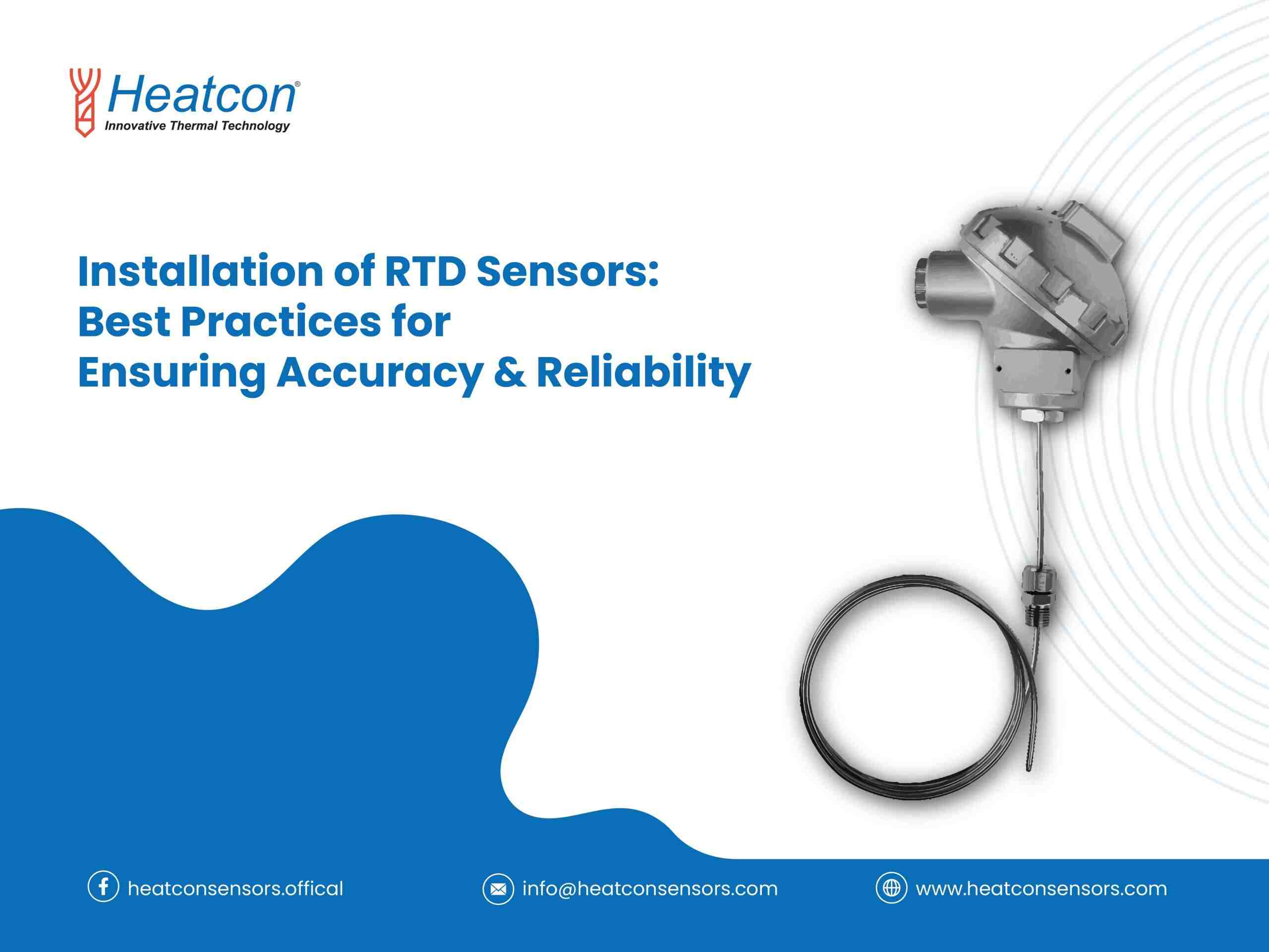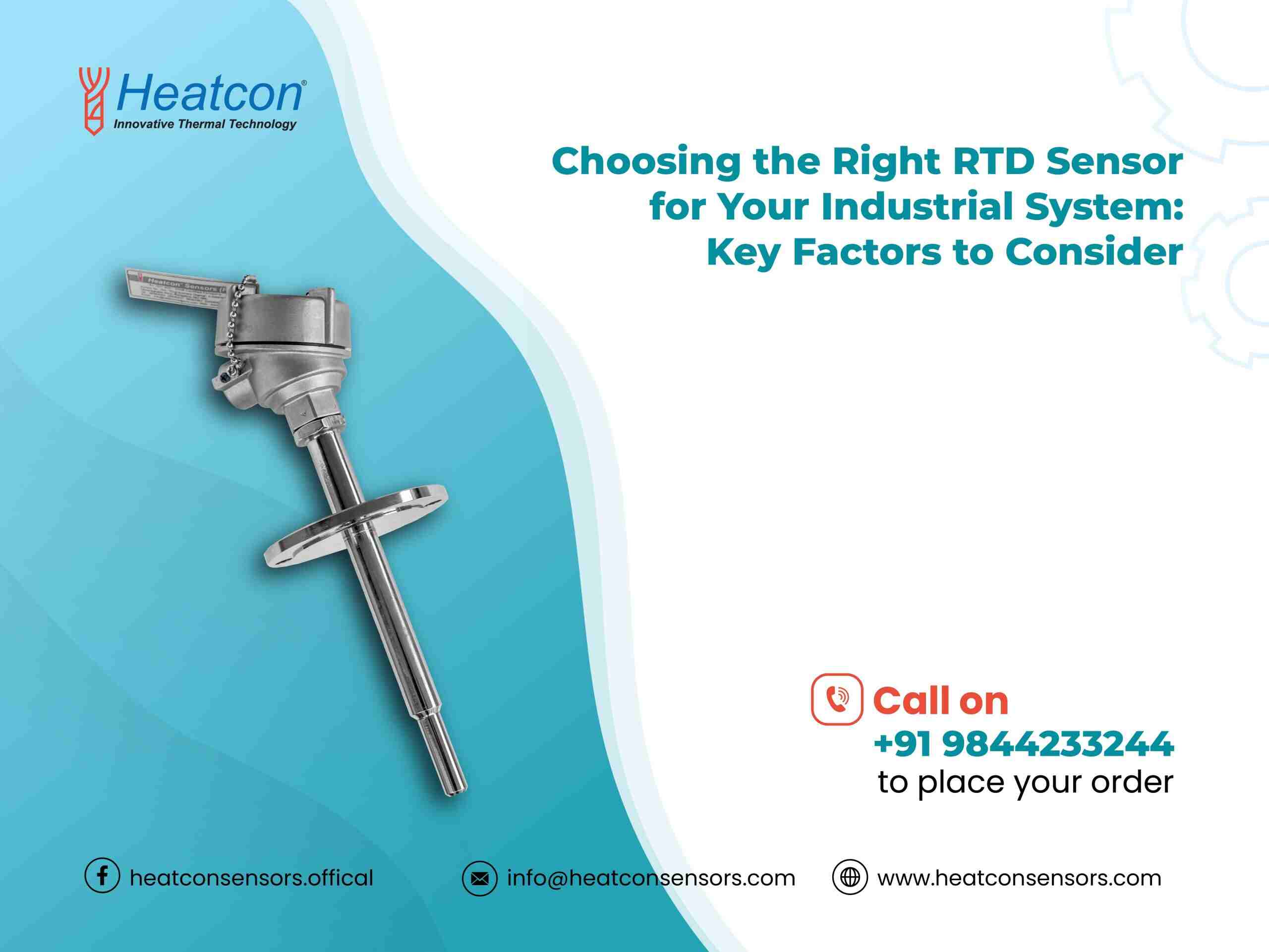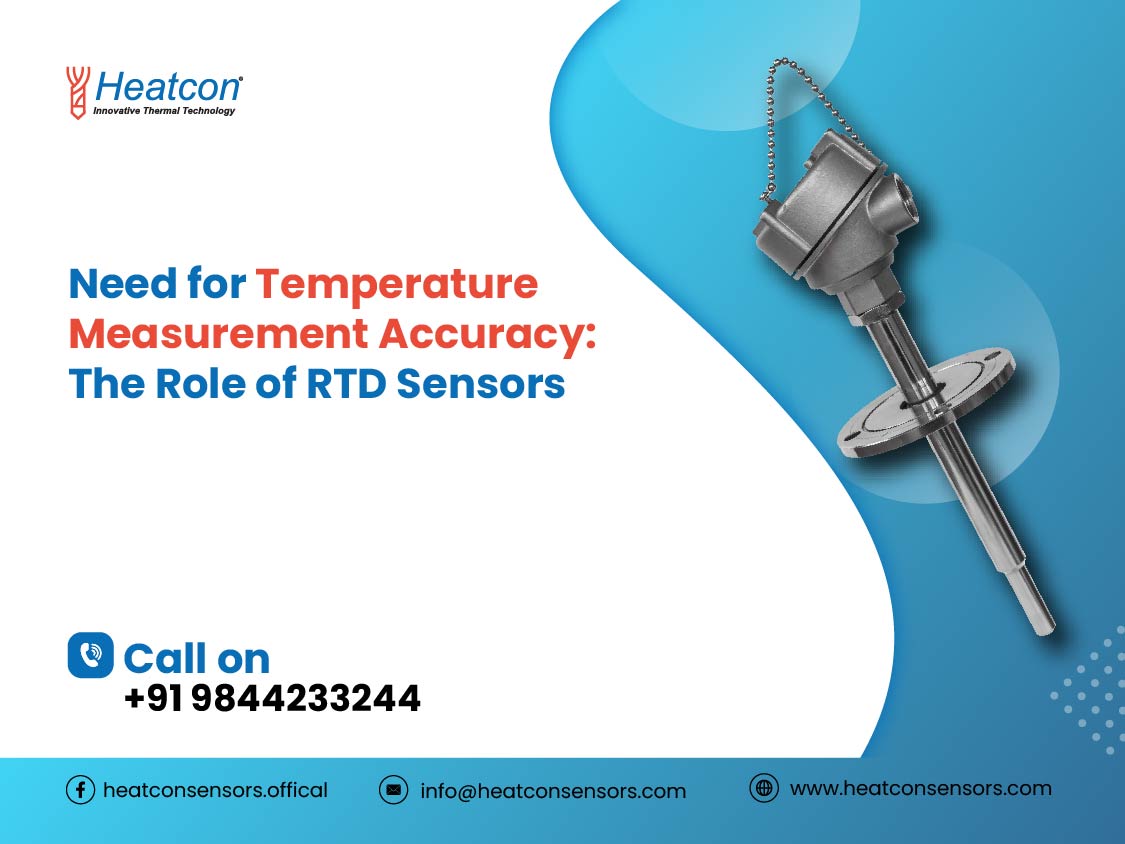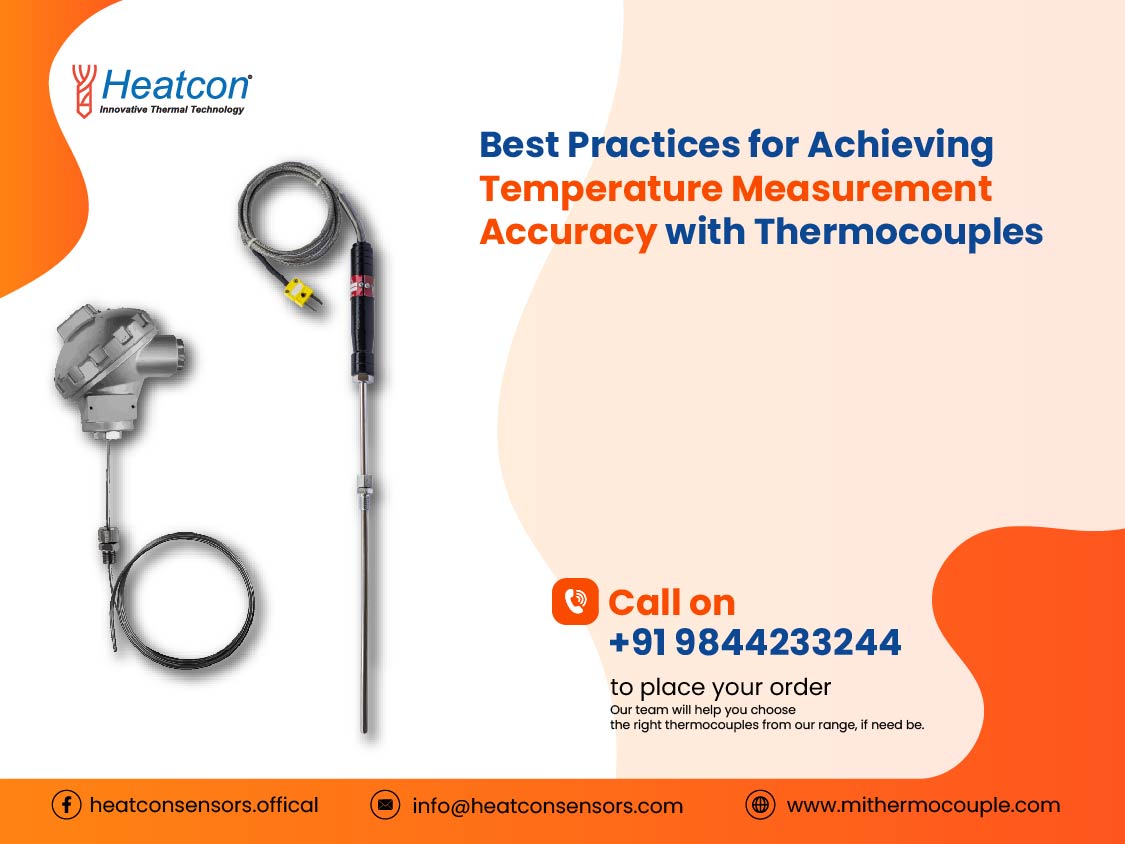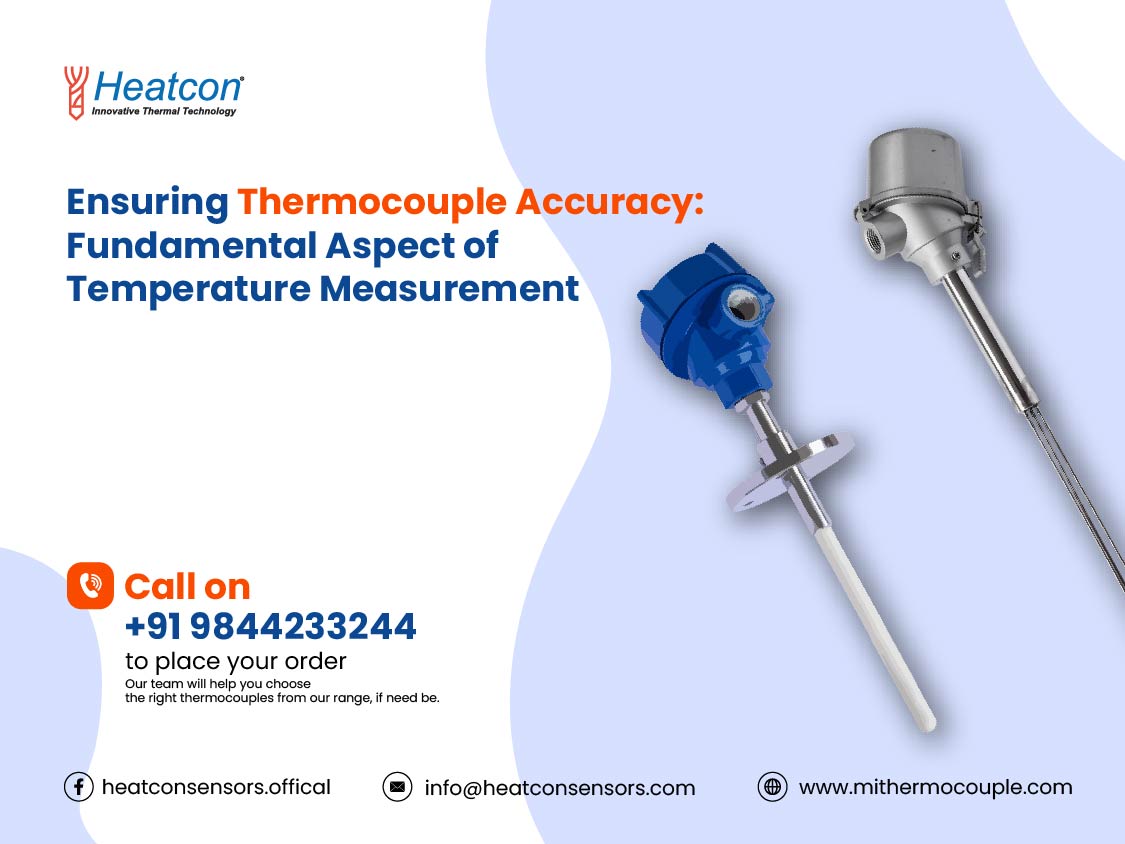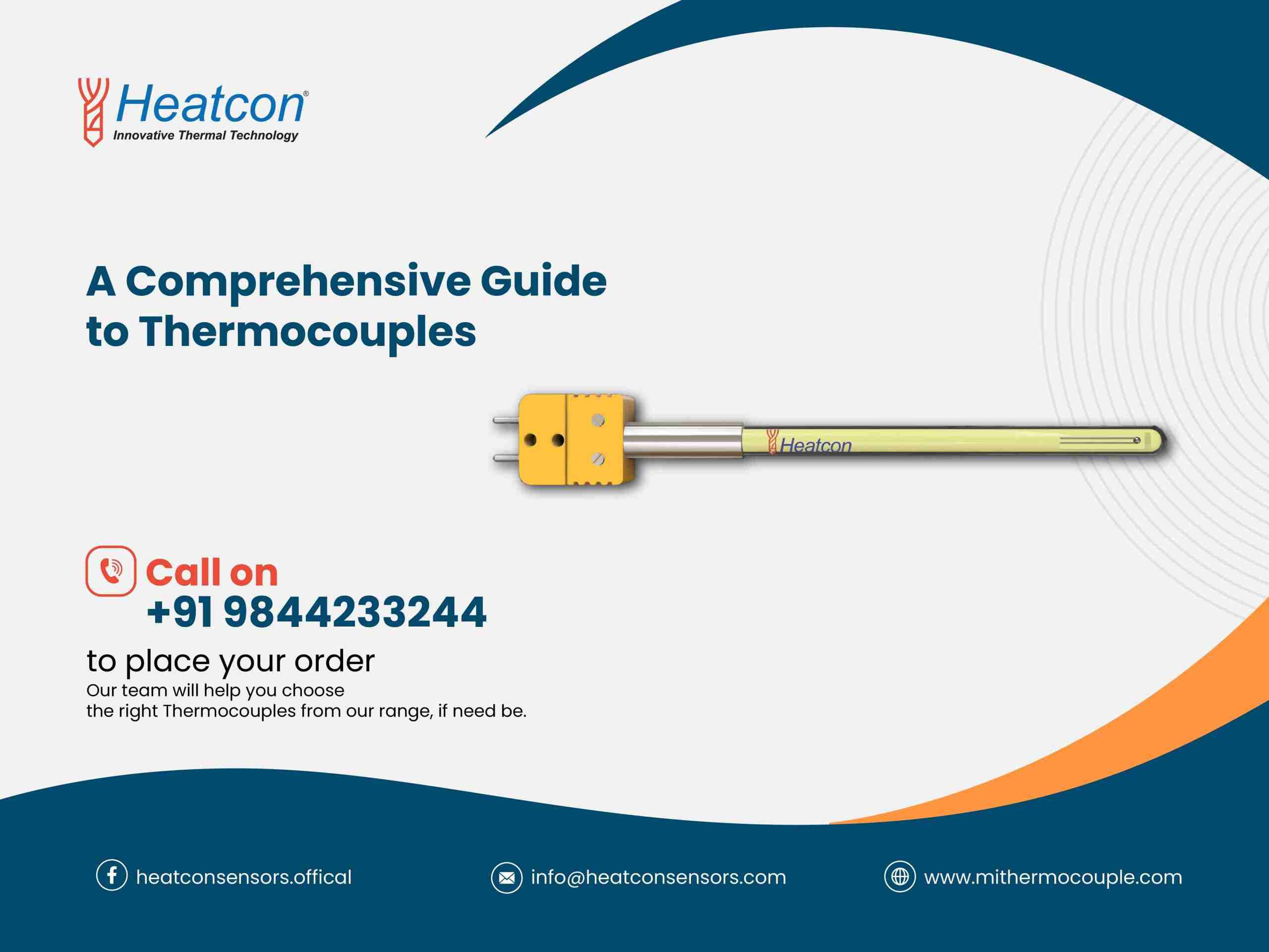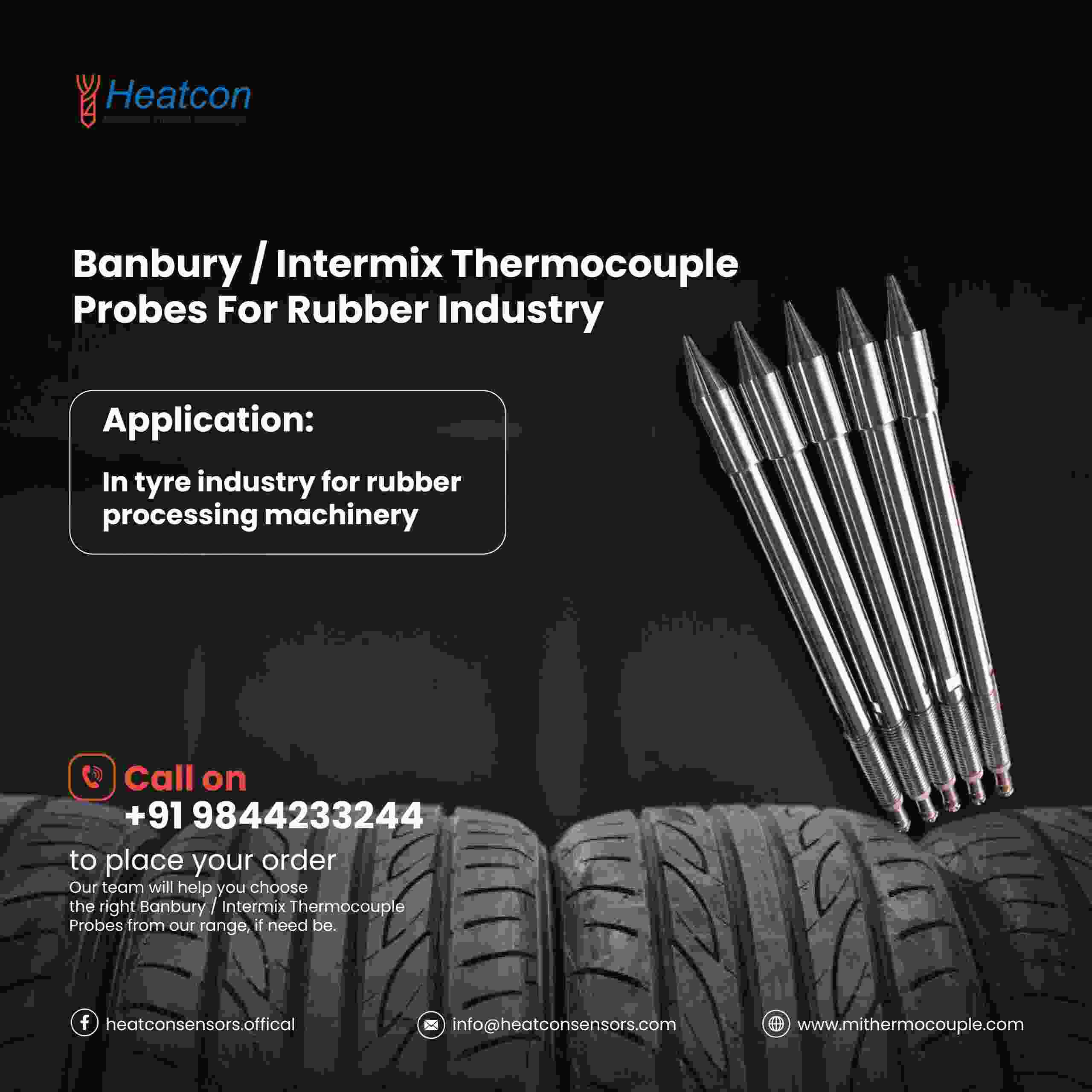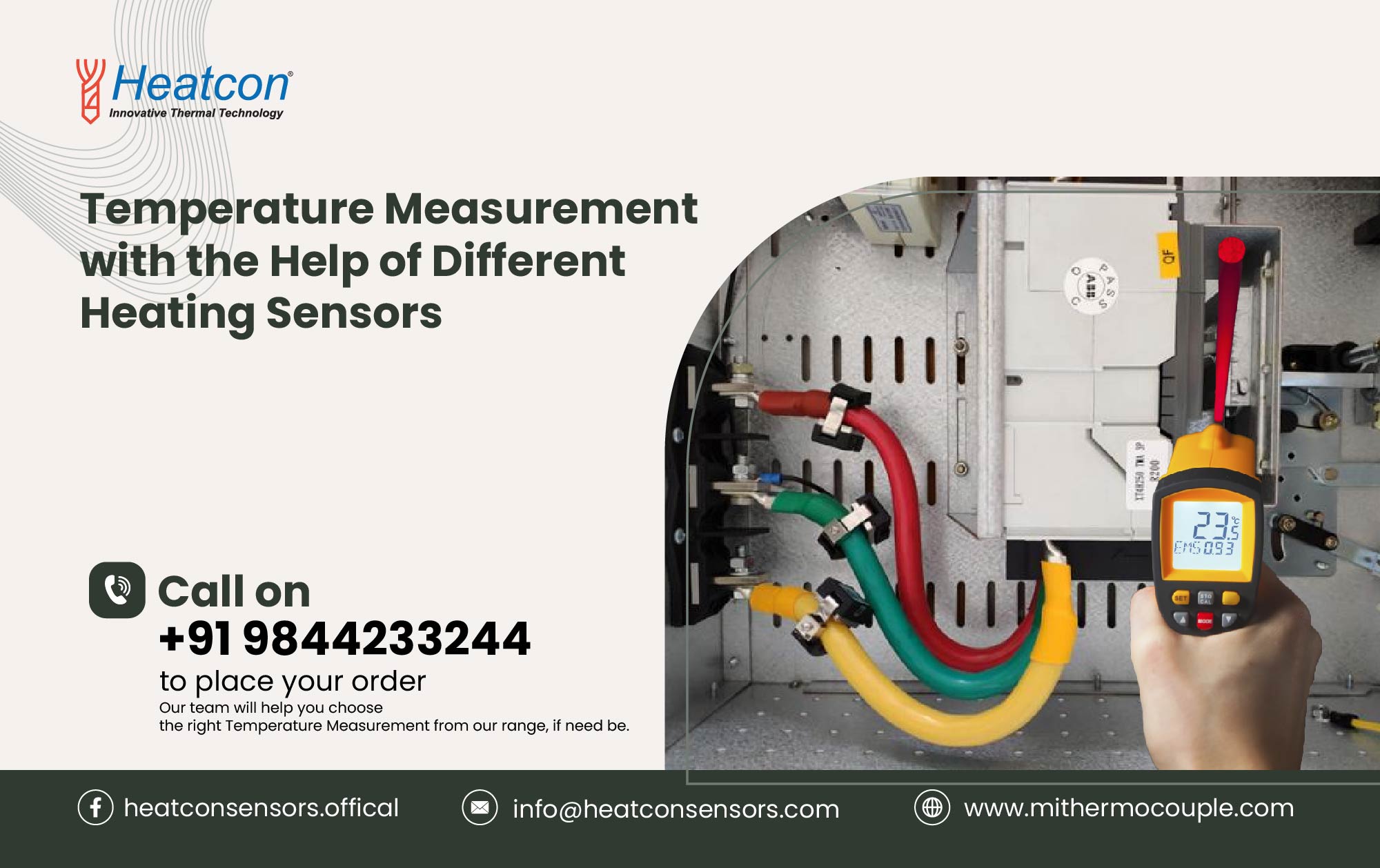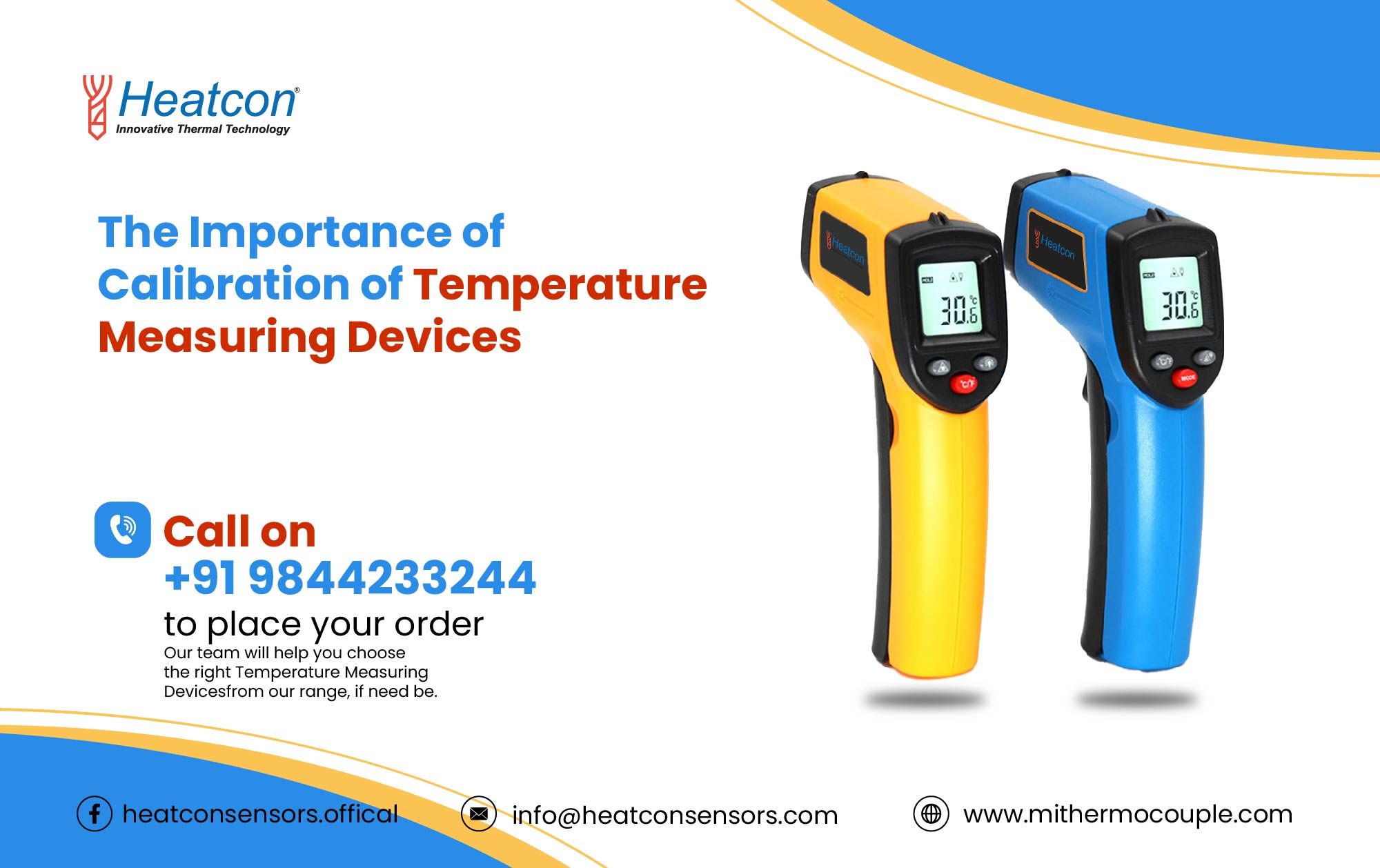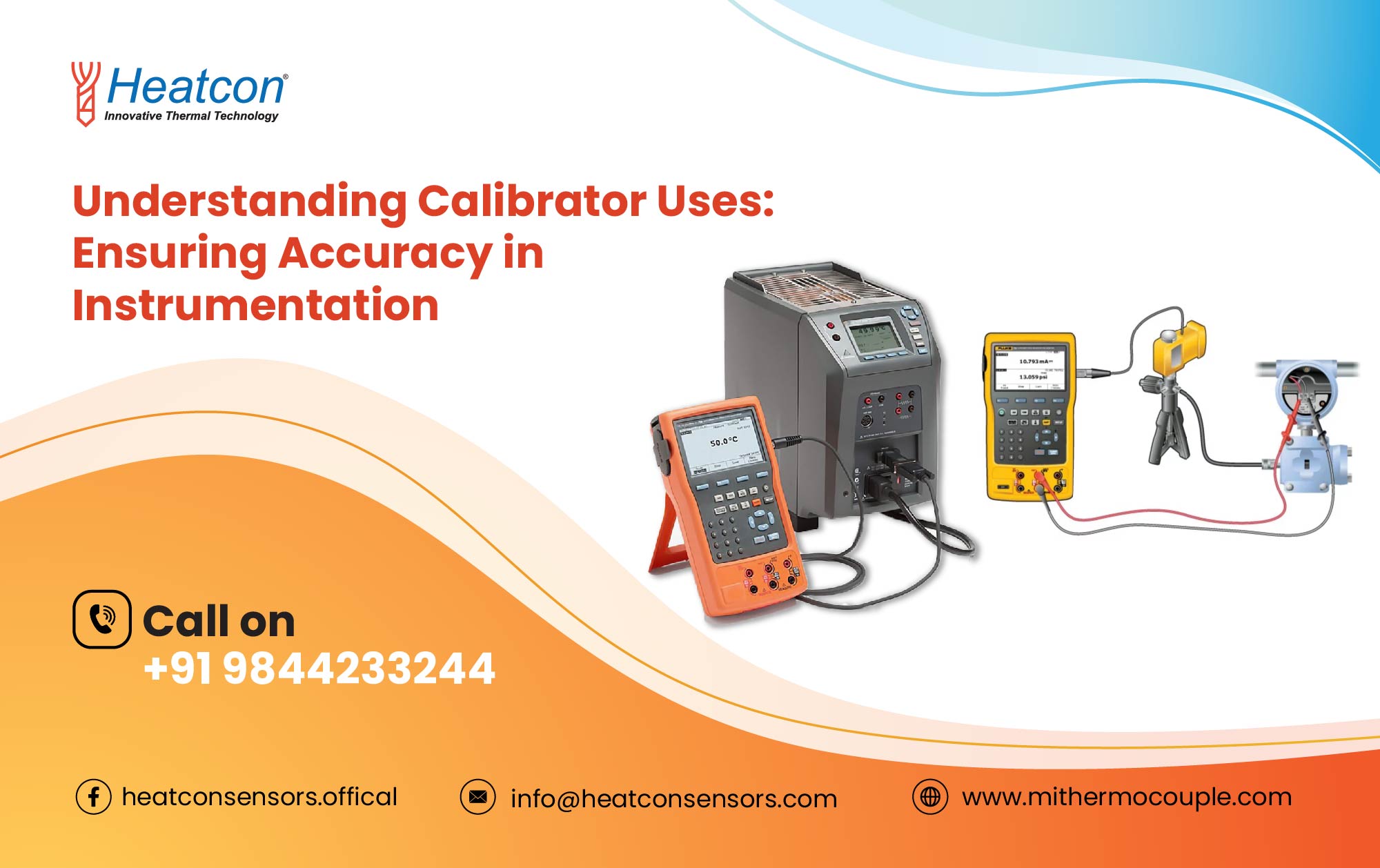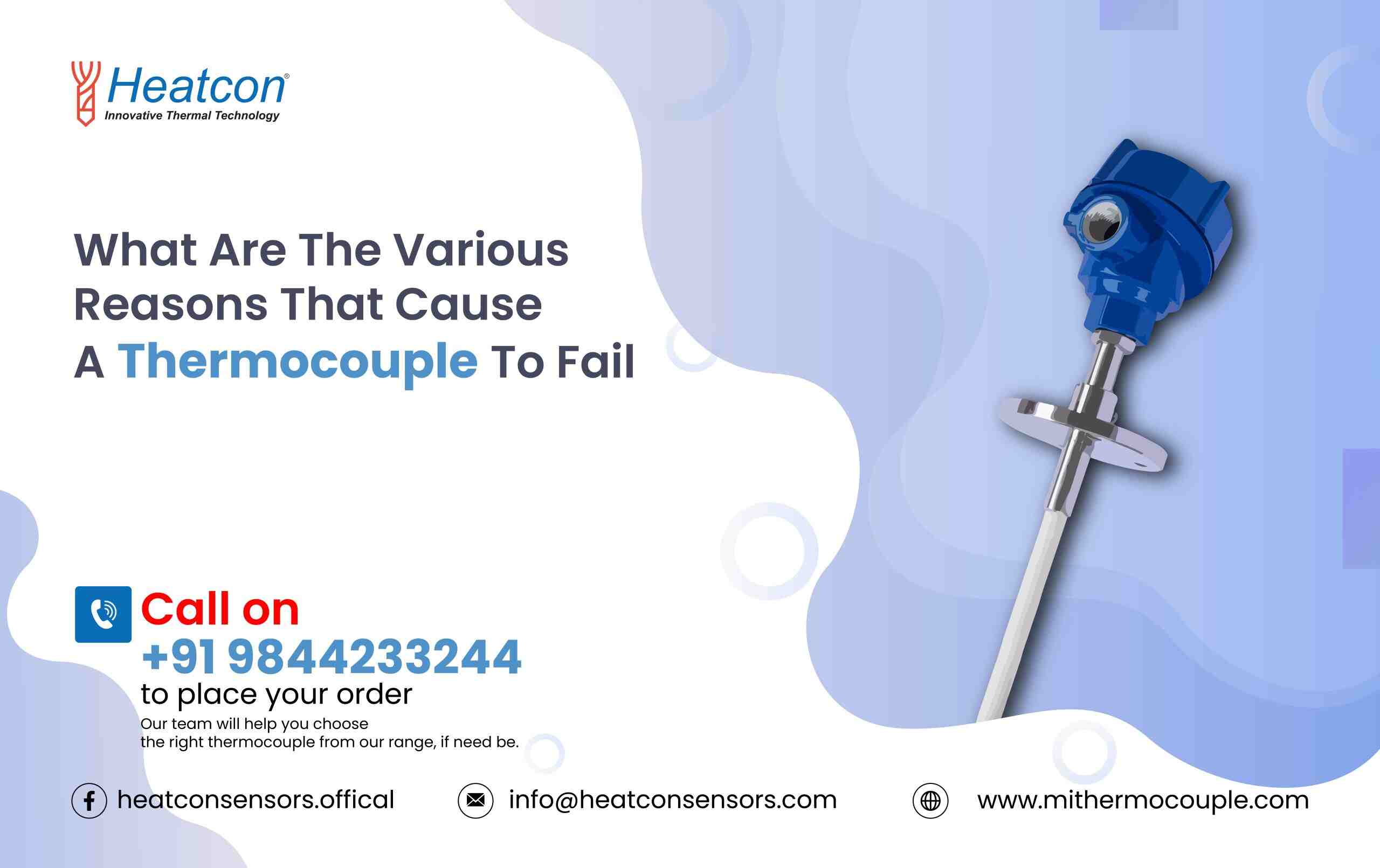Thermocouples are one of the most widely used temperature sensors in industrial and scientific applications. According to industry reports, over 60% of temperature measurement in industrial processes relies on thermocouples due to their robustness, cost-effectiveness, and broad thermocouple range. Manufacturers like Heatcon Sensors specialize in customized thermocouples, RTDs and other temperature sensors to meet precise industrial needs.
Understanding Thermocouples and Their Importance
A thermocouple is a sensor that consists of two dissimilar metal wires joined at one end to measure temperature. The resulting voltage difference between the two wires correlates to temperature readings. The wide thermocouple range makes them suitable for extreme environments, from cryogenic conditions to high-temperature furnaces.Different Thermocouple Types and Their Characteristics
There are various thermocouple types, each suited to different applications:- Type J: The thermocouple j type range is from -210°C to 750°C. It is widely used in the plastic and food processing industries.
- Type K: The k type thermocouple range extends from -200°C to 1260°C, making it ideal for general-purpose use in chemical and automotive industries.
- Type S: The thermocouple s type is known for high-temperature stability and is often used in laboratory and metal industry applications, with a range of 0°C to 1600°C.
Critical Thermocouple Applications
Thermocouples serve in diverse thermocouple applications across multiple industries:- In the aerospace sector for turbine engine monitoring.
- In the manufacturing industry for furnace temperature regulation.
- In healthcare for biomedical device temperature control.
Industrial Uses of Thermocouples
The broad uses of thermocouples include monitoring critical temperature changes in power plants, ensuring quality control in metallurgy, and maintaining optimal operating conditions in petrochemical processing.Understanding Thermocouple Law
To ensure accuracy, thermocouples rely on the fundamental thermocouple law, which governs their operation based on thermoelectric principles. This law ensures precision in temperature measurement and is integral to industries requiring exact thermal data. Heatcon Sensors continues to pioneer the manufacturing of high-quality, customized RTDs and thermocouples to cater to various industrial needs. Their expertise ensures accurate temperature sensing solutions across multiple industries.Thermocouple Range and Types – Applications, Uses, and Temperature Limits
1. What is the thermocouple range?
The thermocouple range refers to the temperature limits that a specific thermocouple can measure. Different types of thermocouples have varied temperature ranges, depending on the materials used in their construction.
2. What are the different thermocouple types?
There are various thermocouple types used for different industrial and scientific applications. Common types include J, K, T, E, N, S, R, and B, each with unique properties suited for specific environments.
3. What are common thermocouple applications?
Thermocouple applications span across multiple industries, including manufacturing, aerospace, healthcare, and power generation. They are used for temperature monitoring in furnaces, engines, and food processing plants.
4. What is the thermocouple j type range?
The thermocouple j type range extends from -210°C to 750°C. This type is commonly used in vacuum environments and industrial processing due to its high accuracy.
5. What is the k type thermocouple range?
The k type thermocouple range covers temperatures from -200°C to 1260°C. It is widely used in general-purpose industrial applications due to its durability and cost-effectiveness.
6. What is the thermocouple s type?
The thermocouple s type is a high-temperature thermocouple with a range of 0°C to 1600°C. It is commonly used in high-precision applications, such as metallurgy and research laboratories.
7. What are the main uses of thermocouples?
The uses of thermocouples include temperature measurement in industrial furnaces, gas turbines, kilns, and medical devices. Their ability to withstand extreme conditions makes them highly reliable.
8. What is the thermocouple law?
The thermocouple law describes the principles governing thermocouple operation. It includes concepts such as the Law of Intermediate Metals, the Law of Homogeneous Circuits, and the Law of Successive Temperatures, which ensure accurate temperature measurements.
9. Solutions Offered by Heatcon Sensors
Heatcon Sensors is a leading manufacturer of customized RTDs and thermocouples designed for industrial applications. We offer precision-engineered solutions to meet specific temperature measurement requirements across multiple sectors.
– Custom-built thermocouples for unique applications.
– High-accuracy RTDs for laboratory and industrial use.
– Thermocouple assemblies tailored to extreme environments.
– Advanced solutions for automation and process control.
– Custom-built thermocouples for unique applications.
– High-accuracy RTDs for laboratory and industrial use.
– Thermocouple assemblies tailored to extreme environments.
– Advanced solutions for automation and process control.
10. Final Thoughts
For reliable temperature measurement solutions, trust Heatcon Sensors to deliver innovative and high-performance thermocouples for your industry needs.

